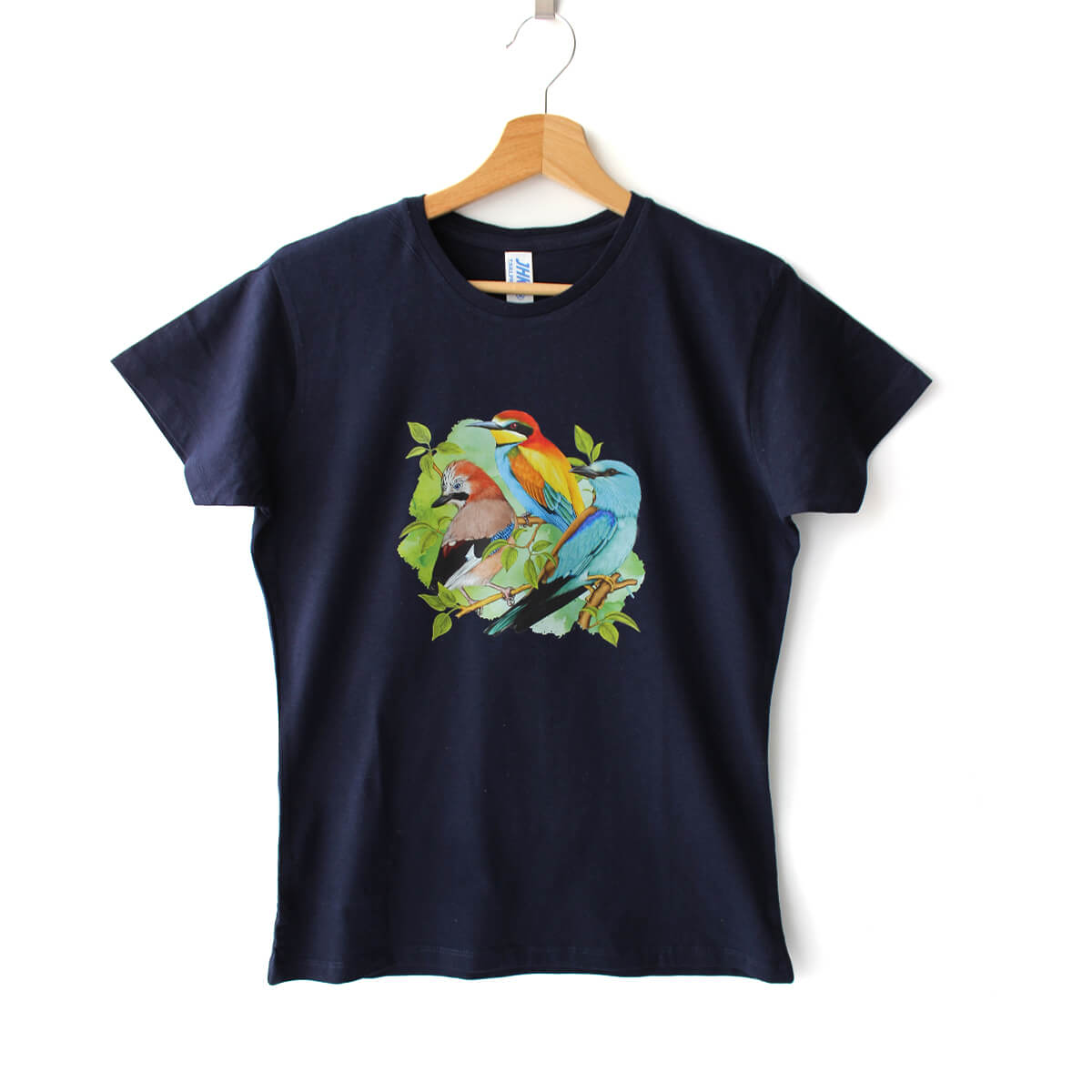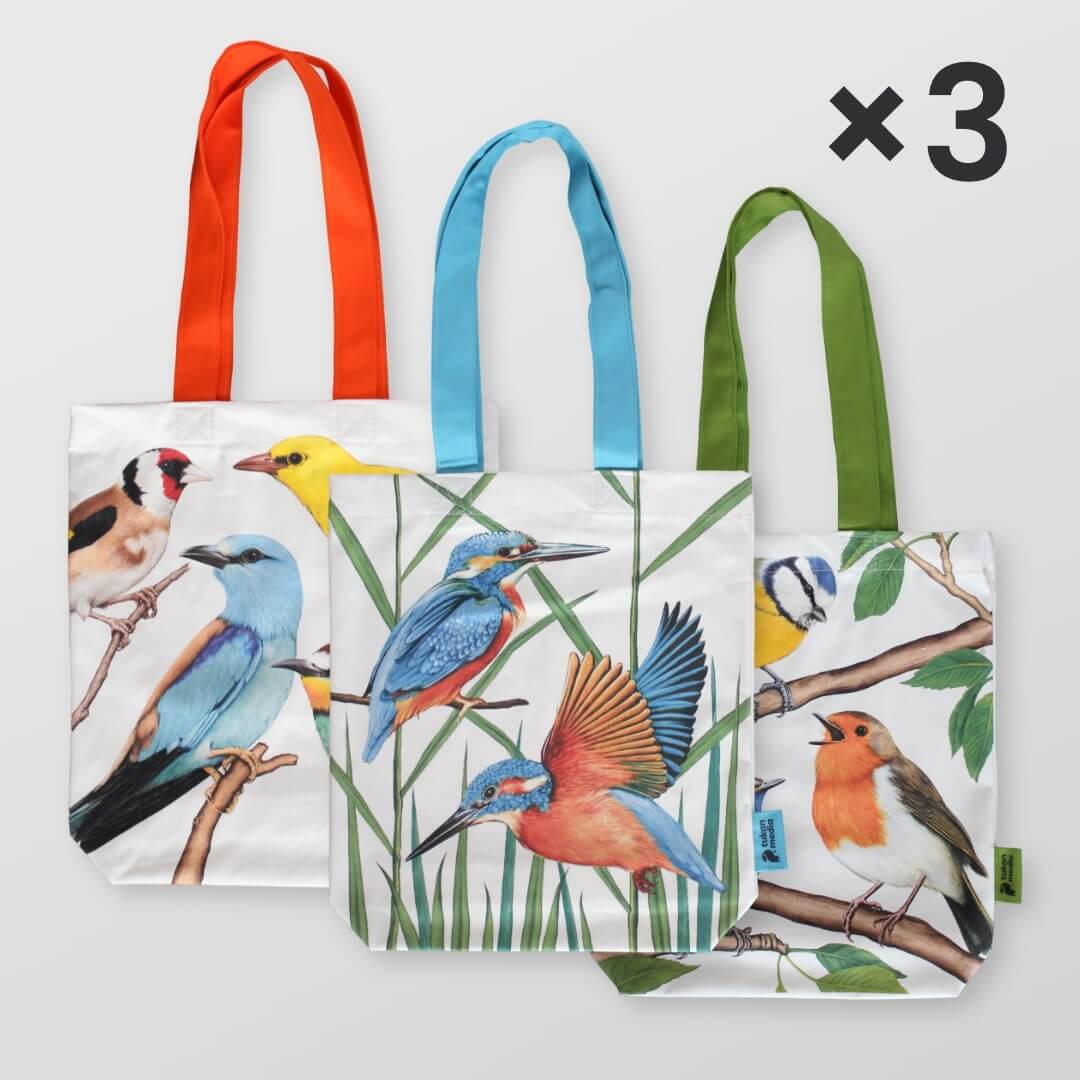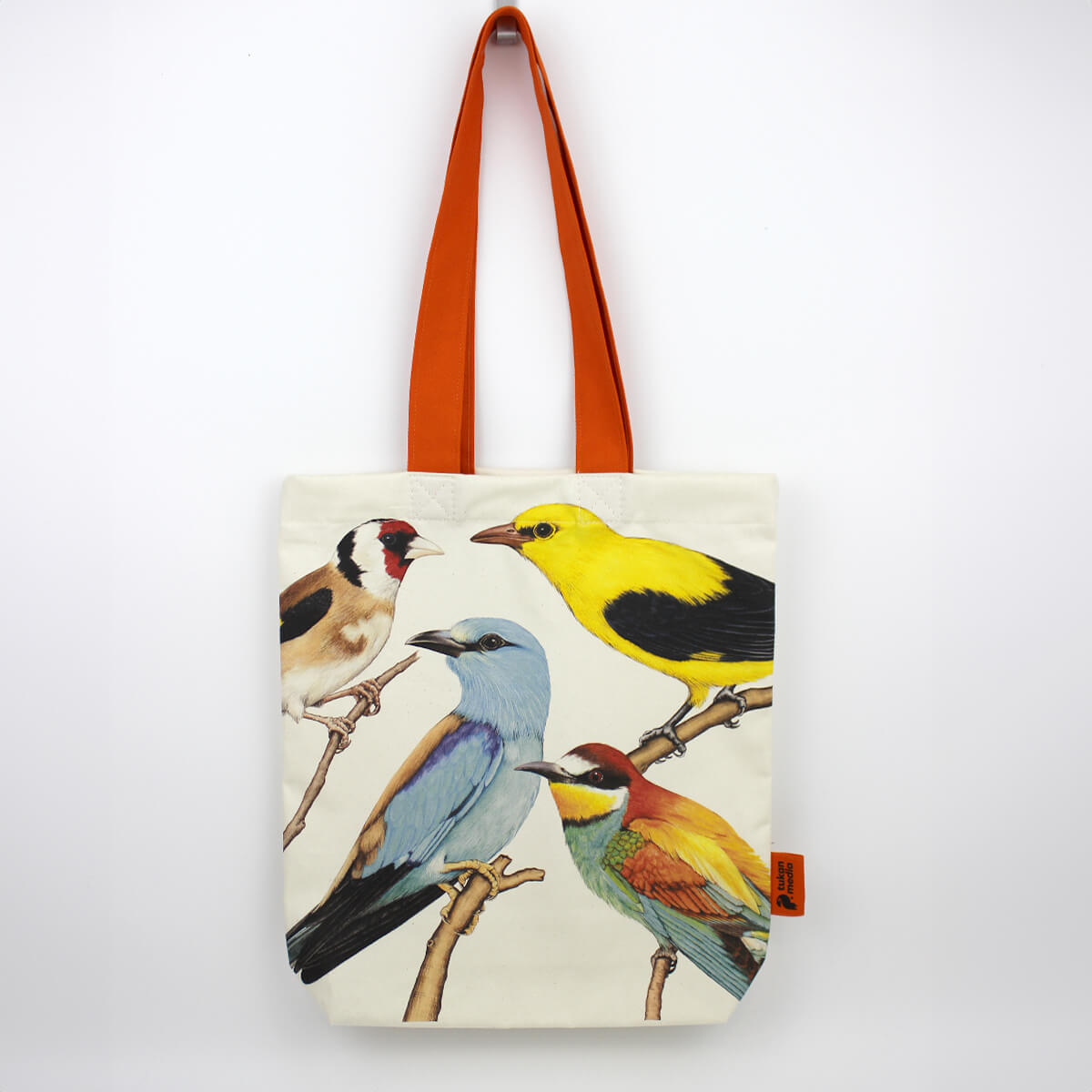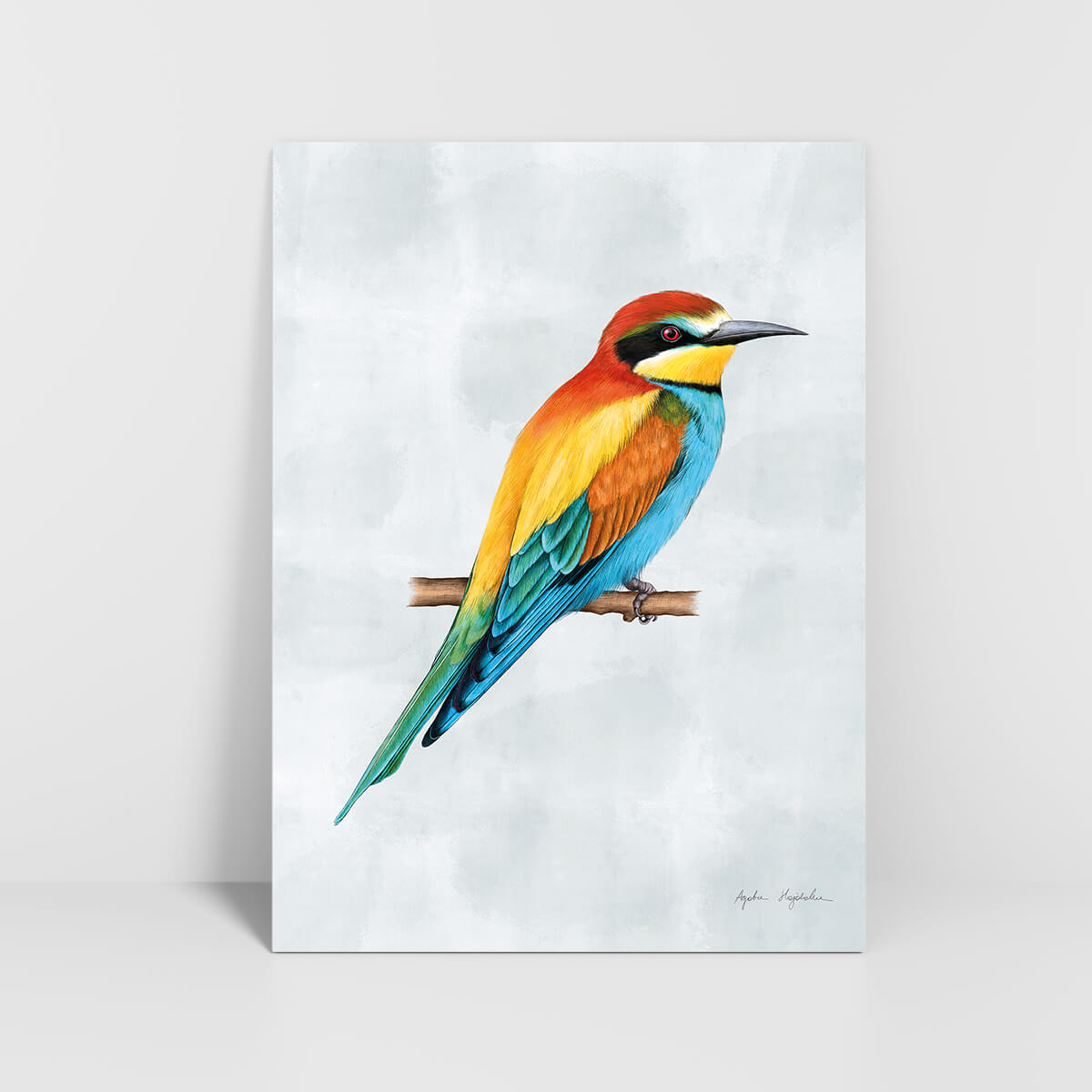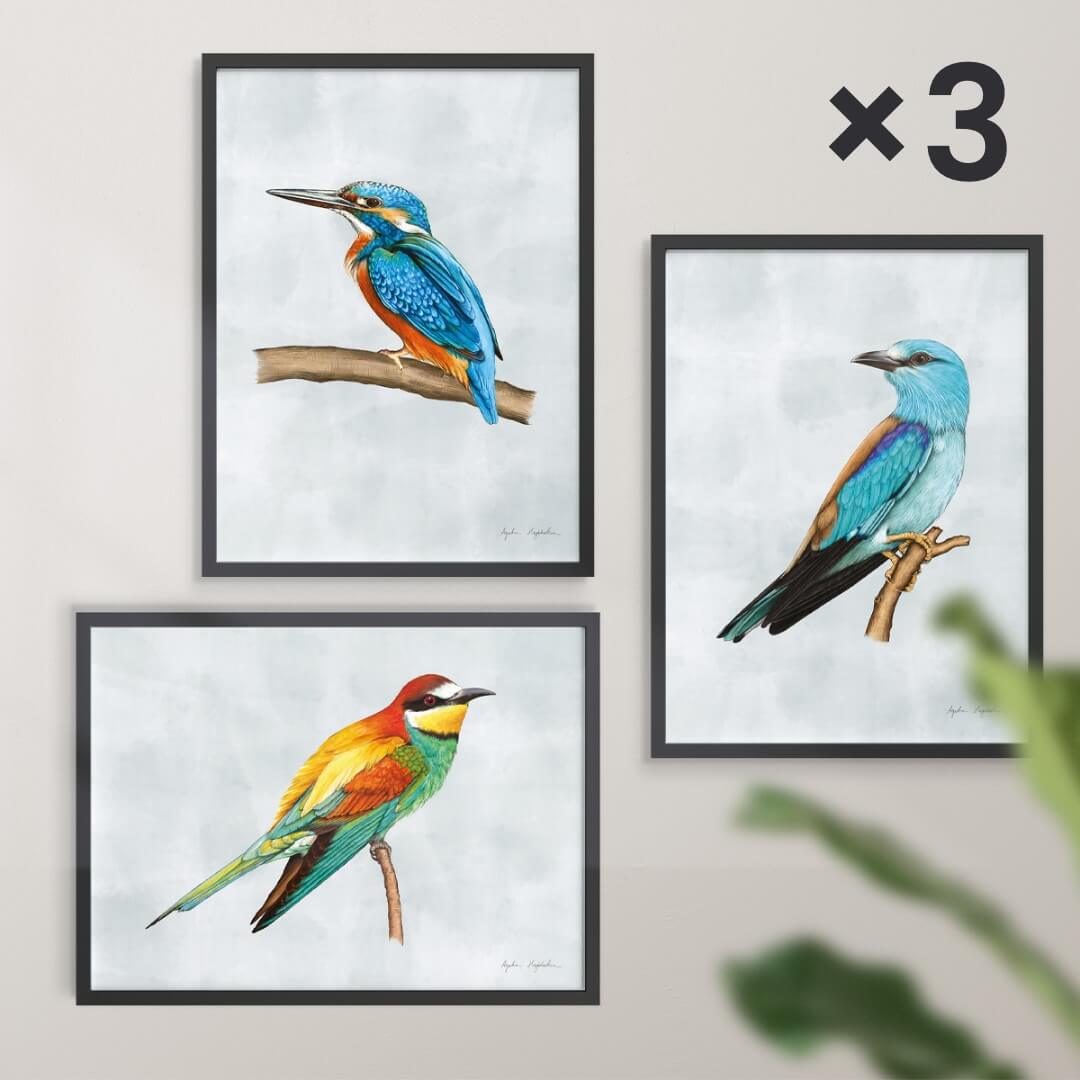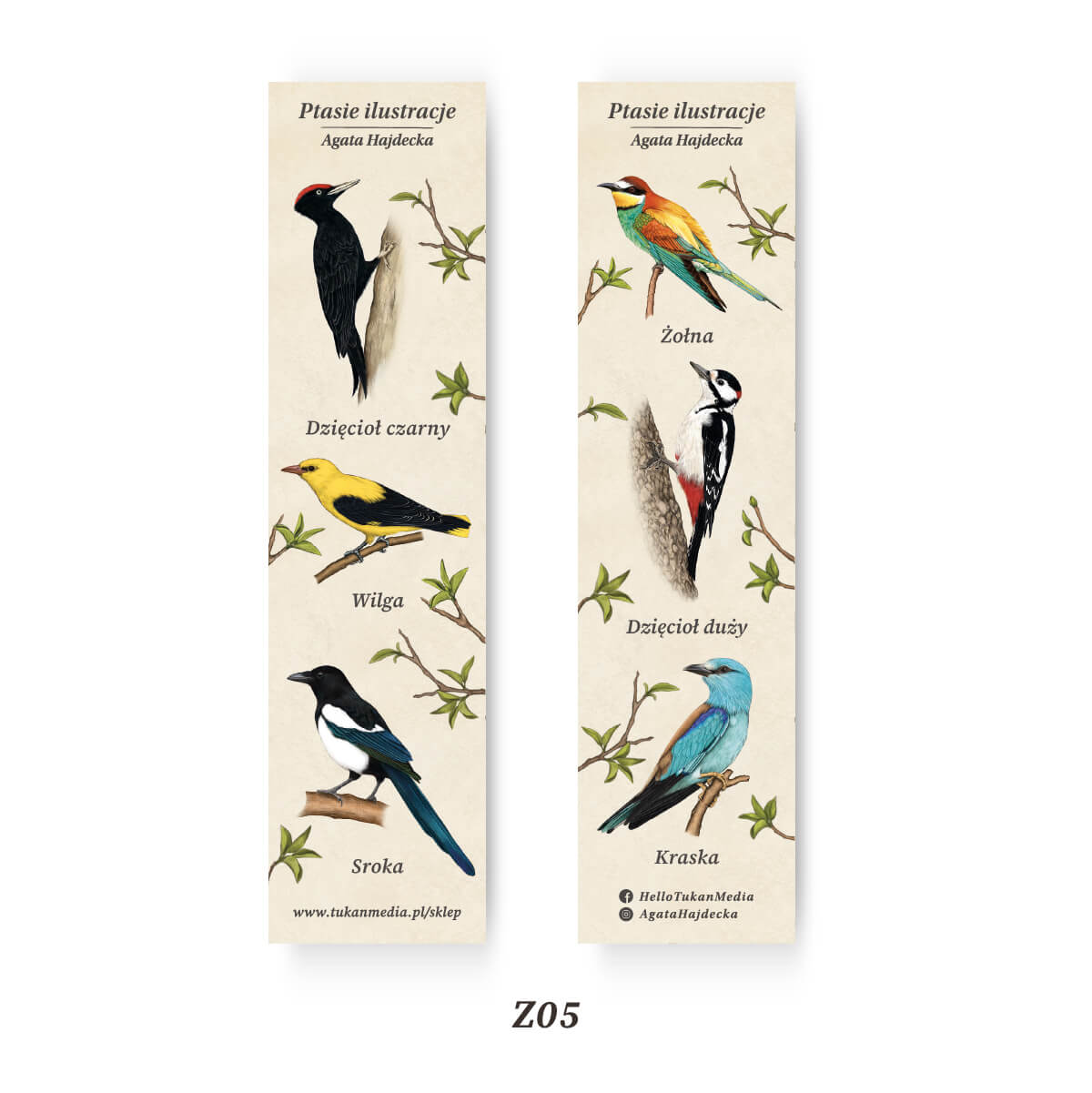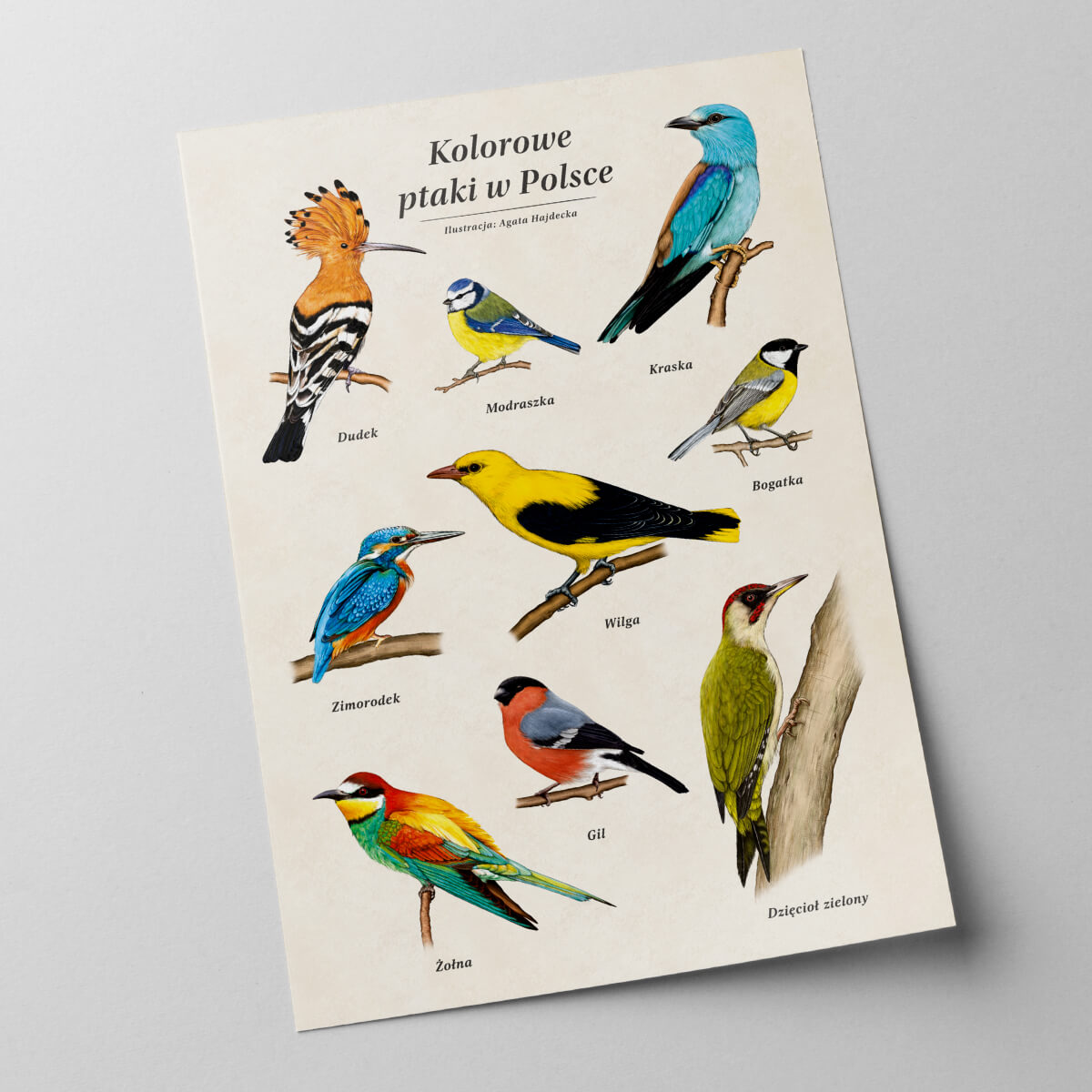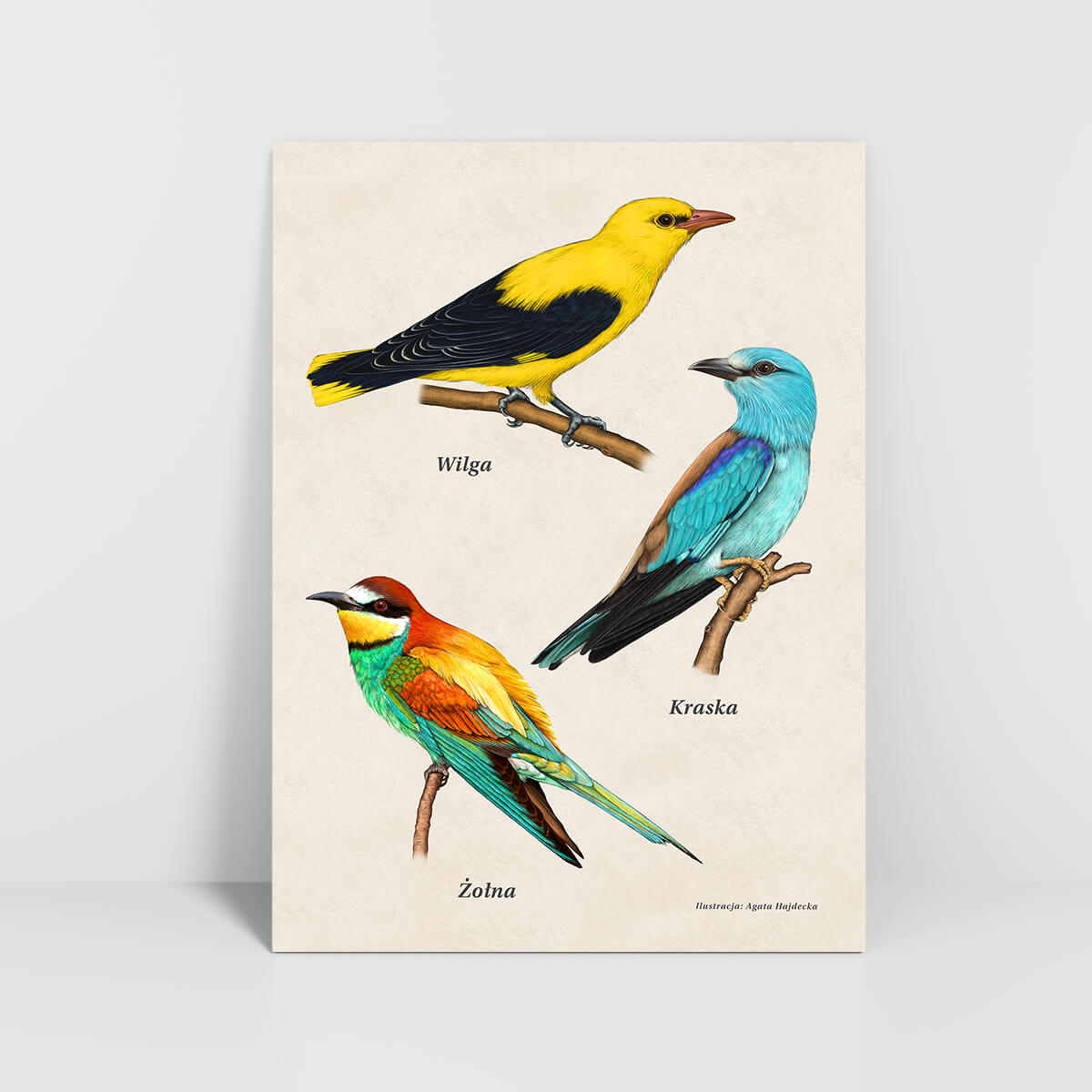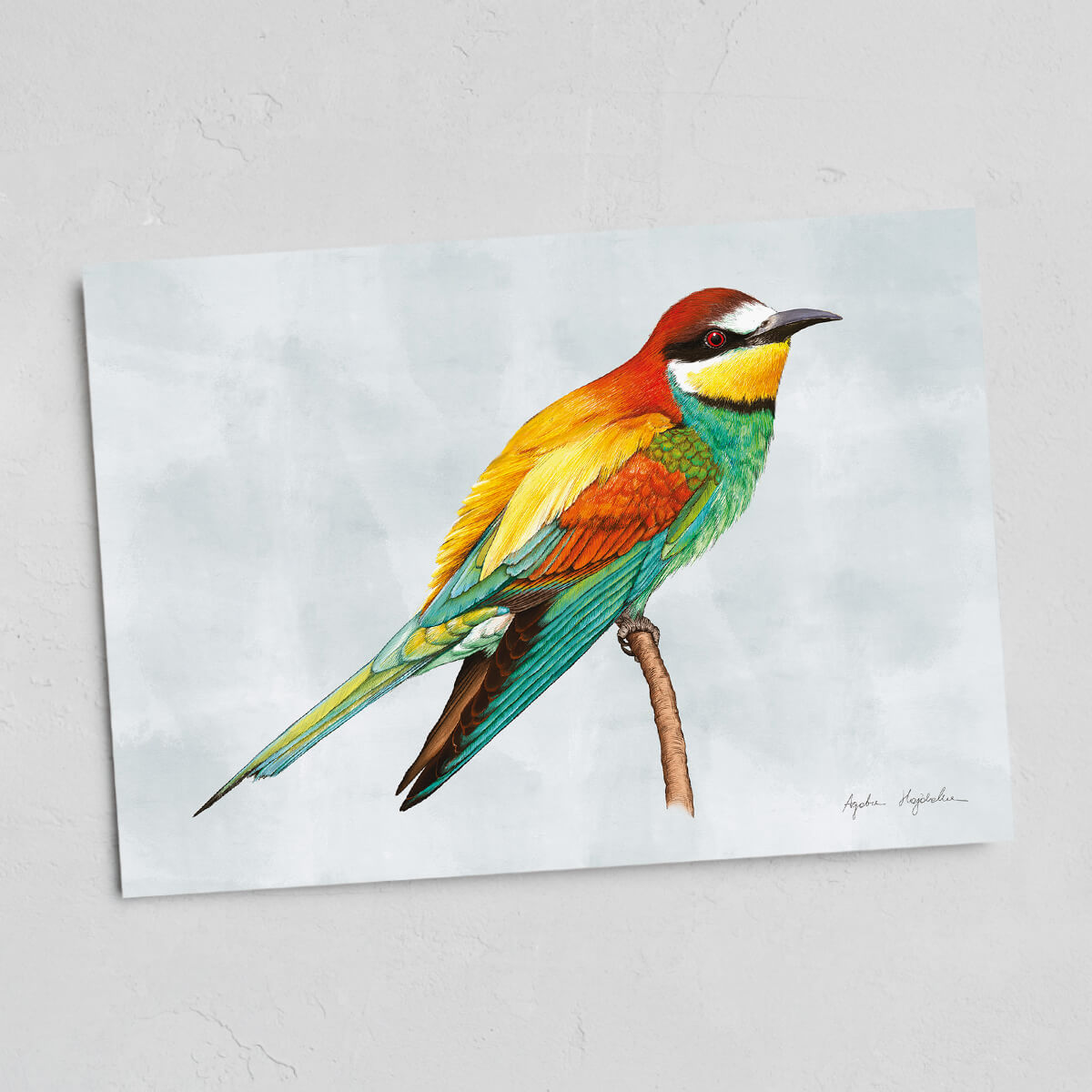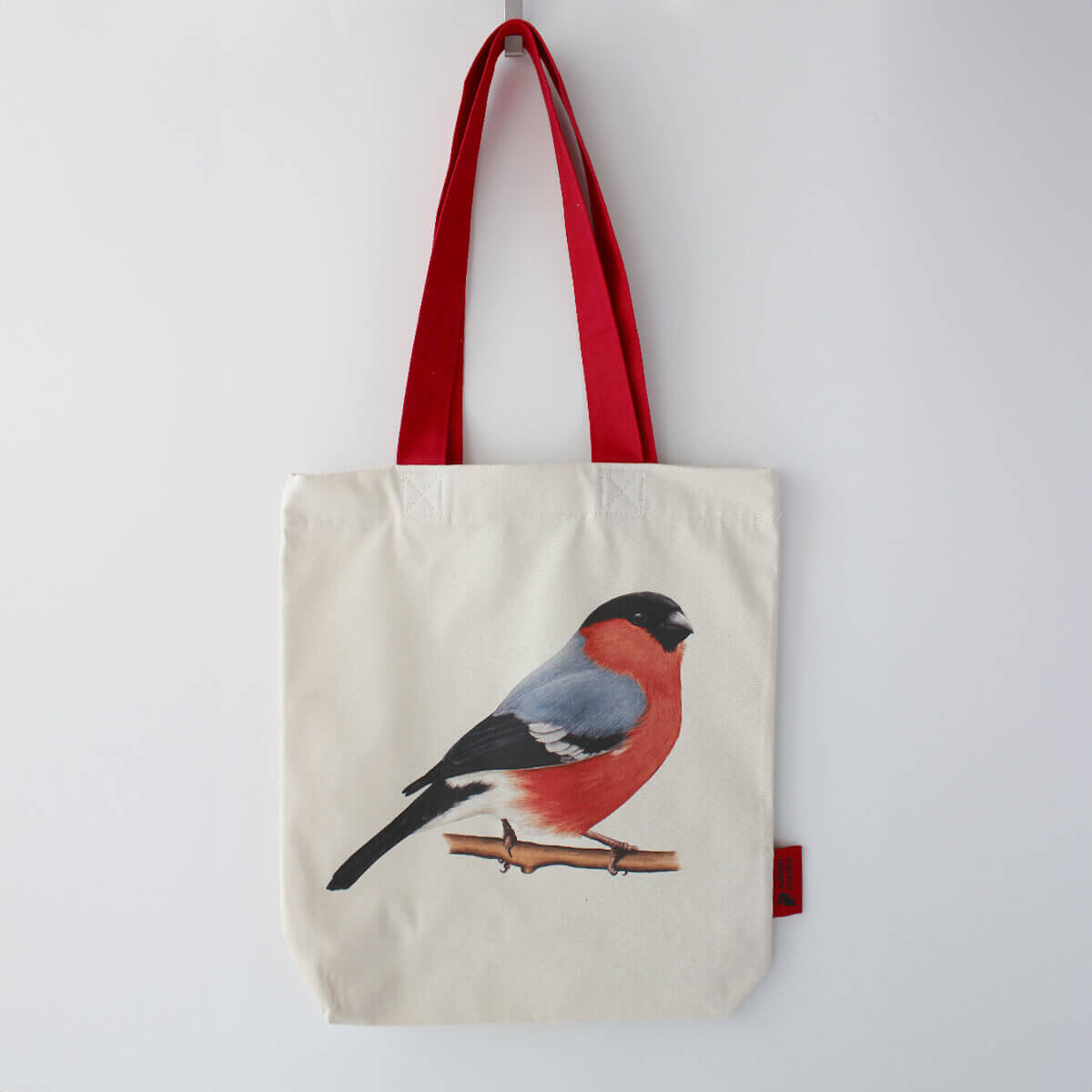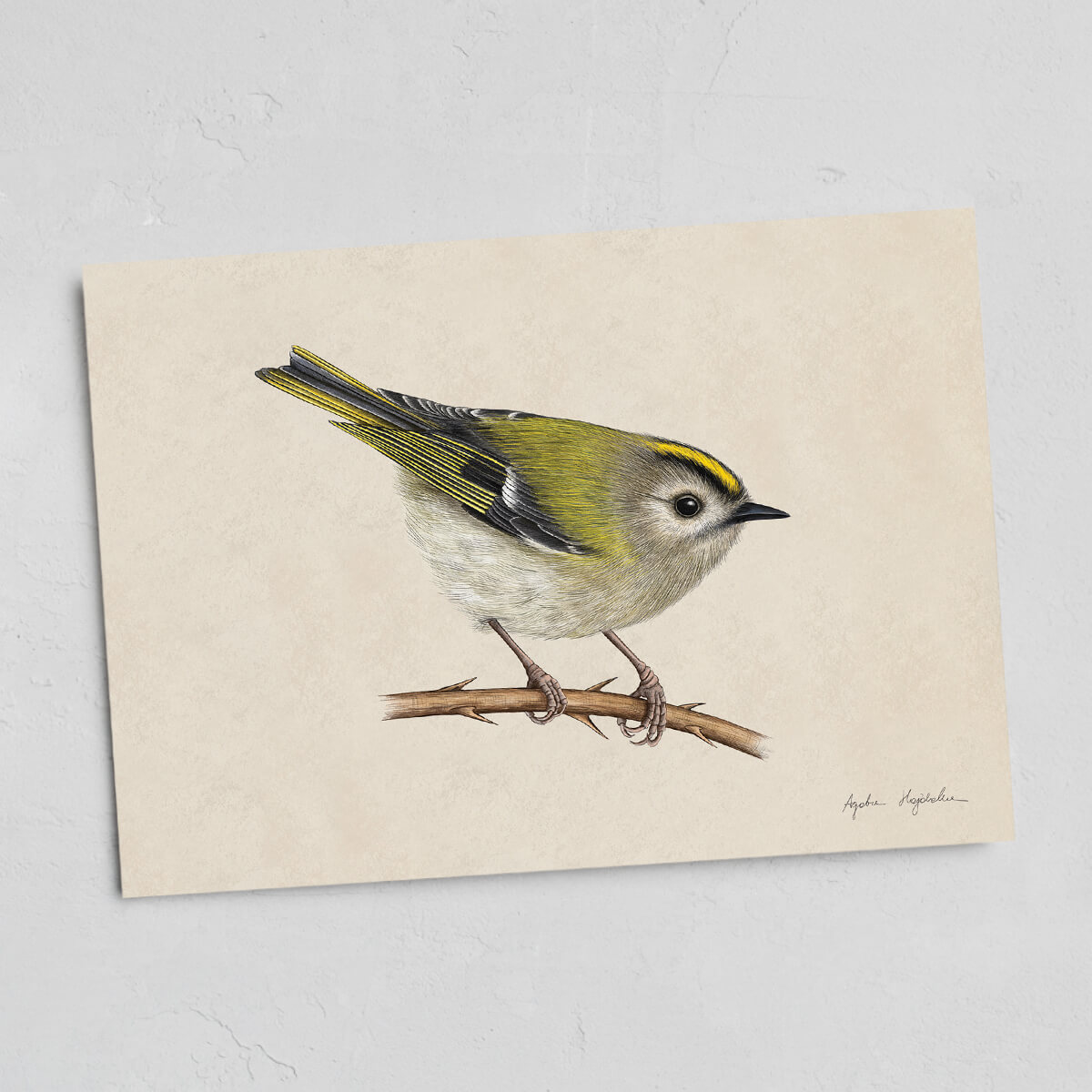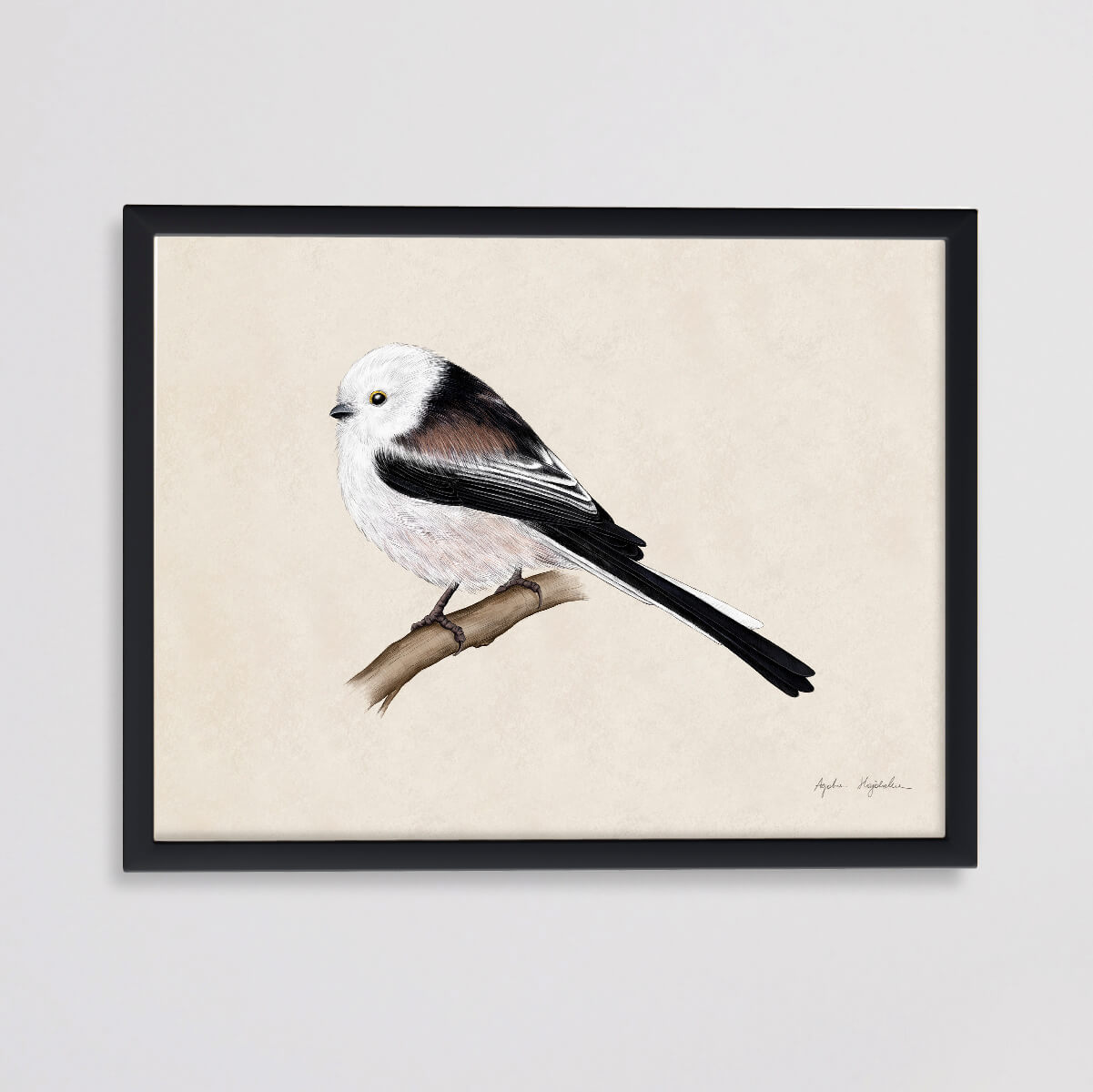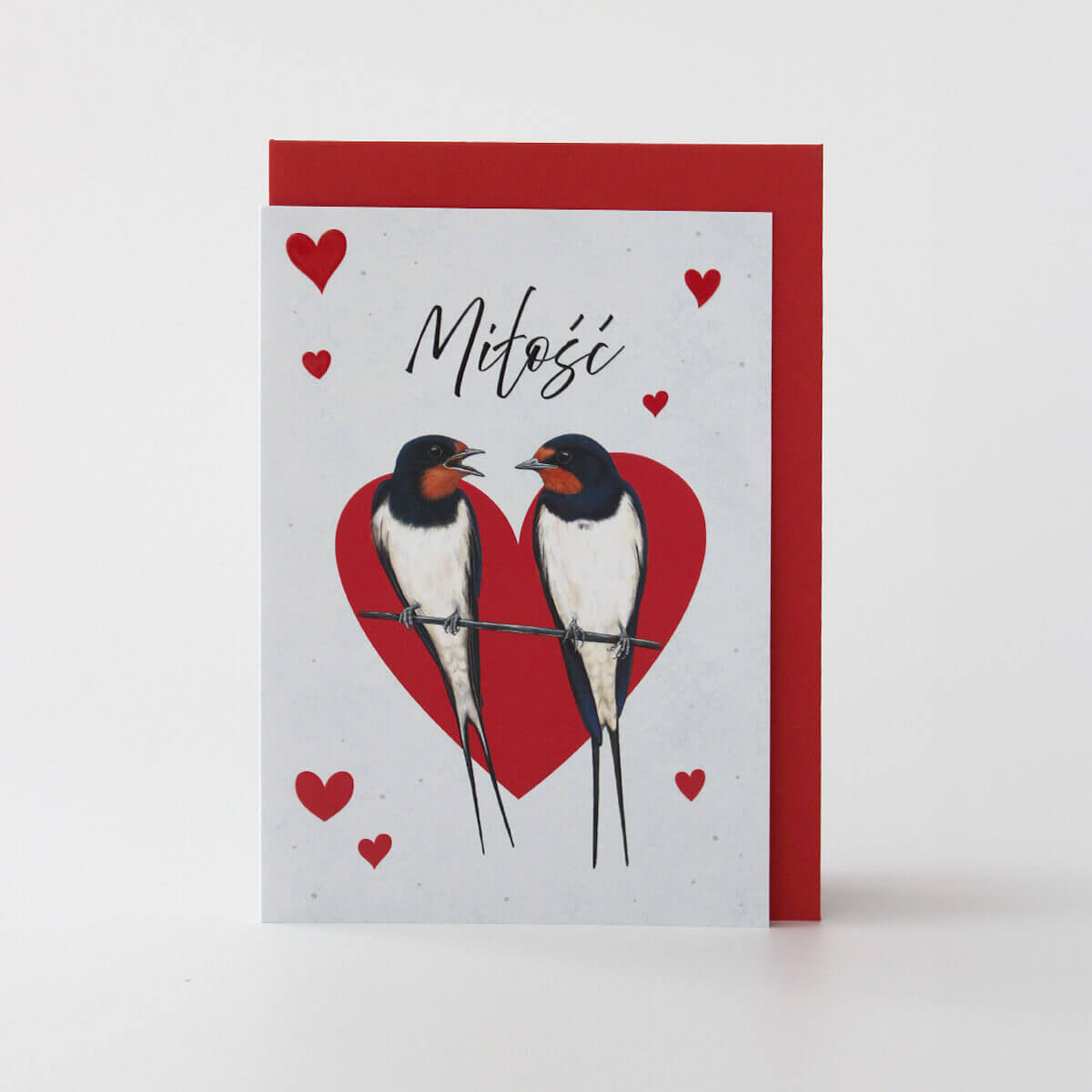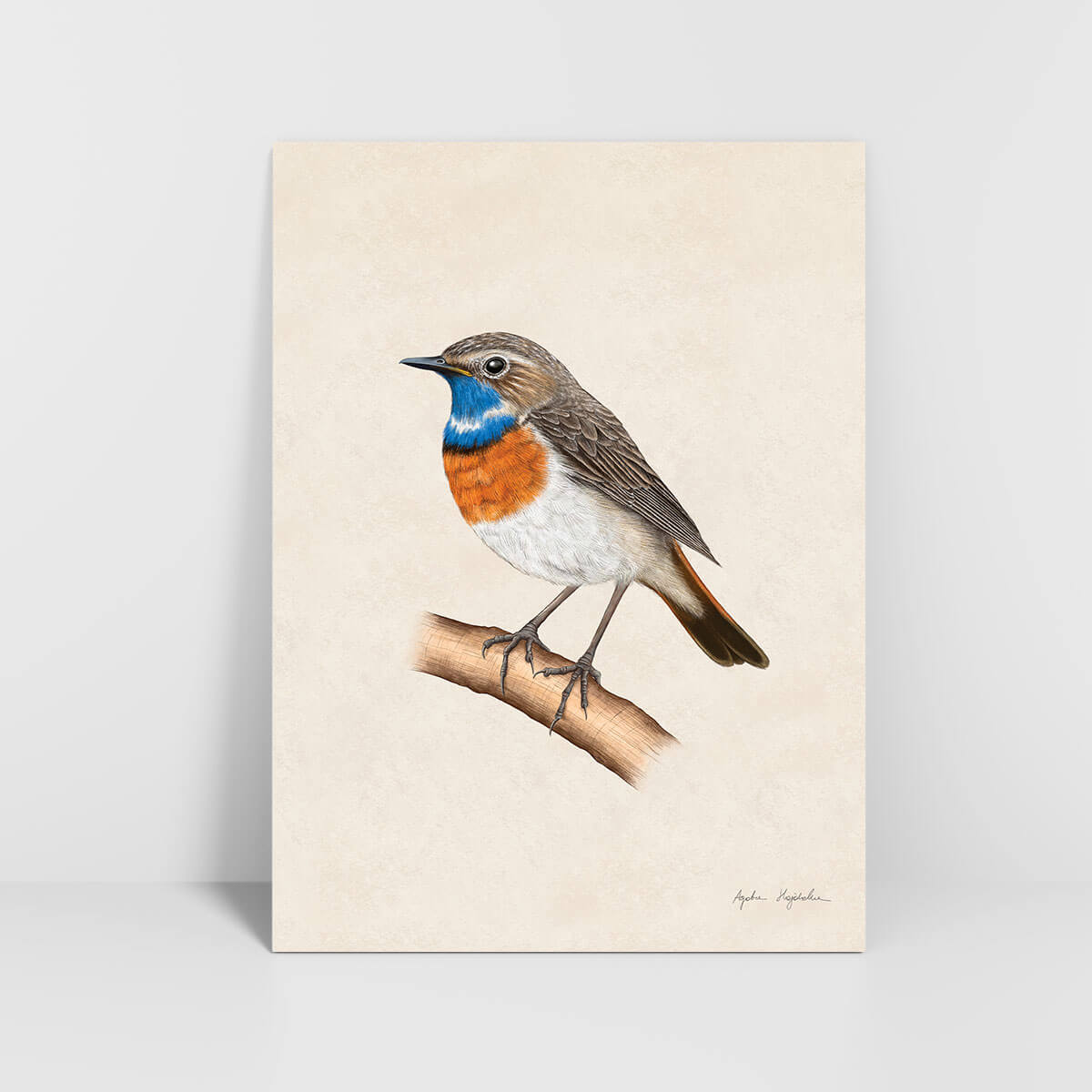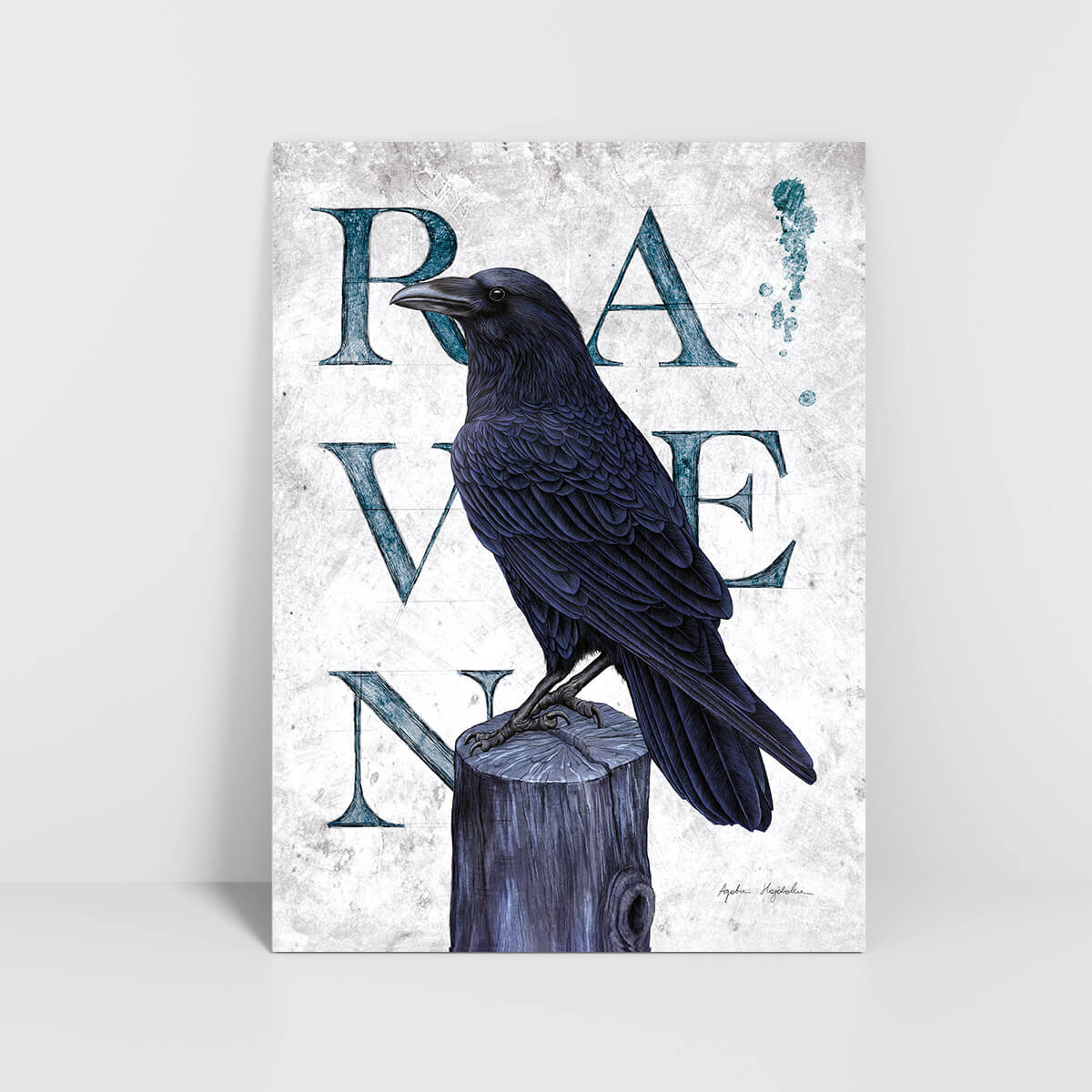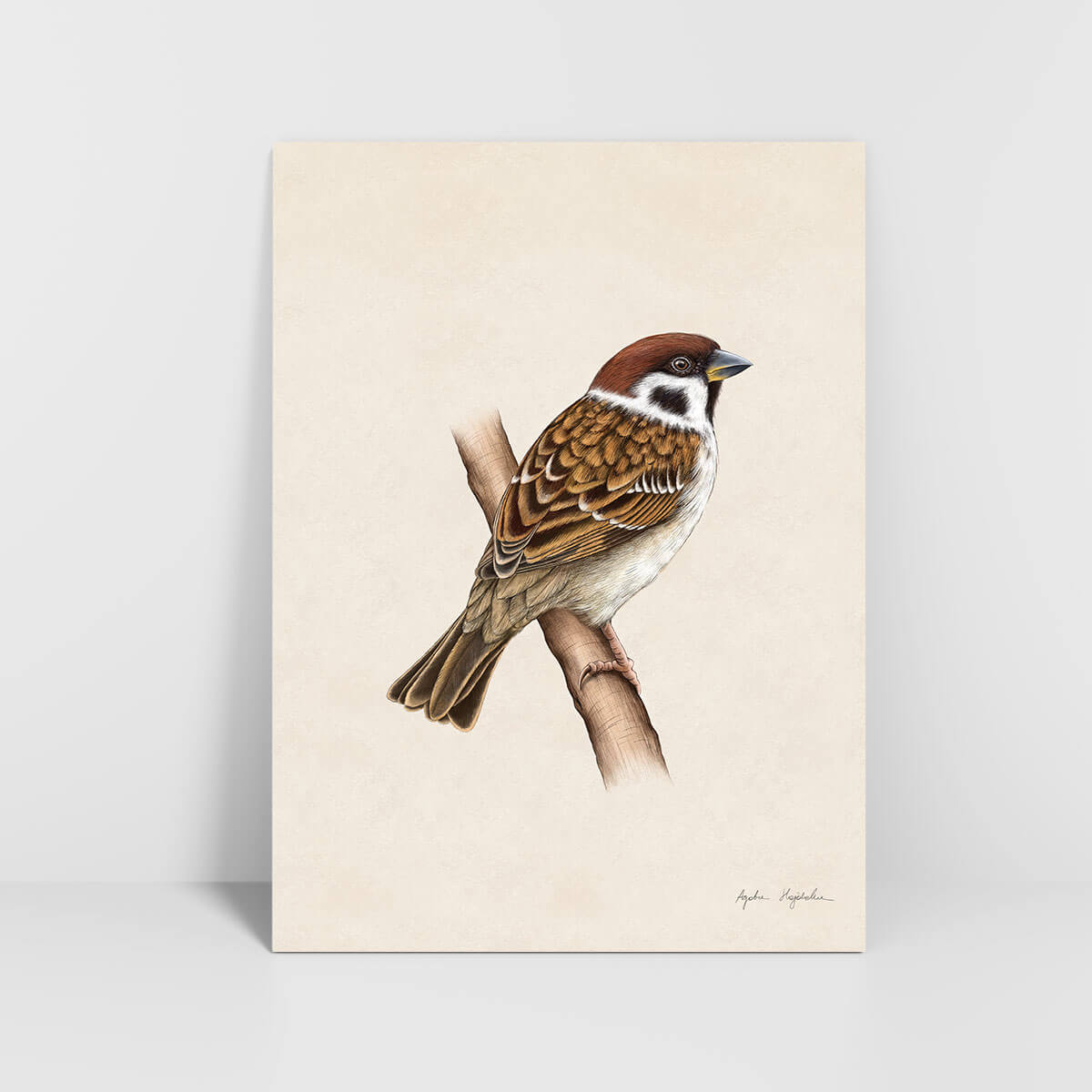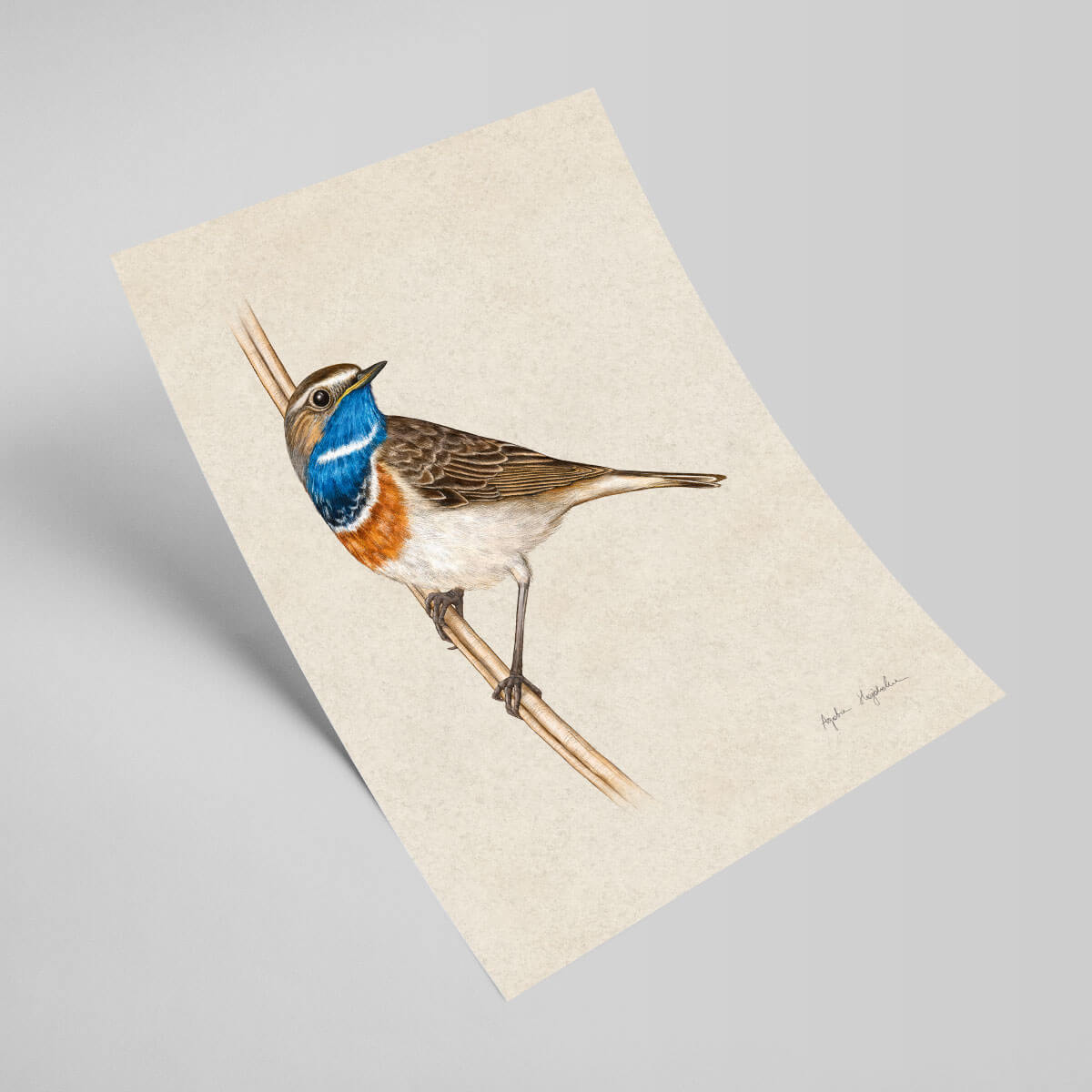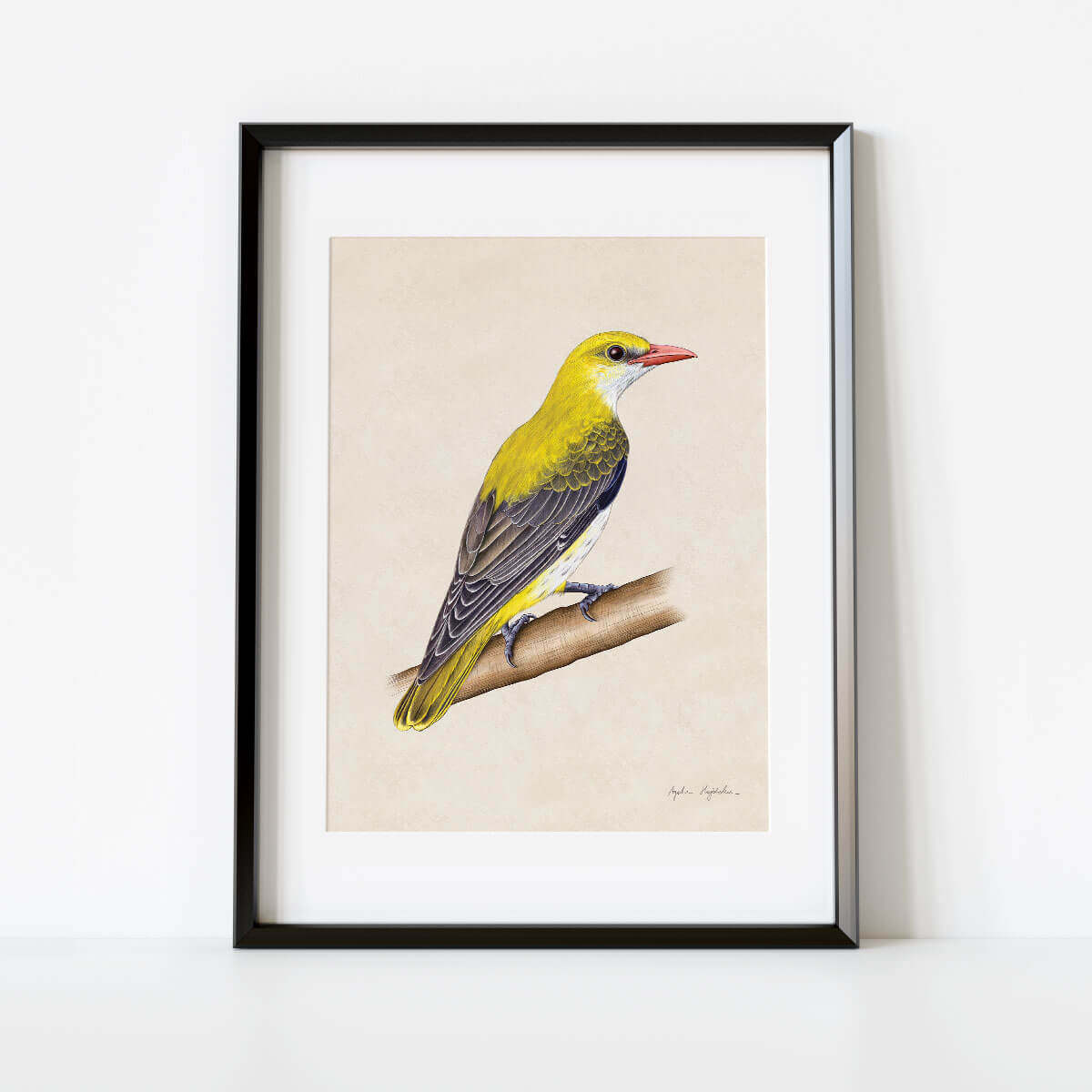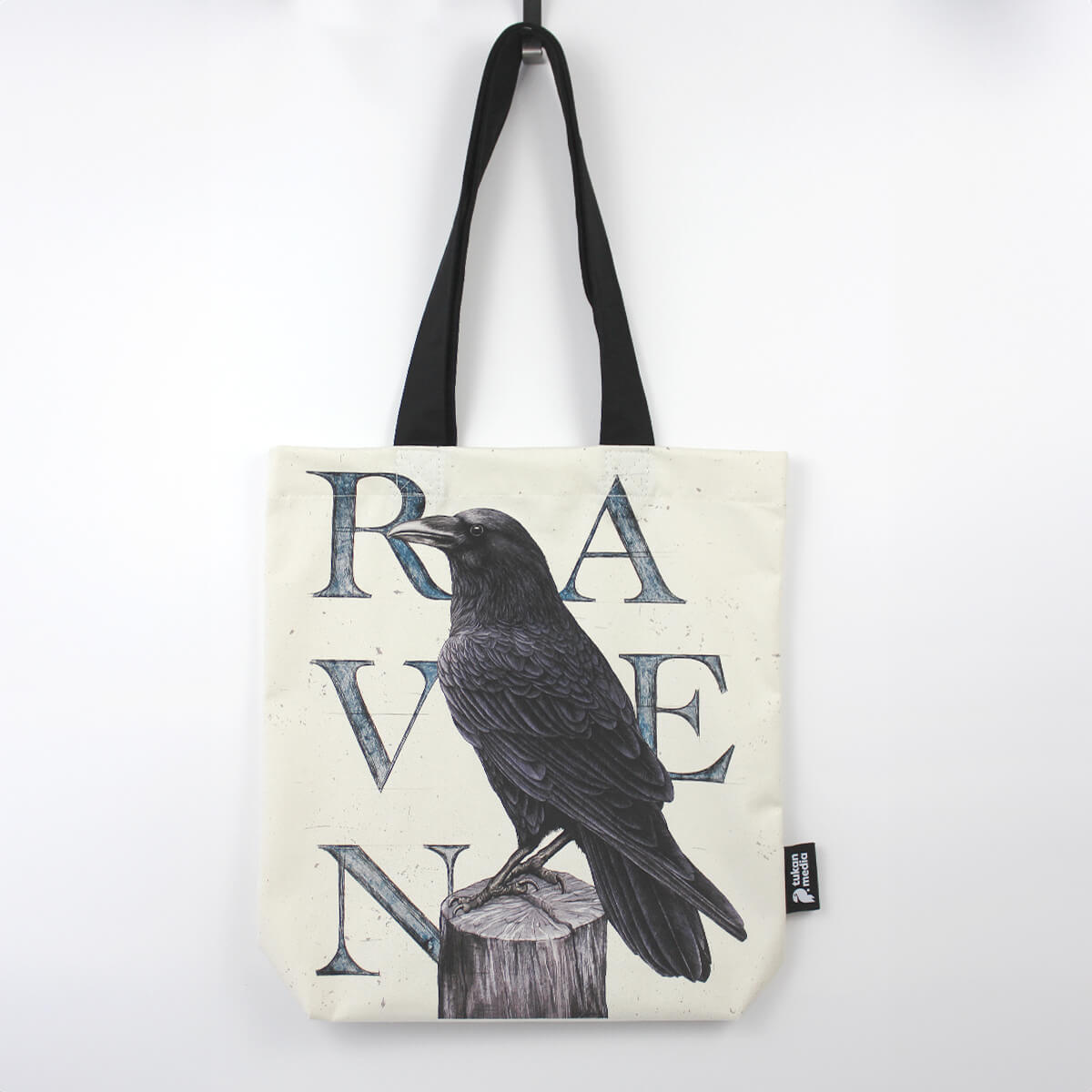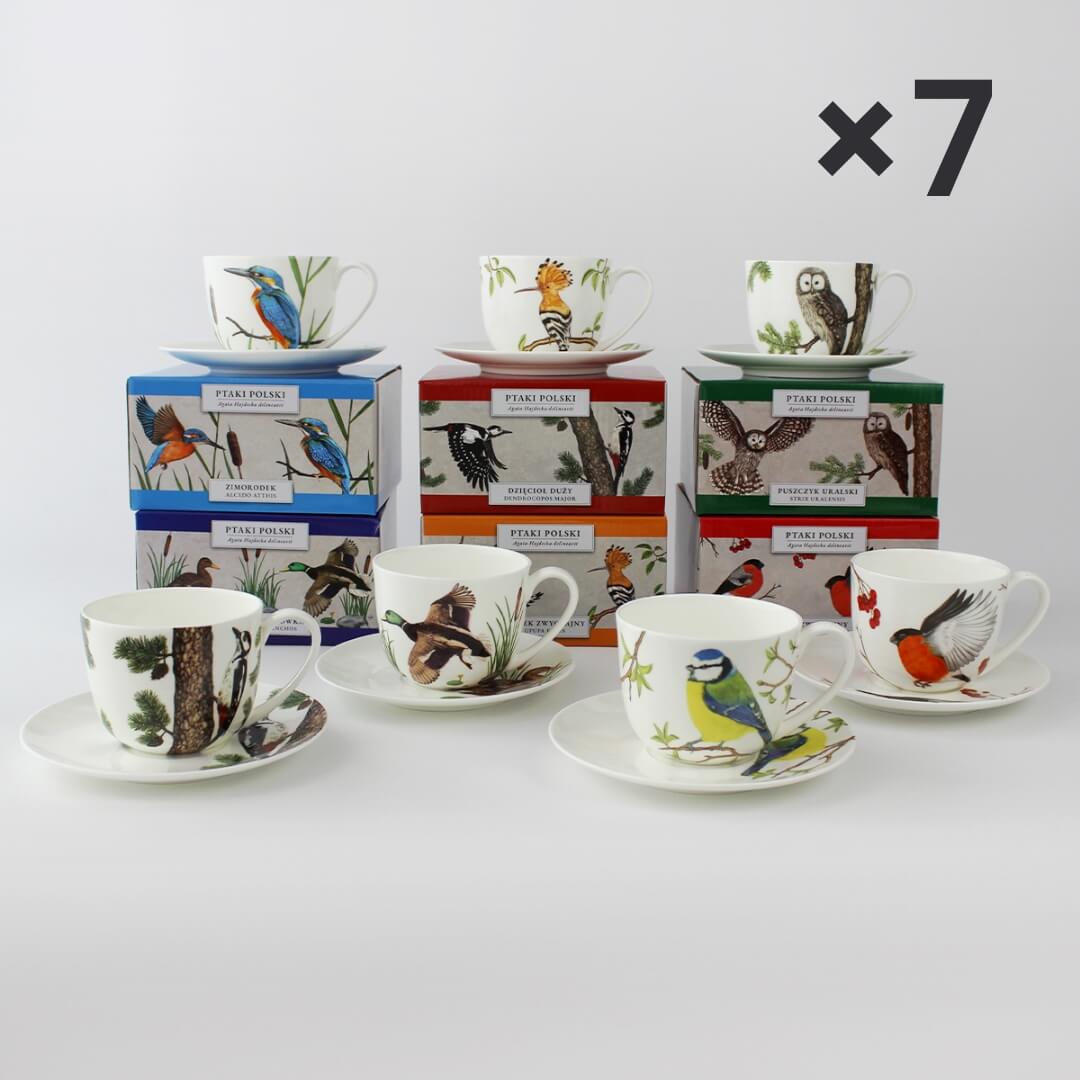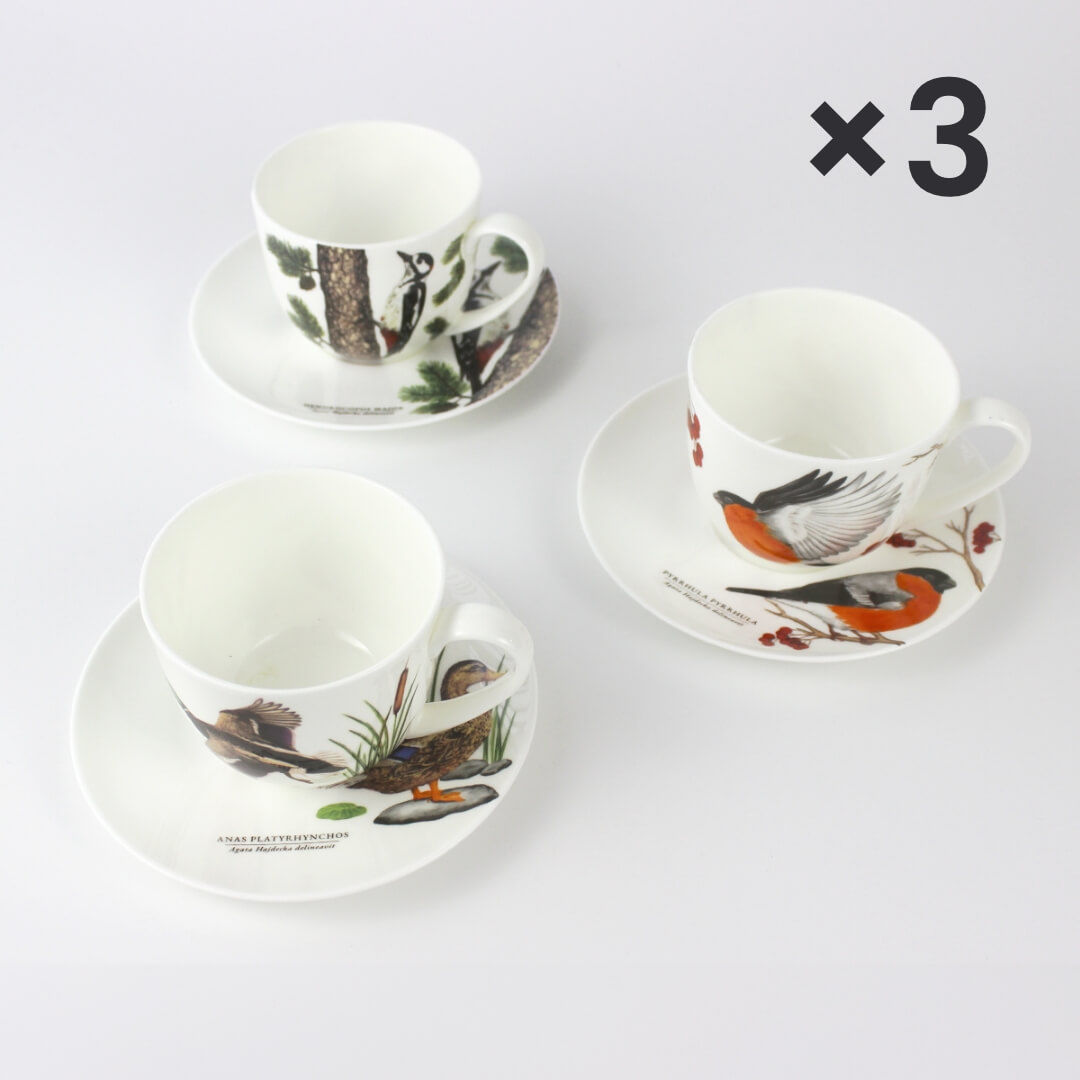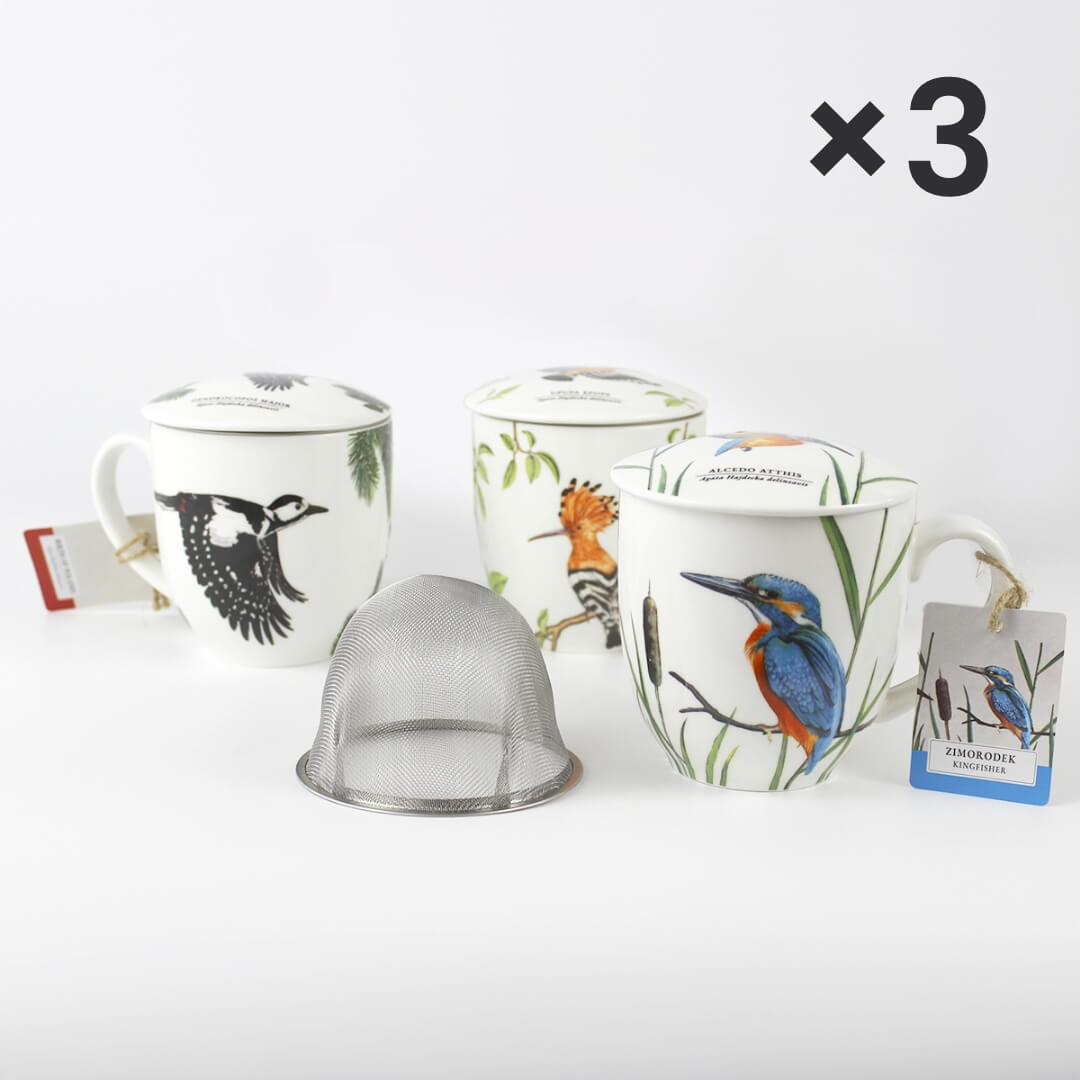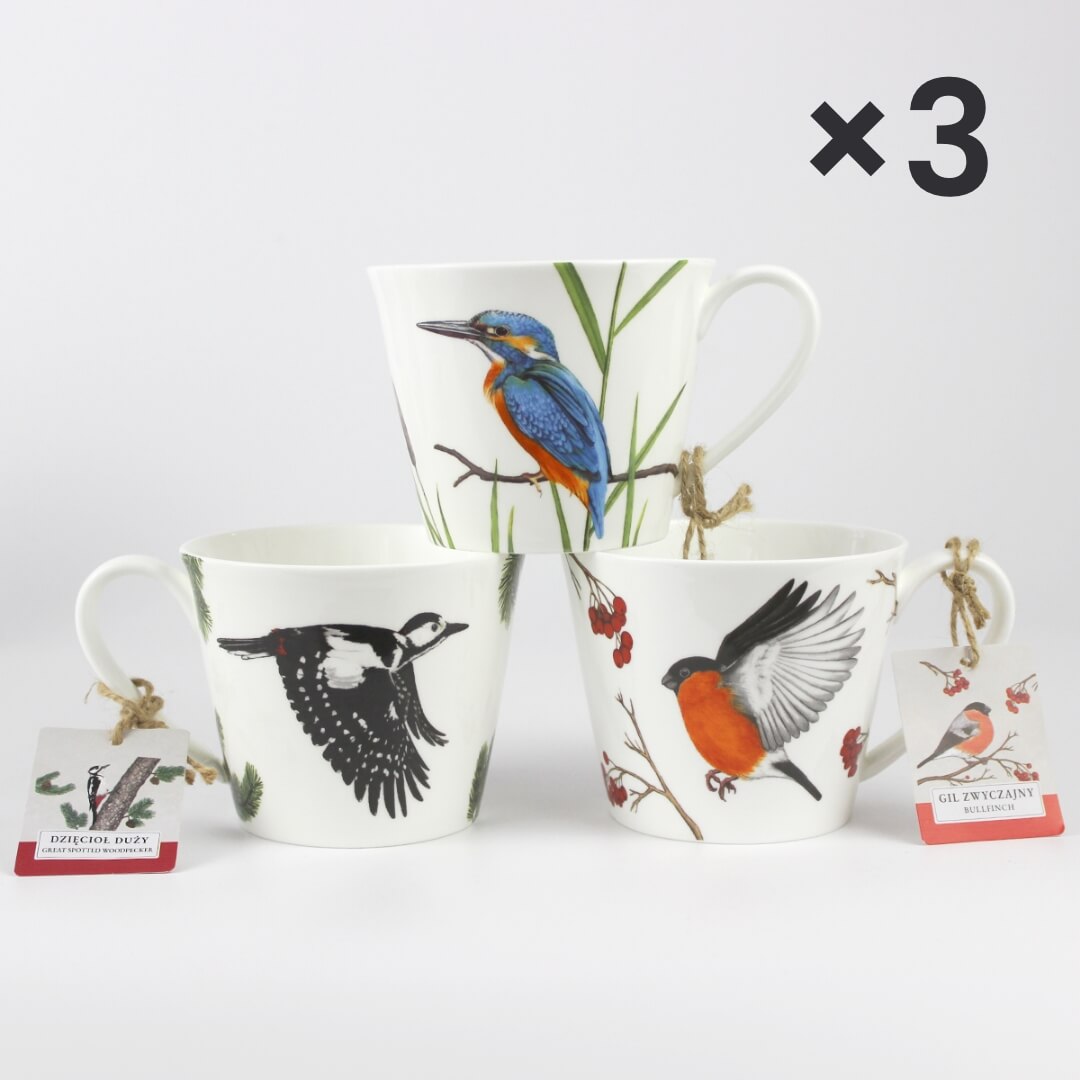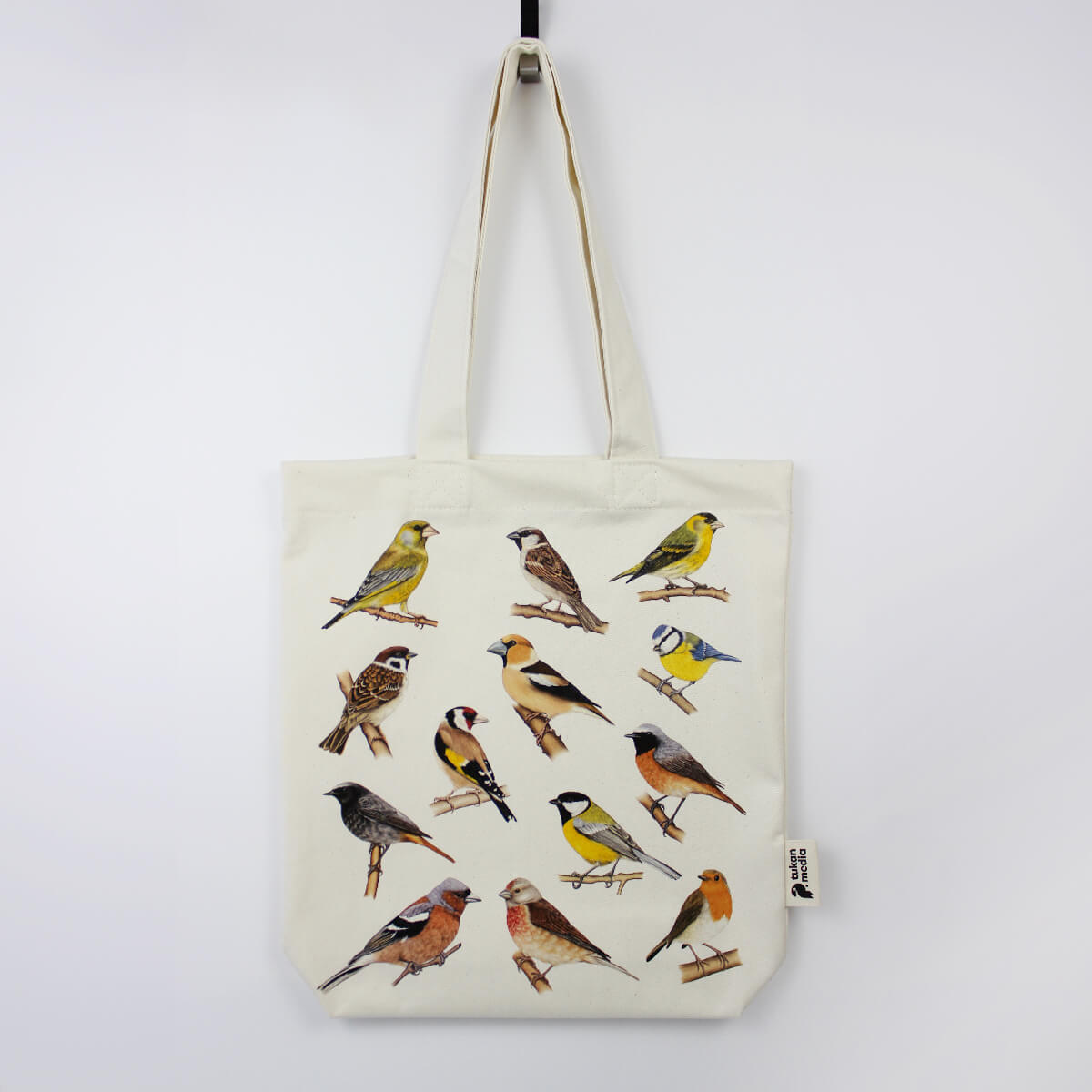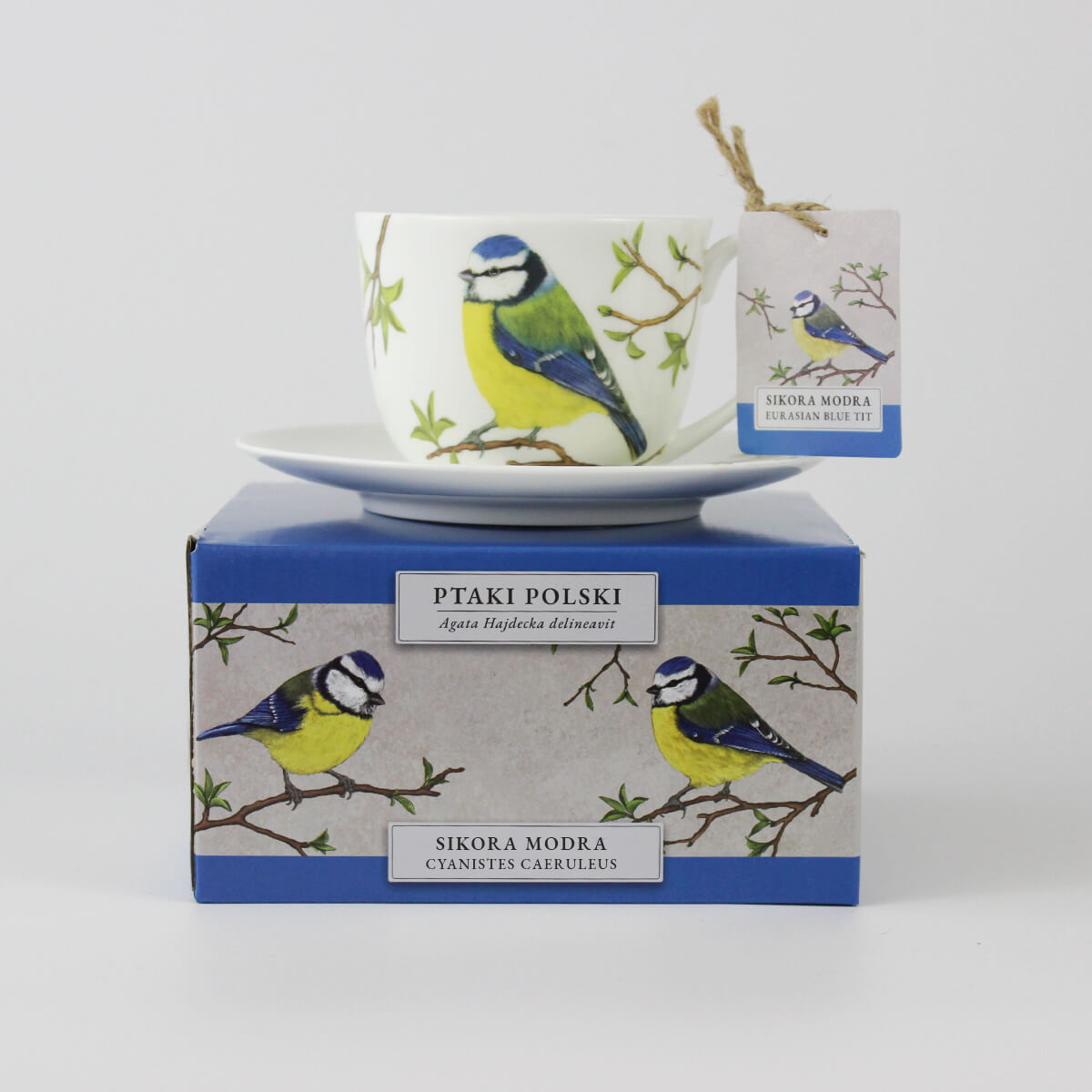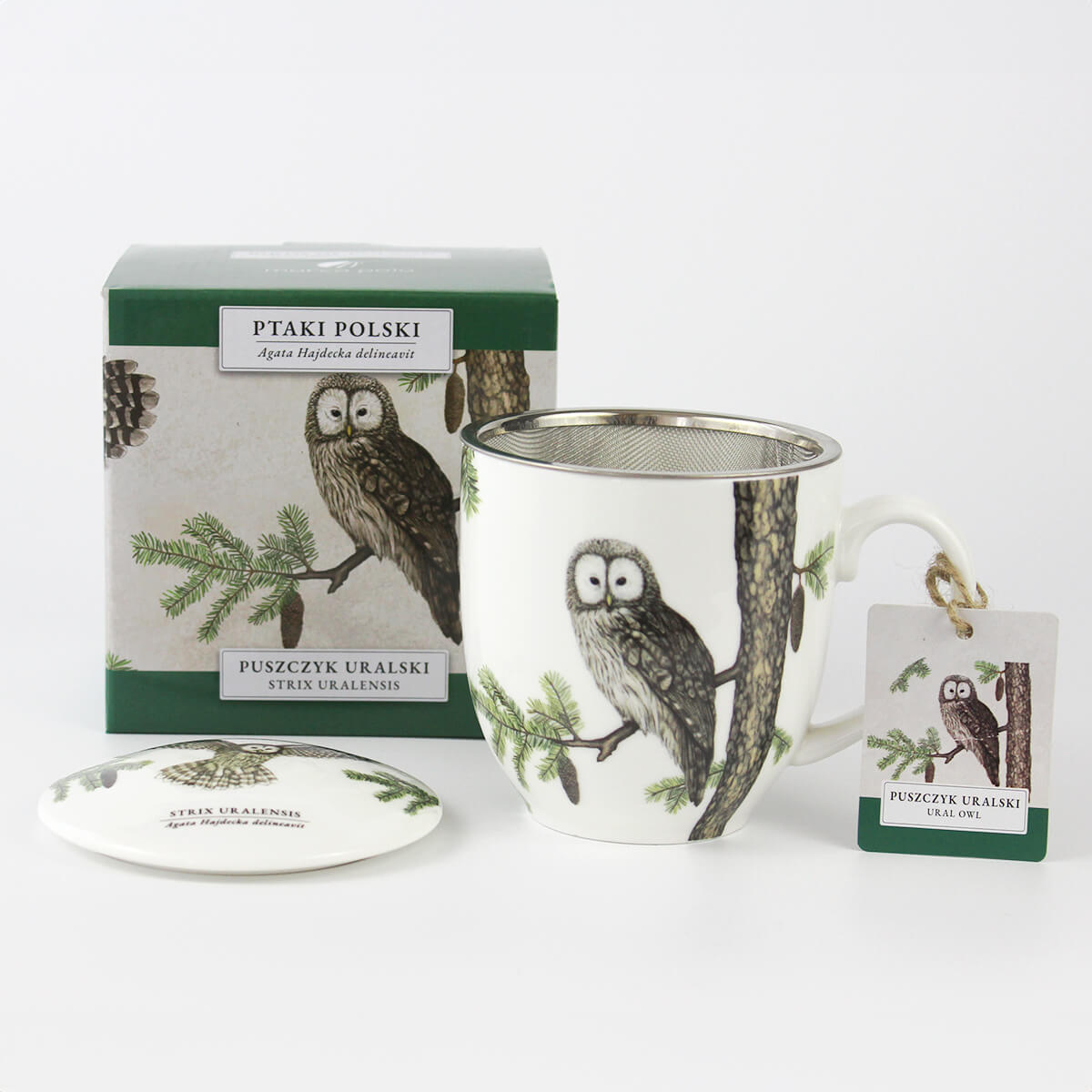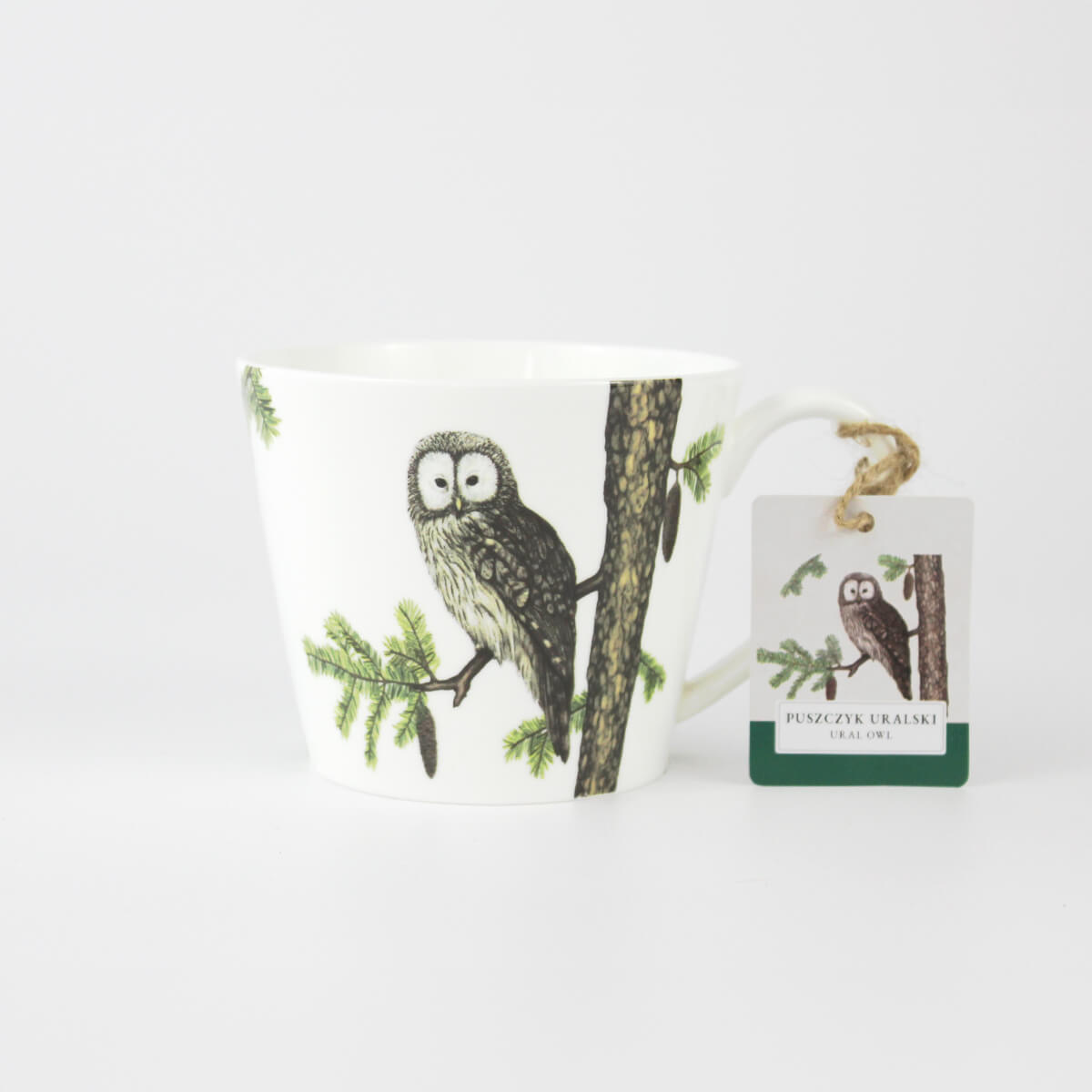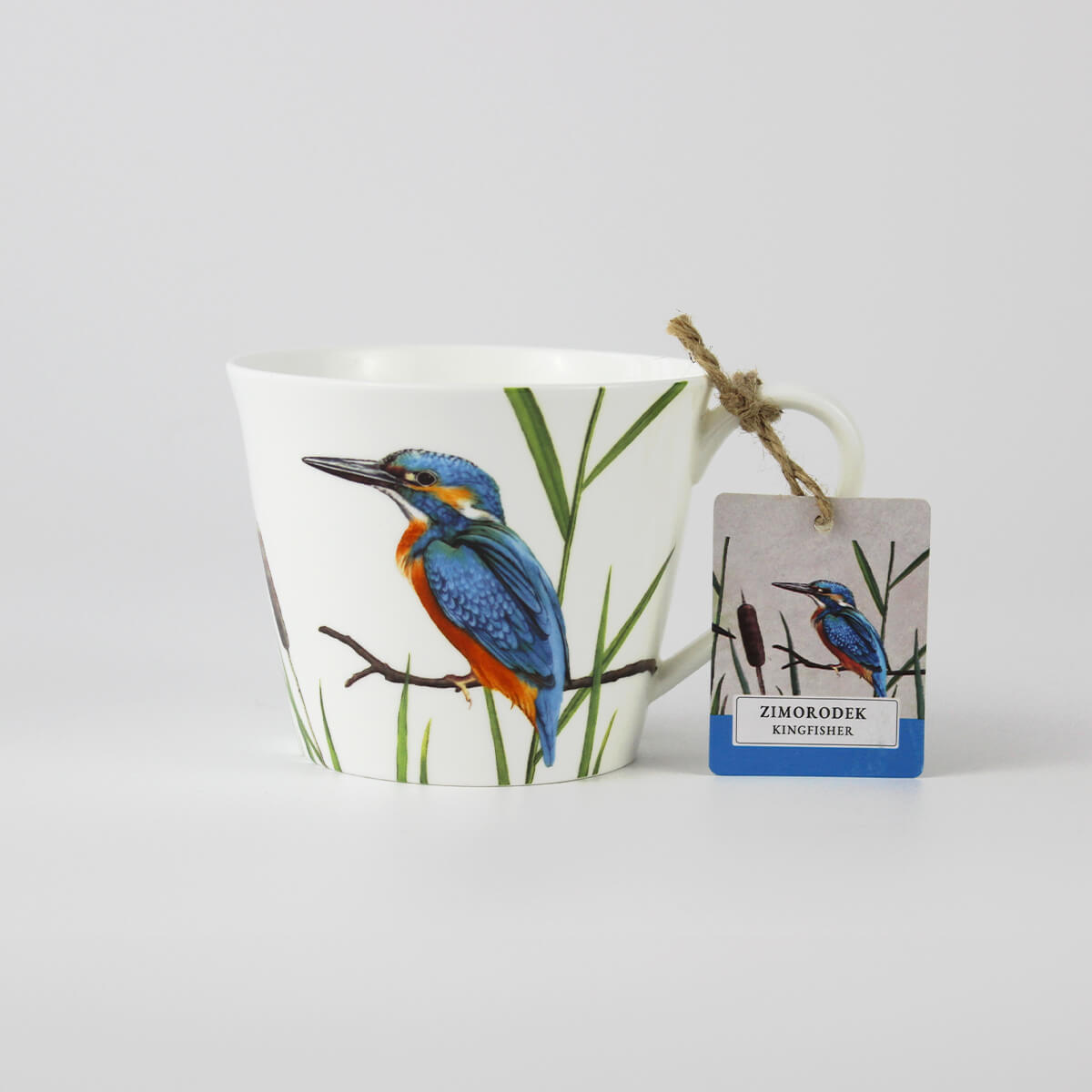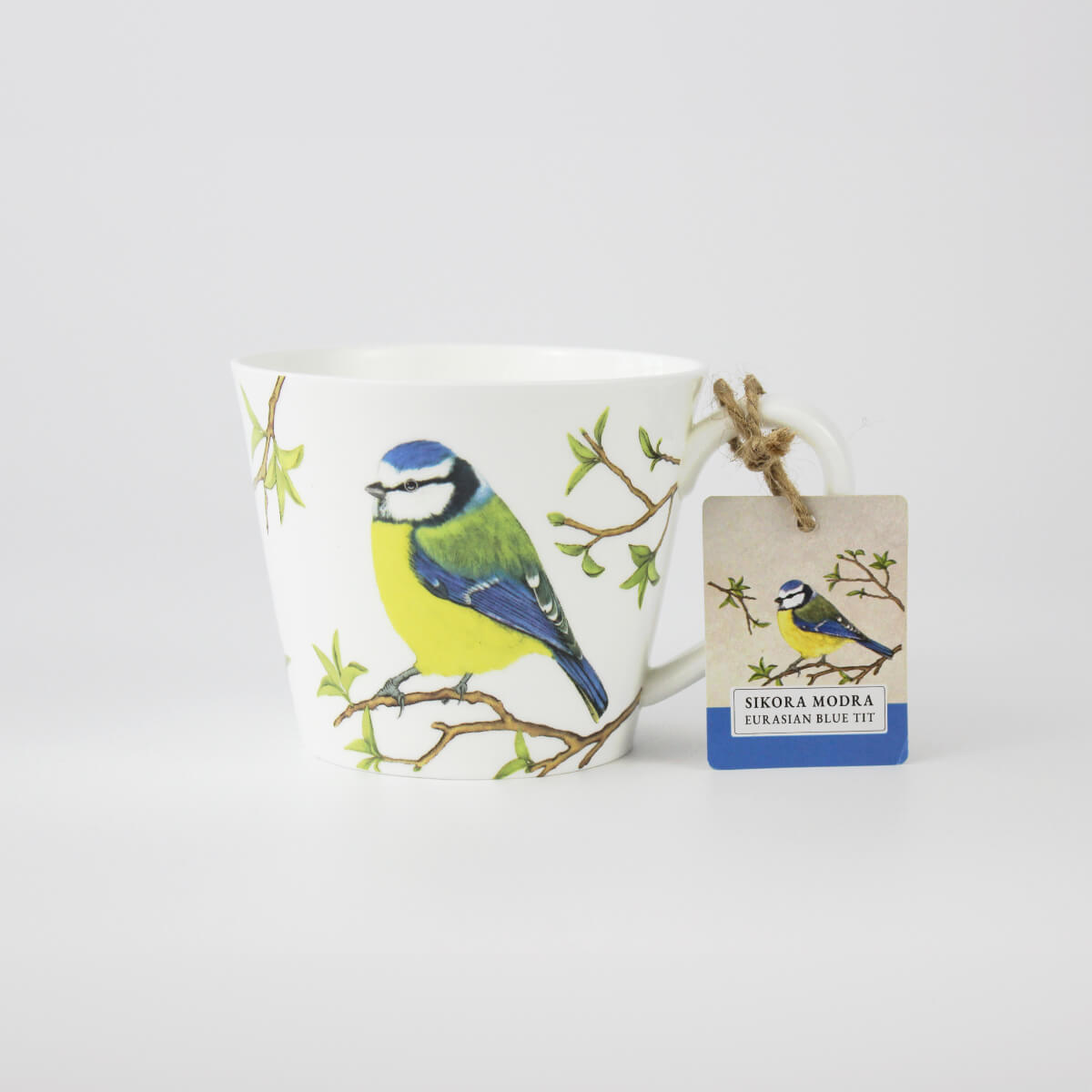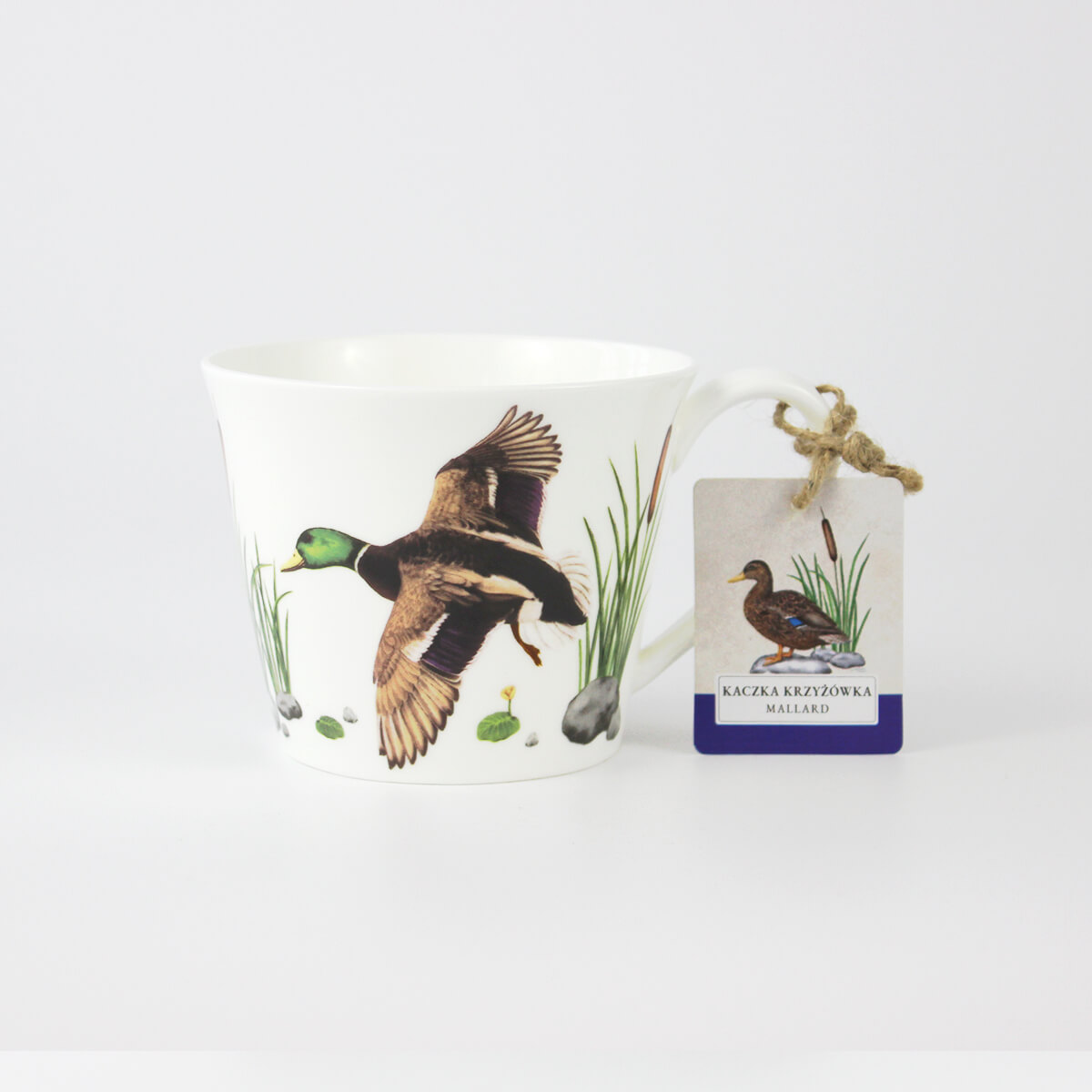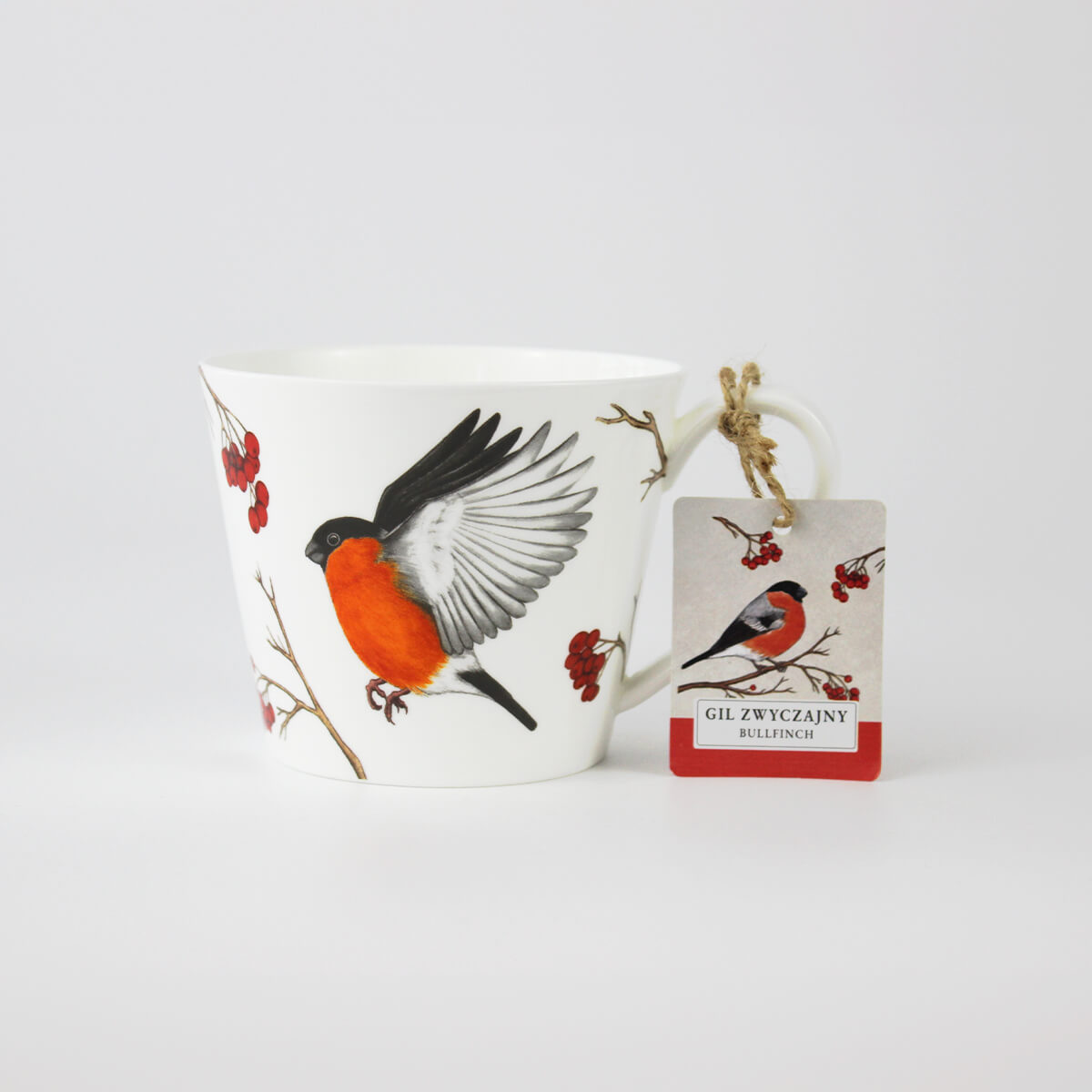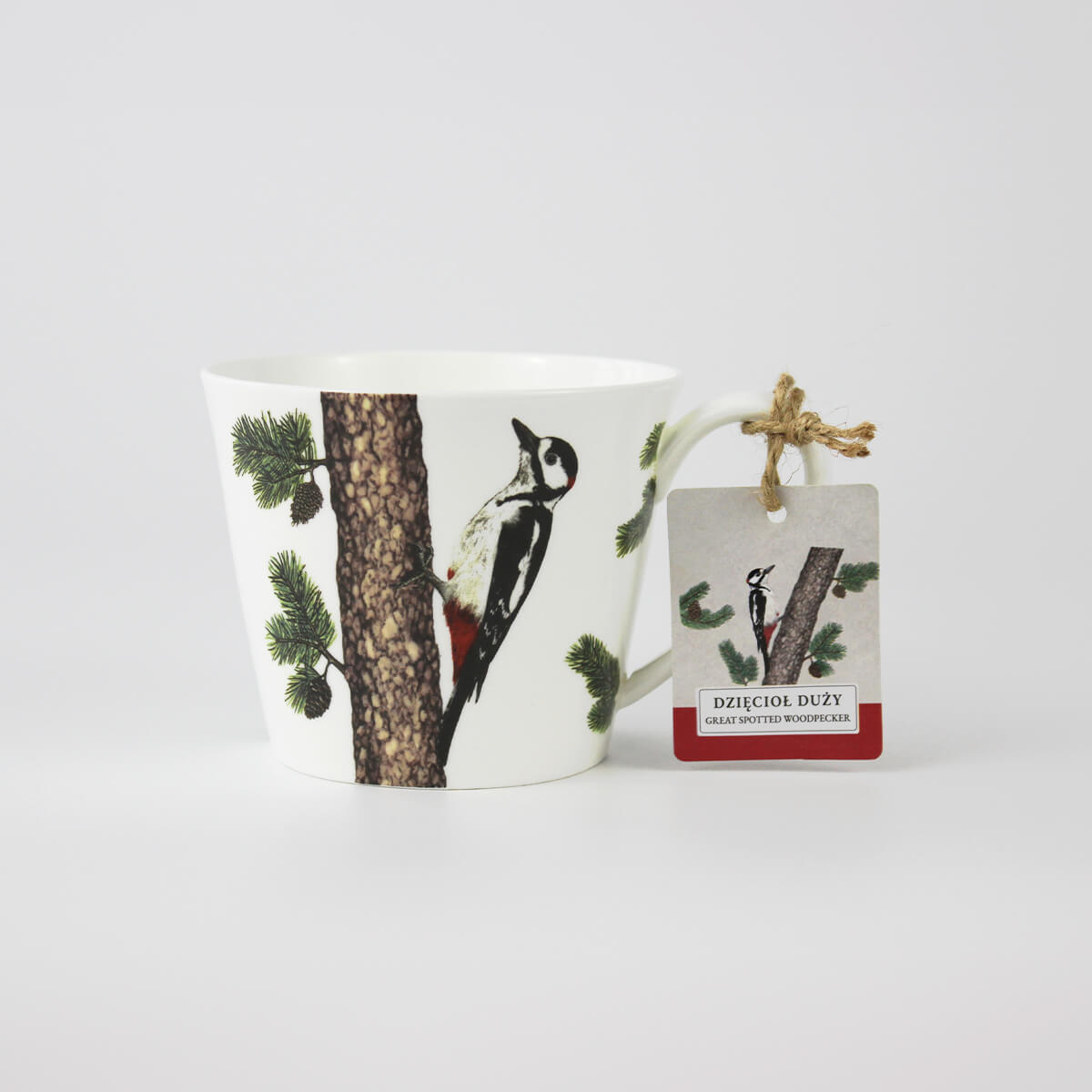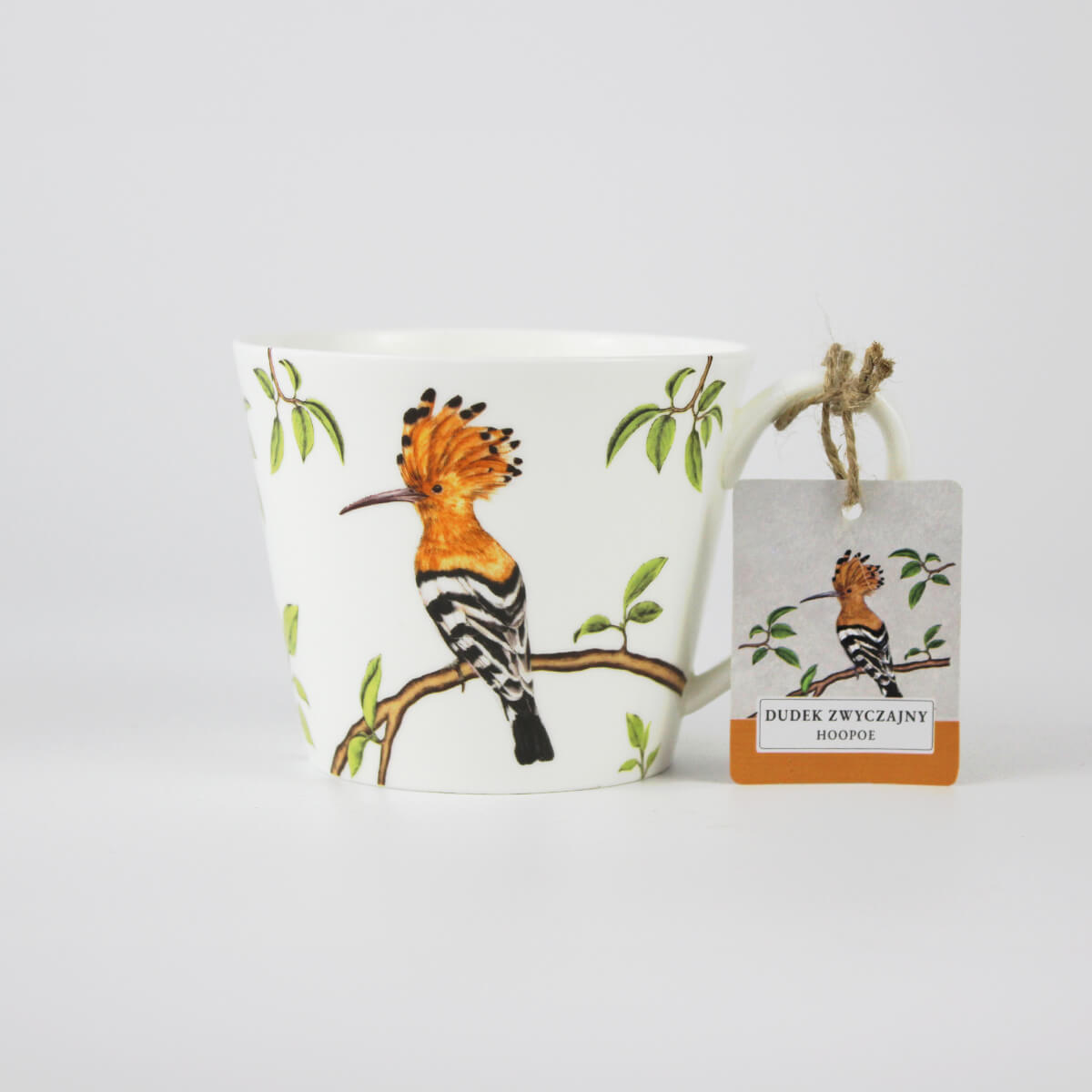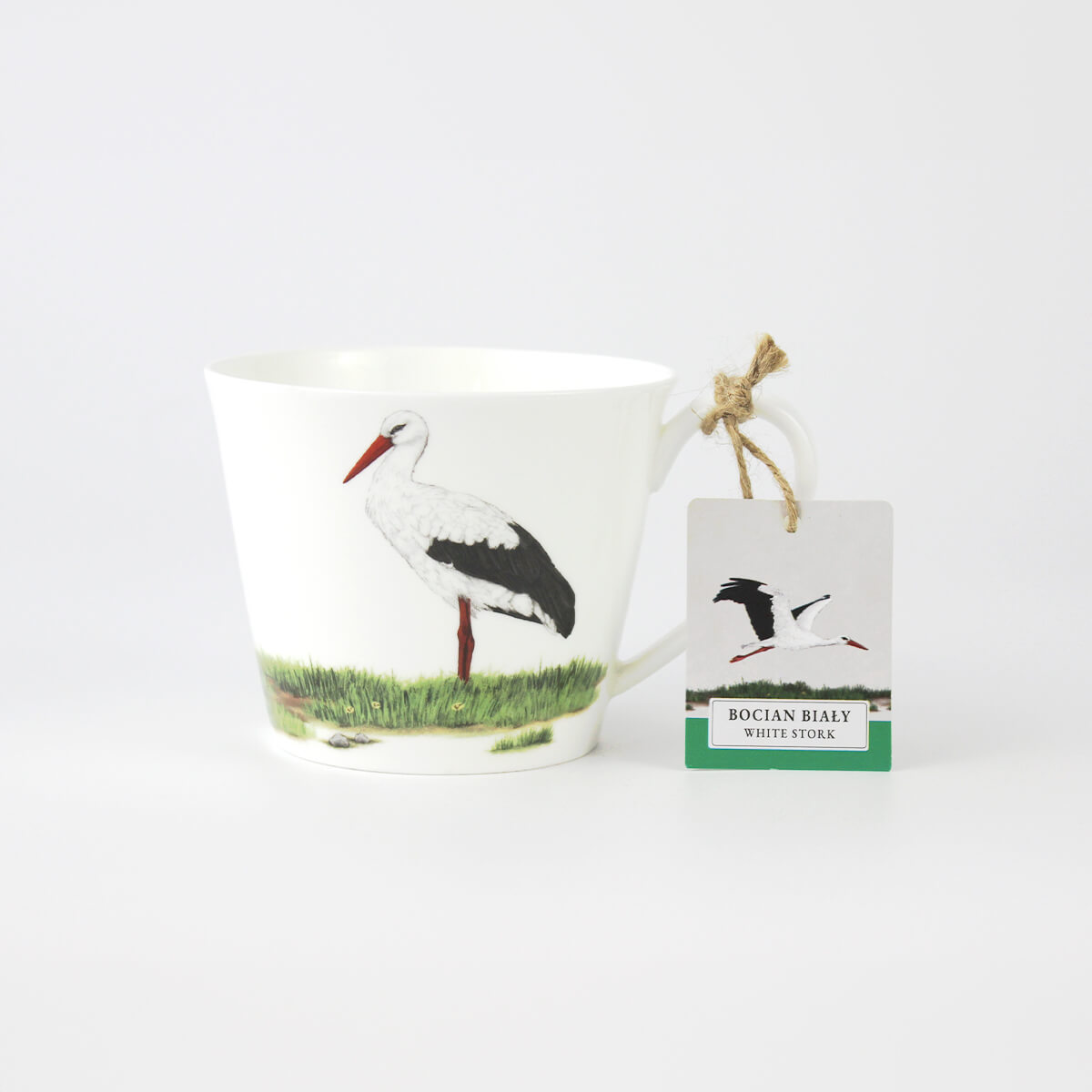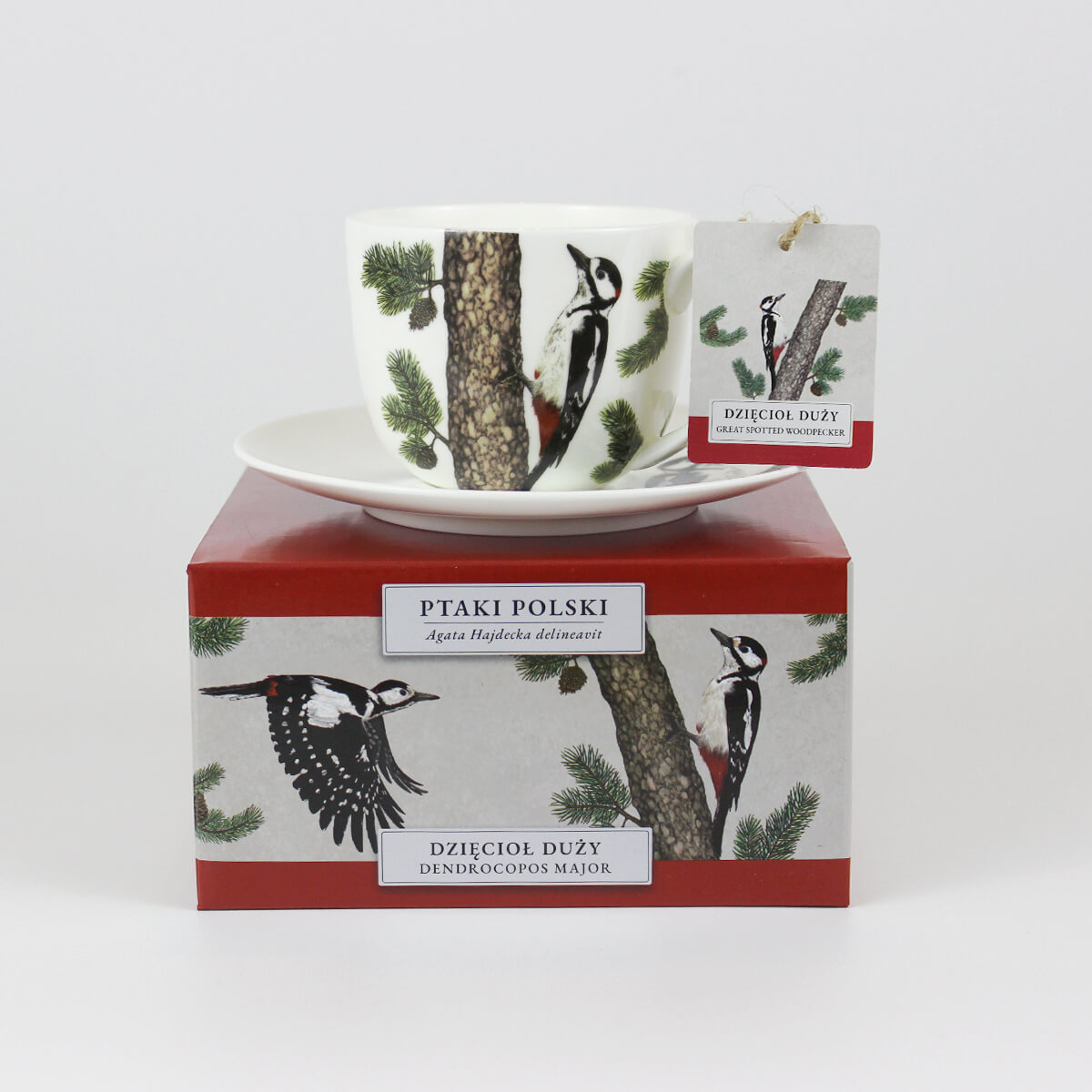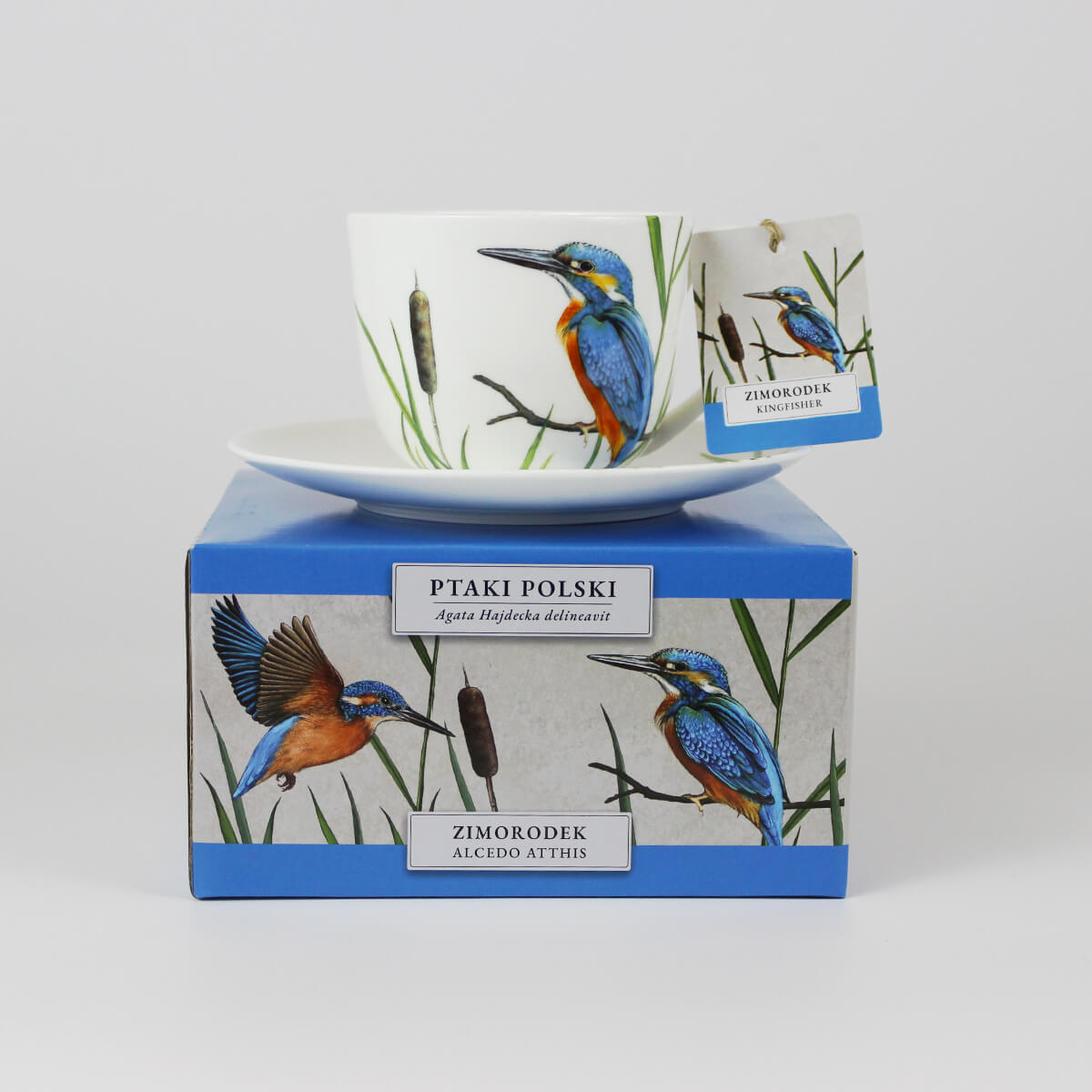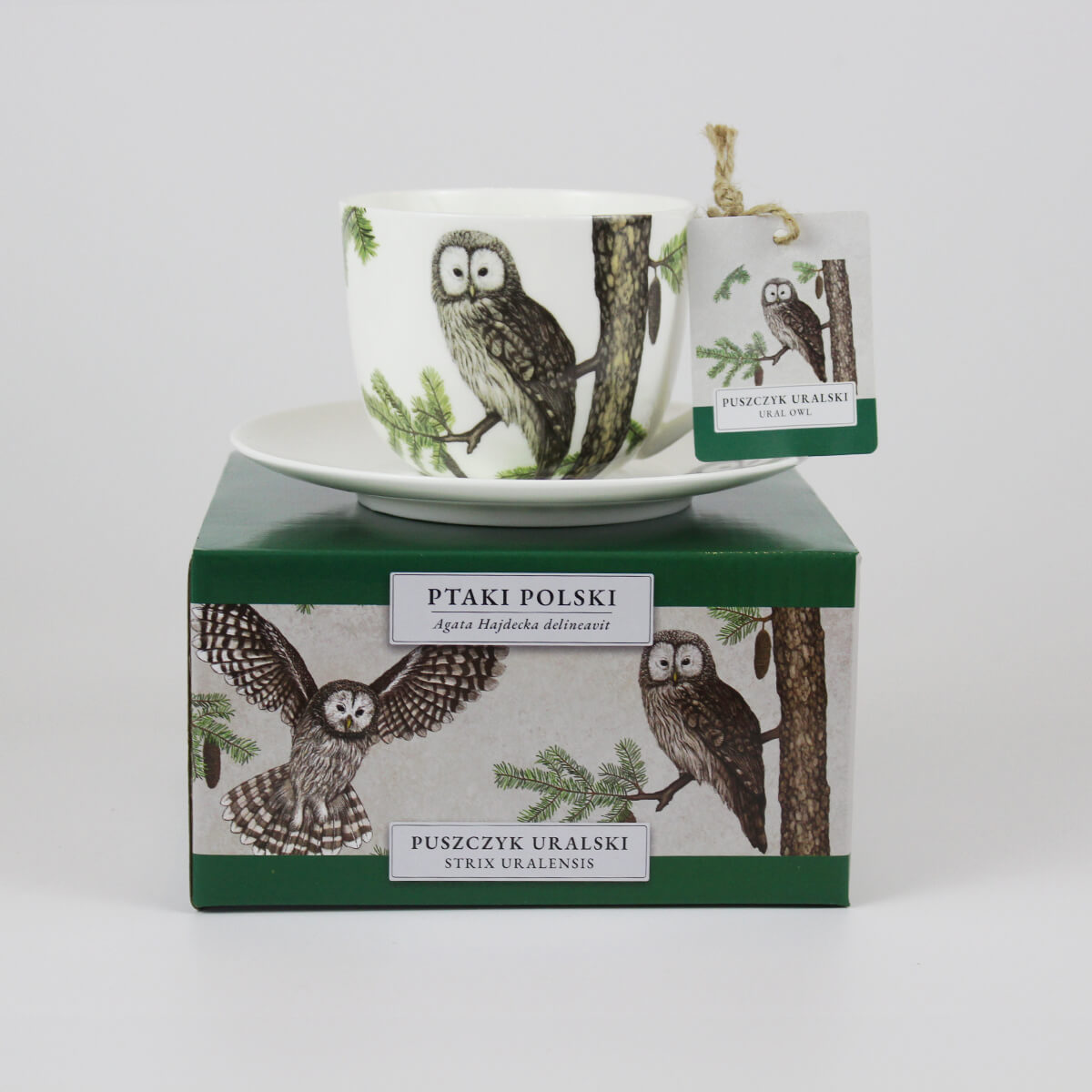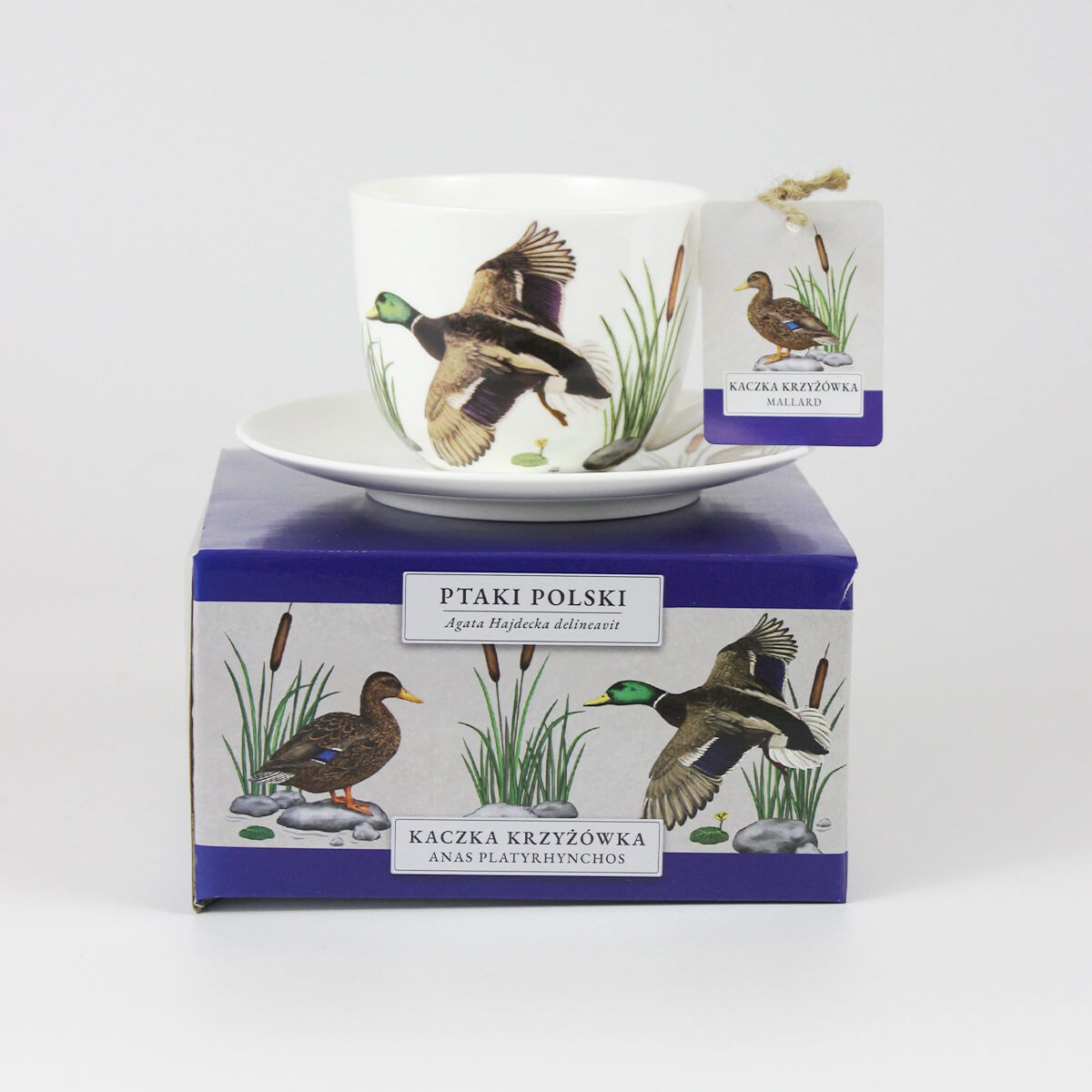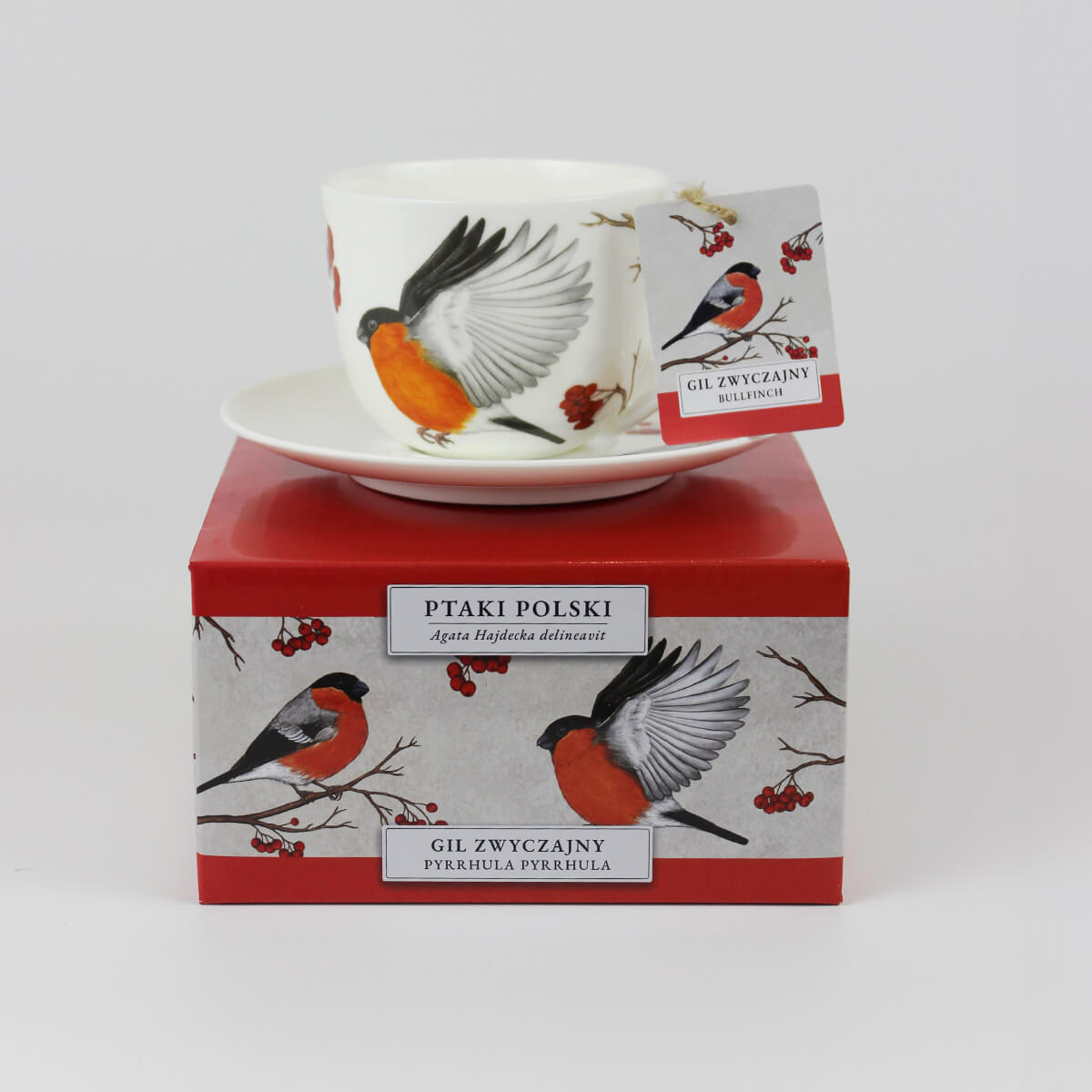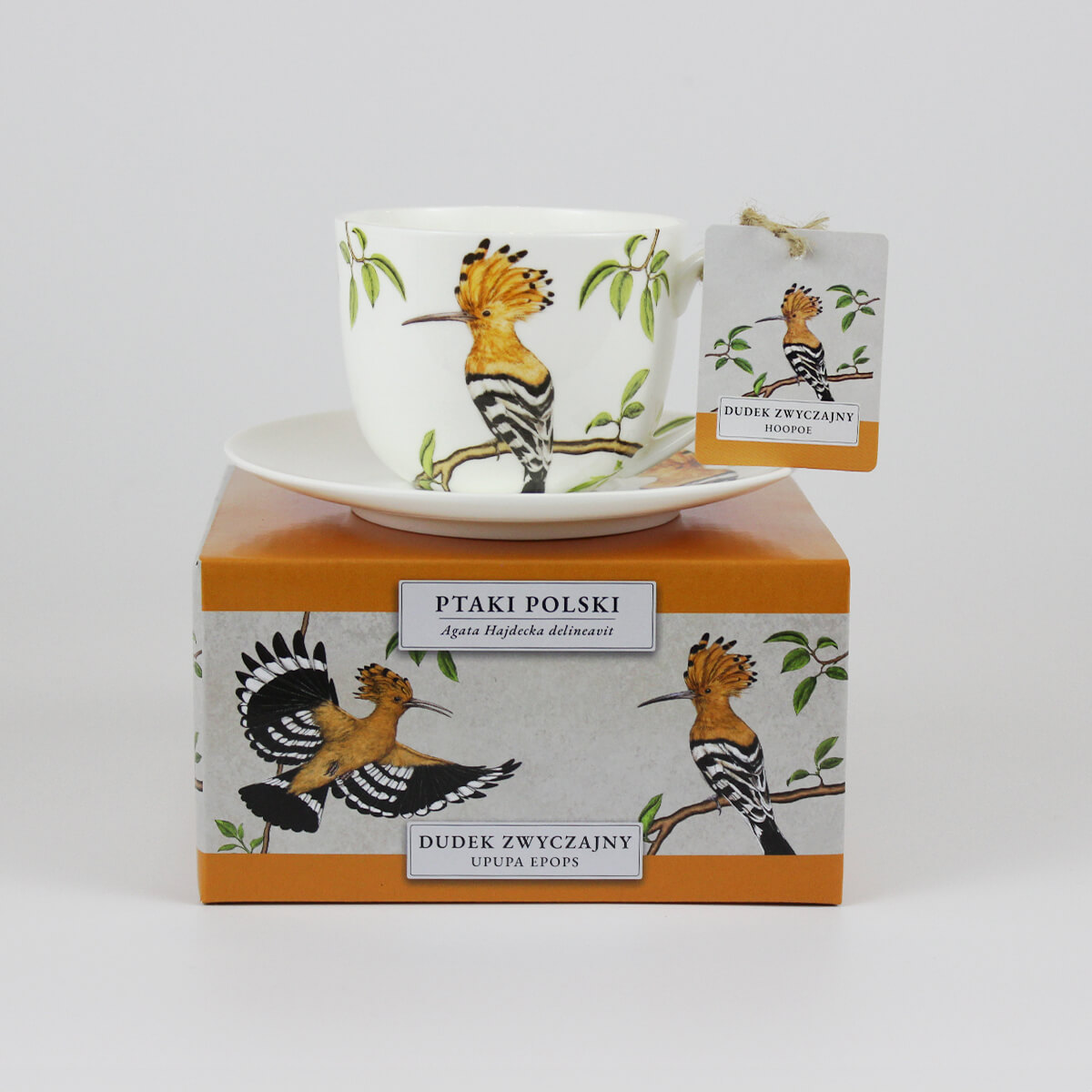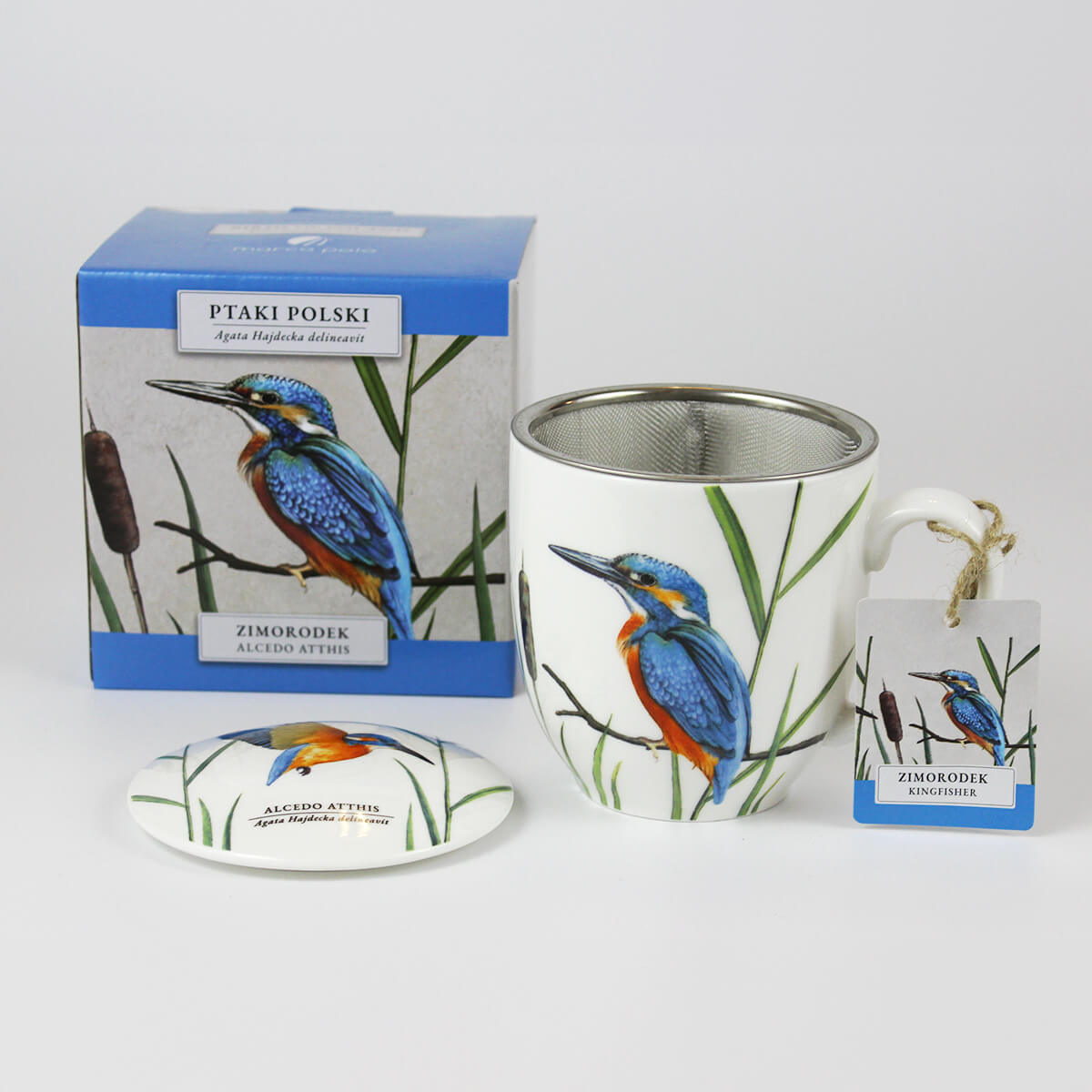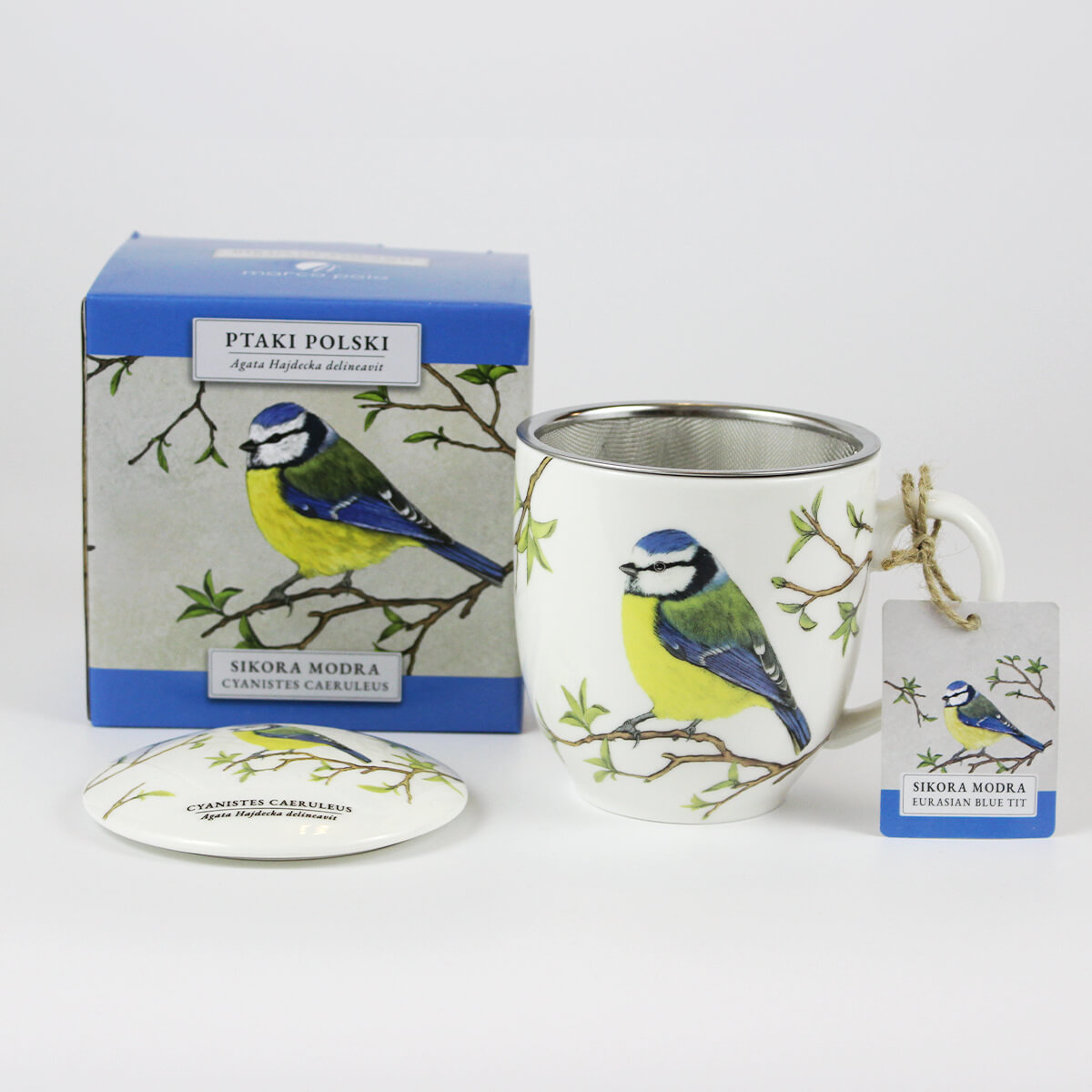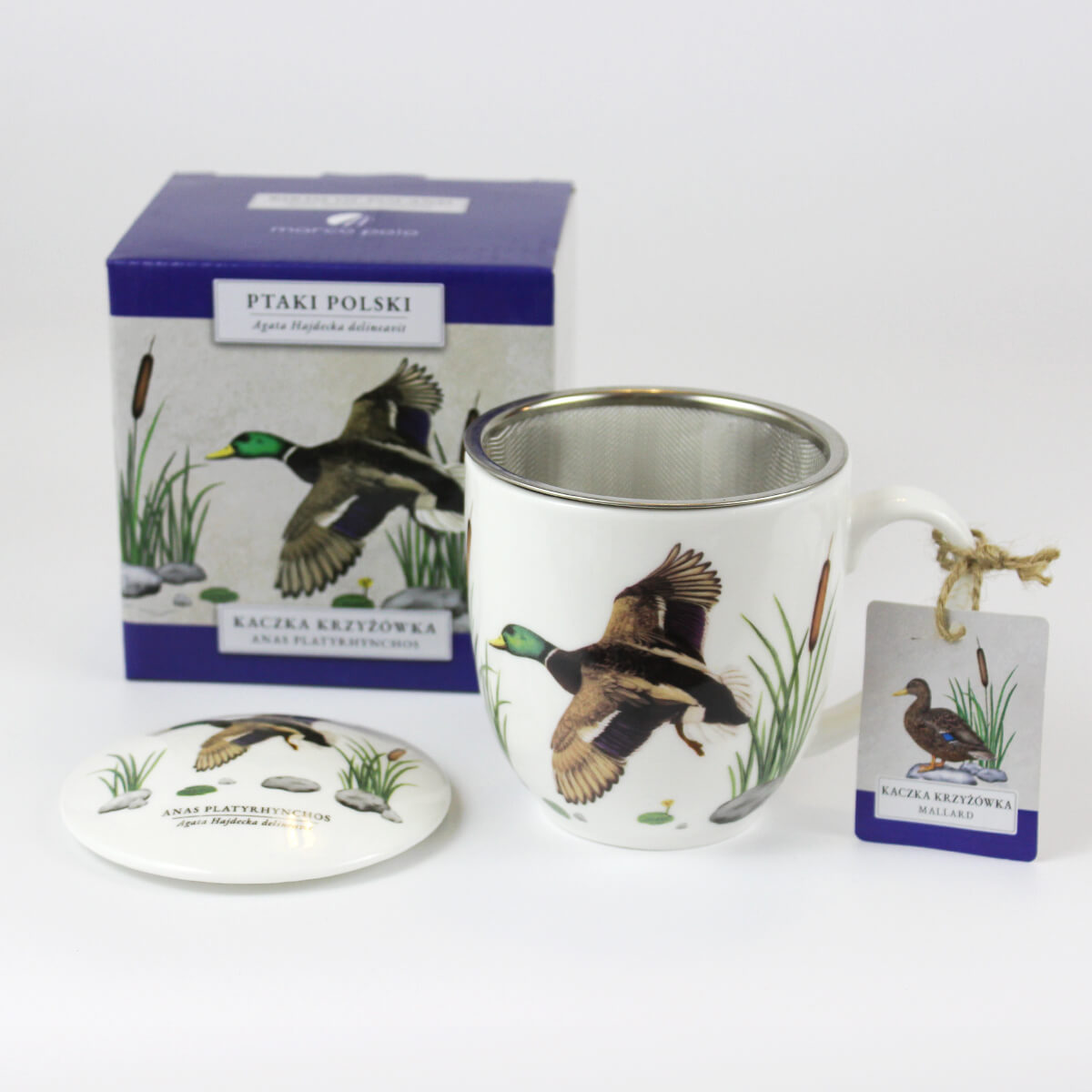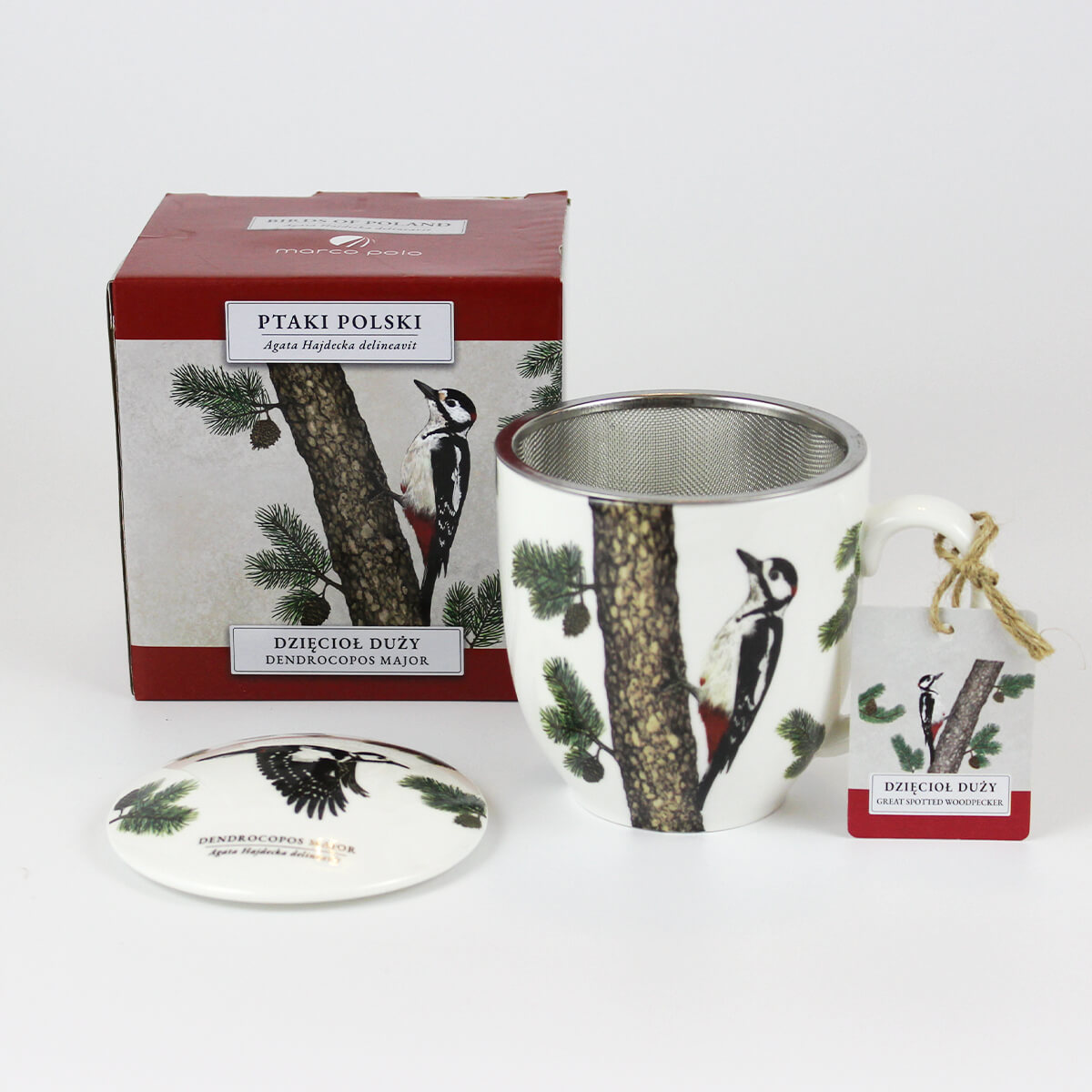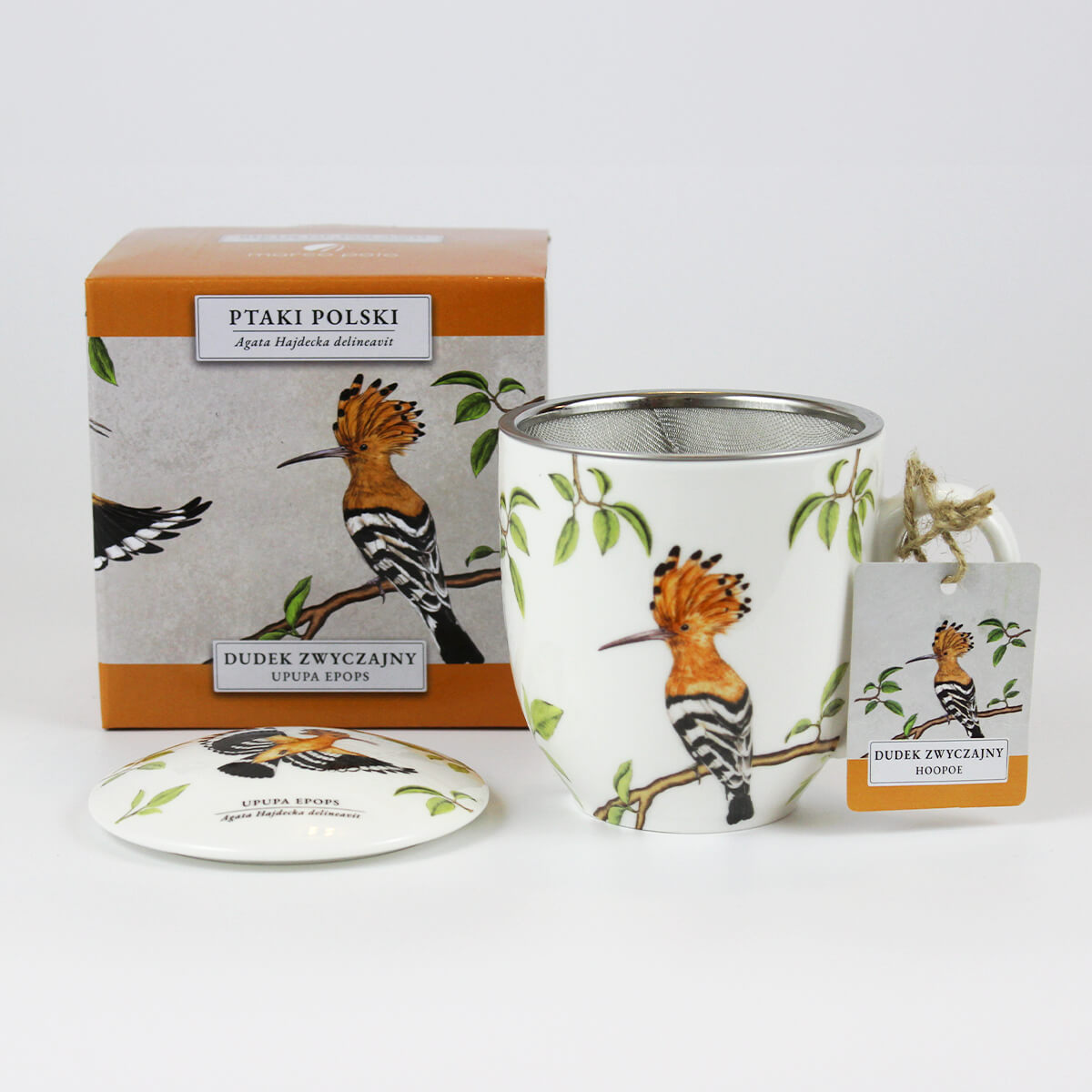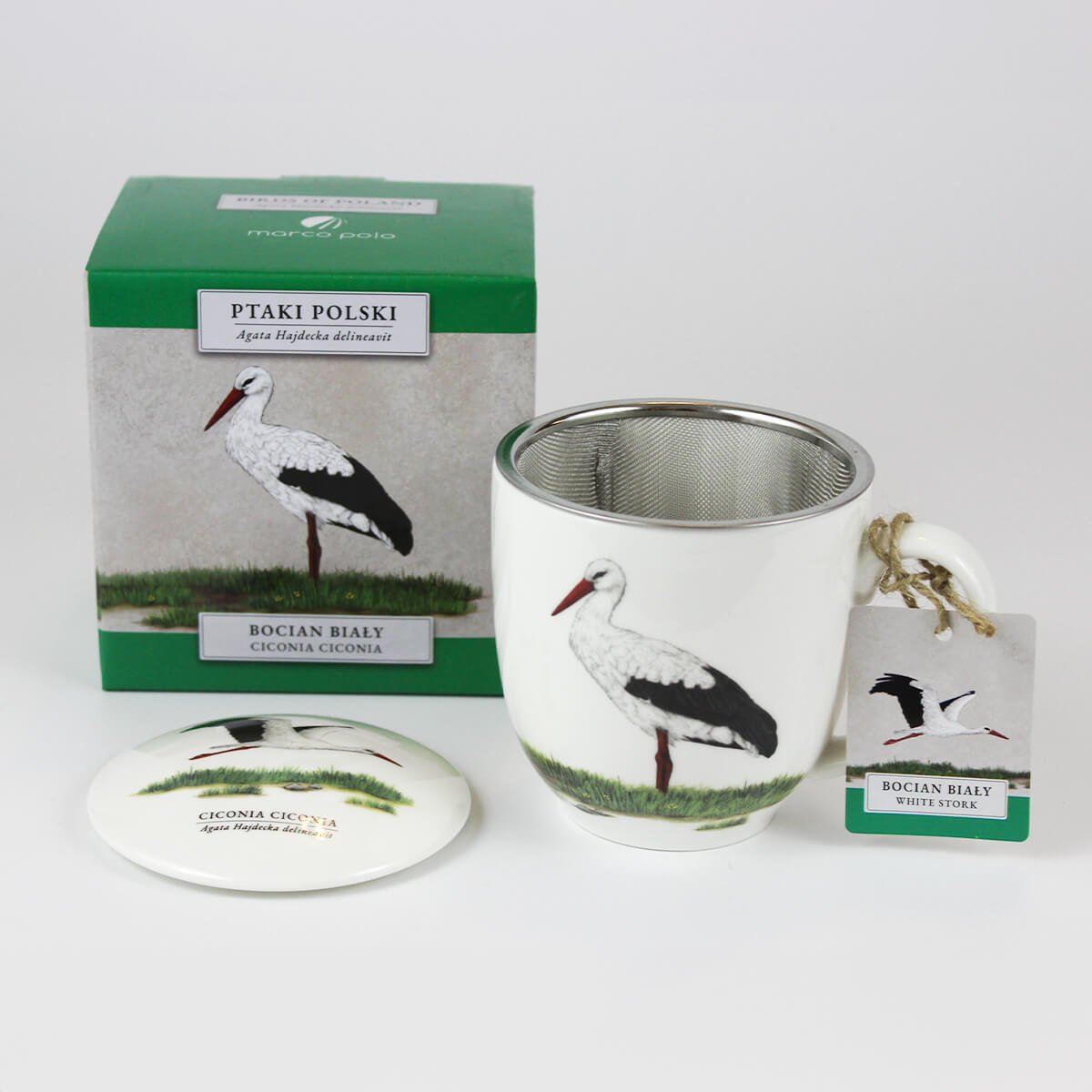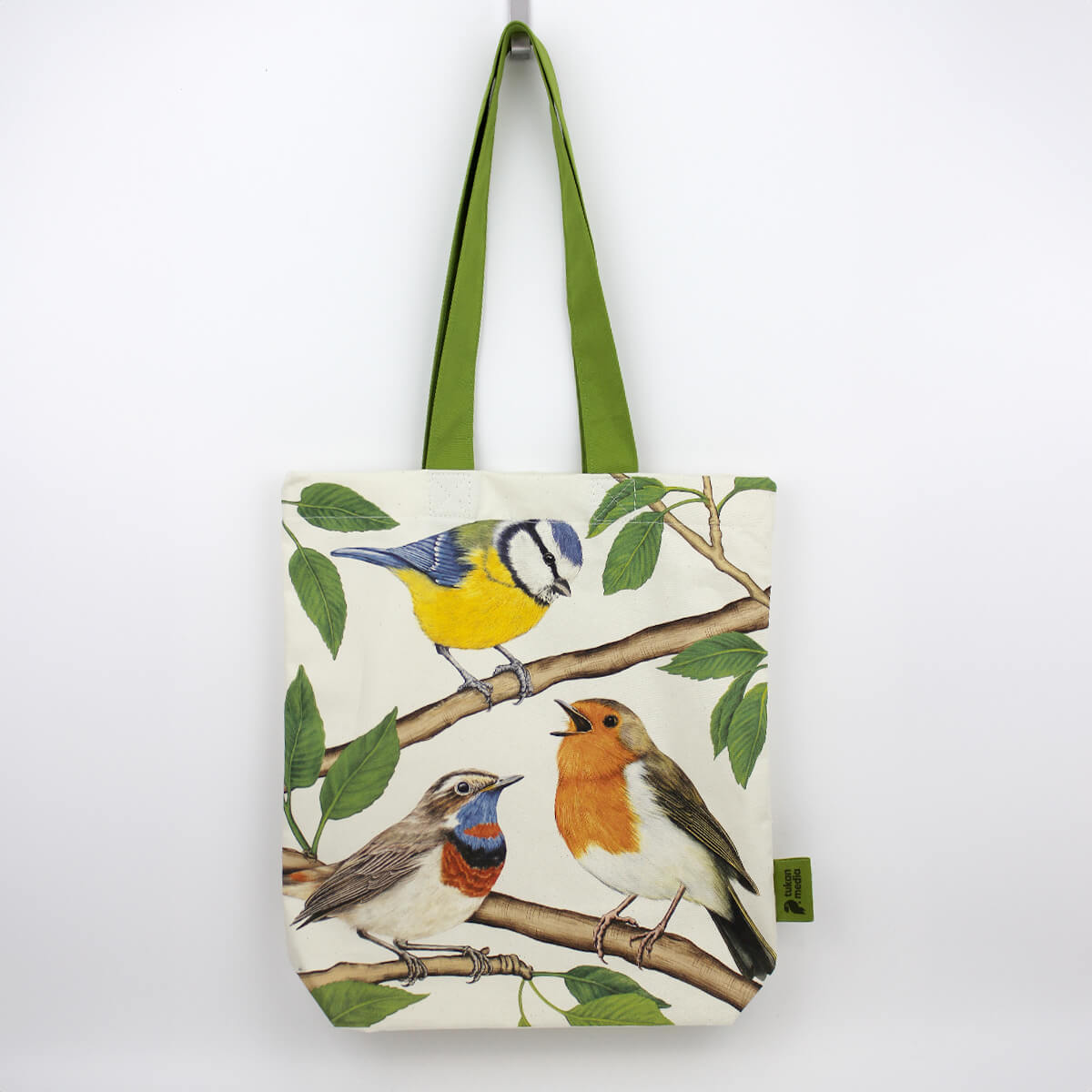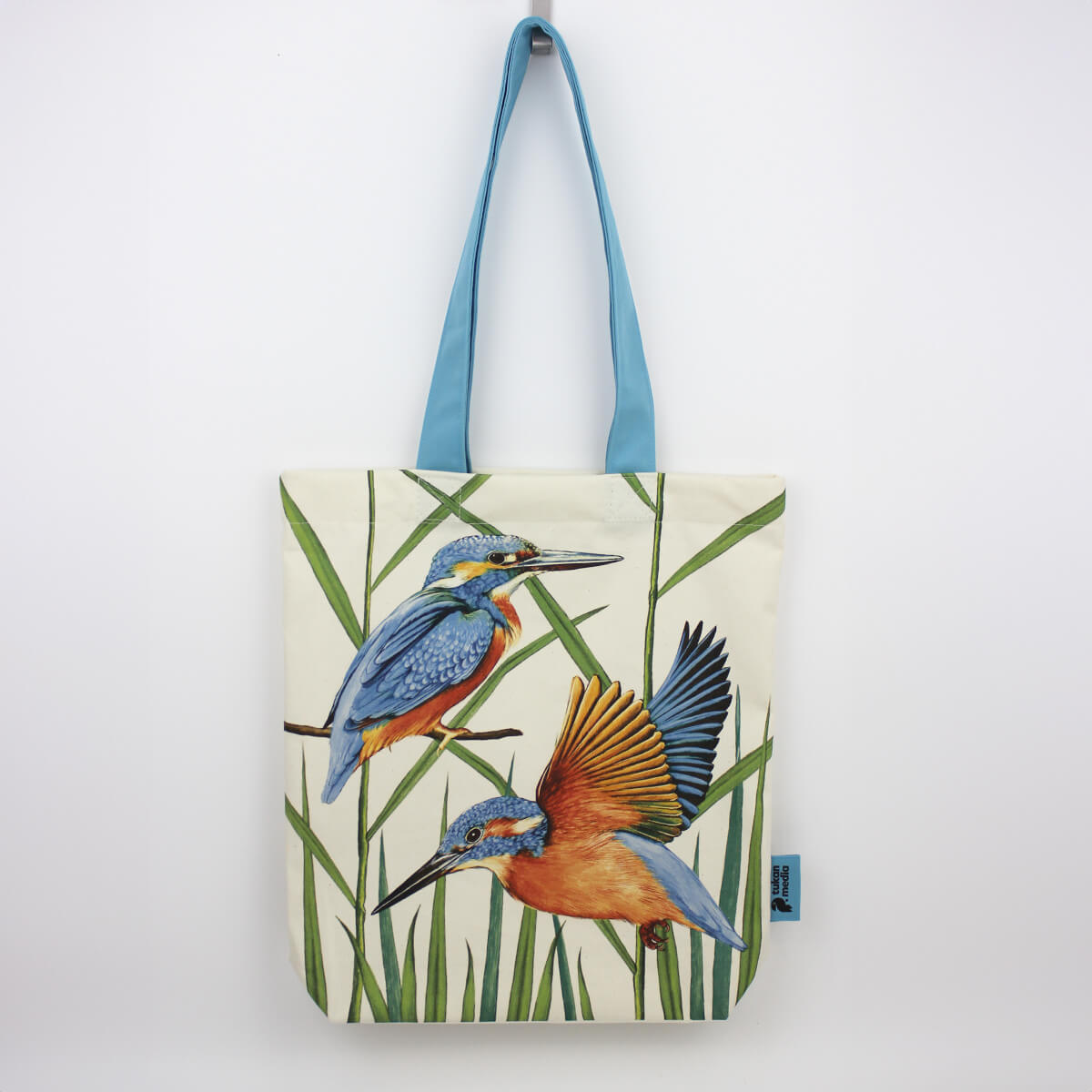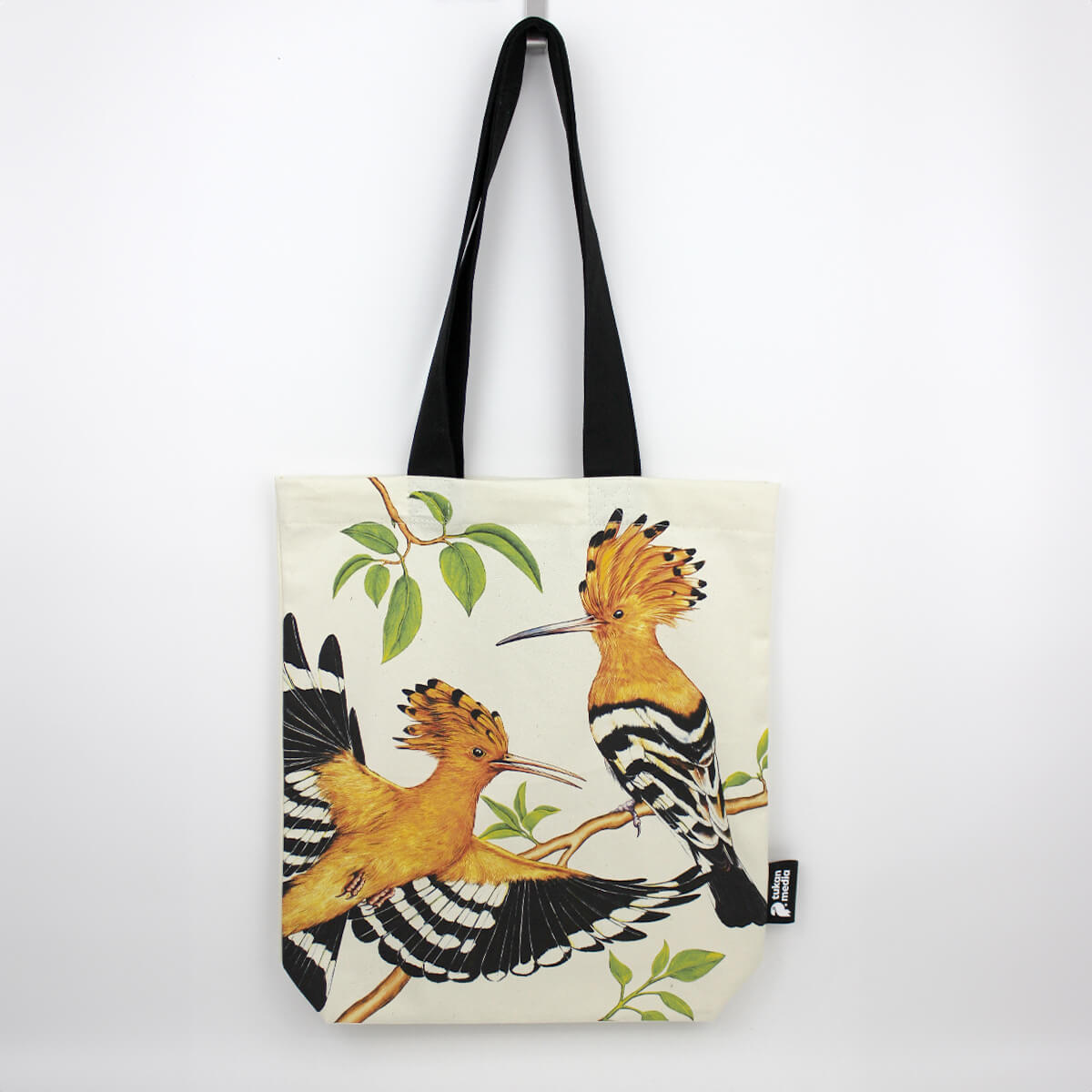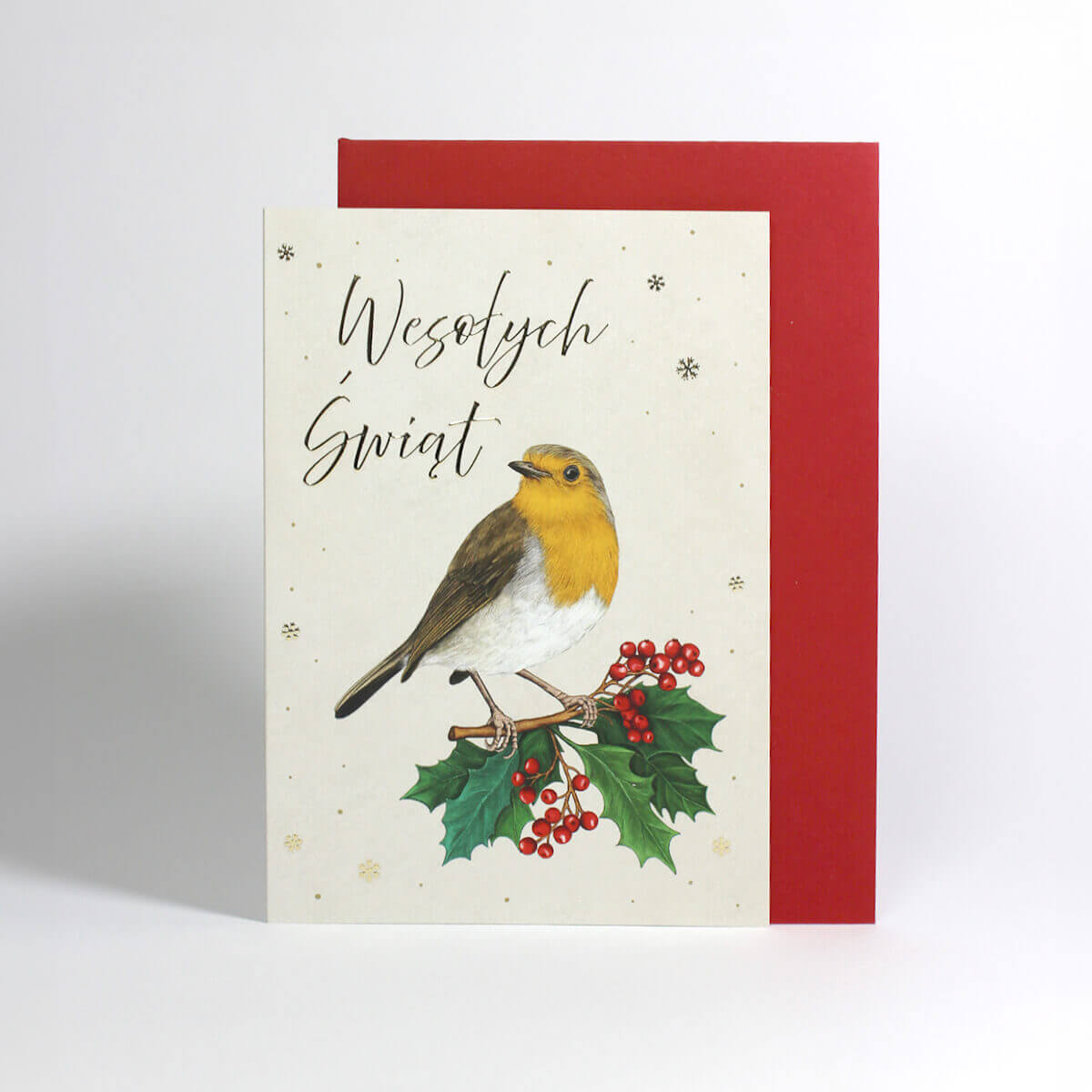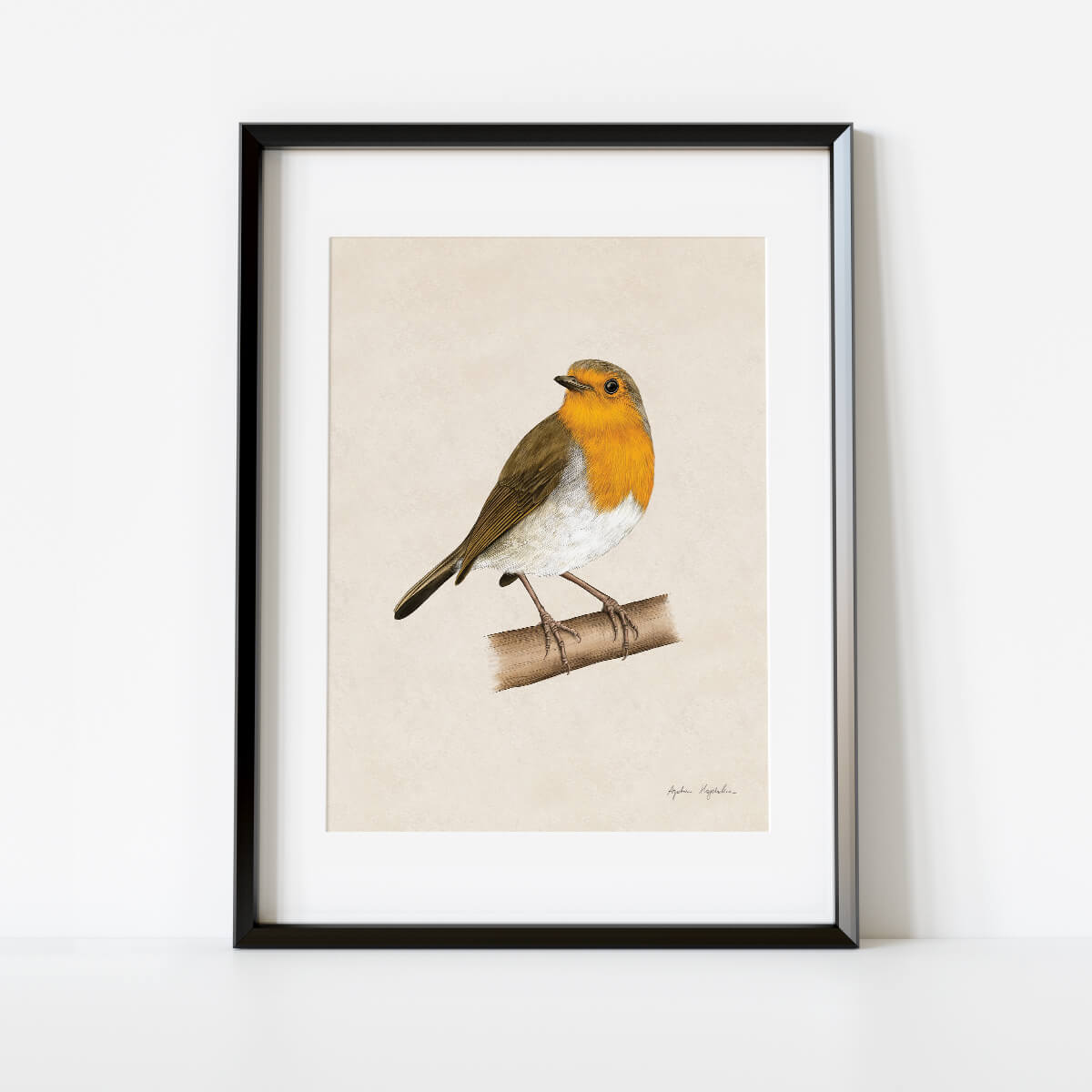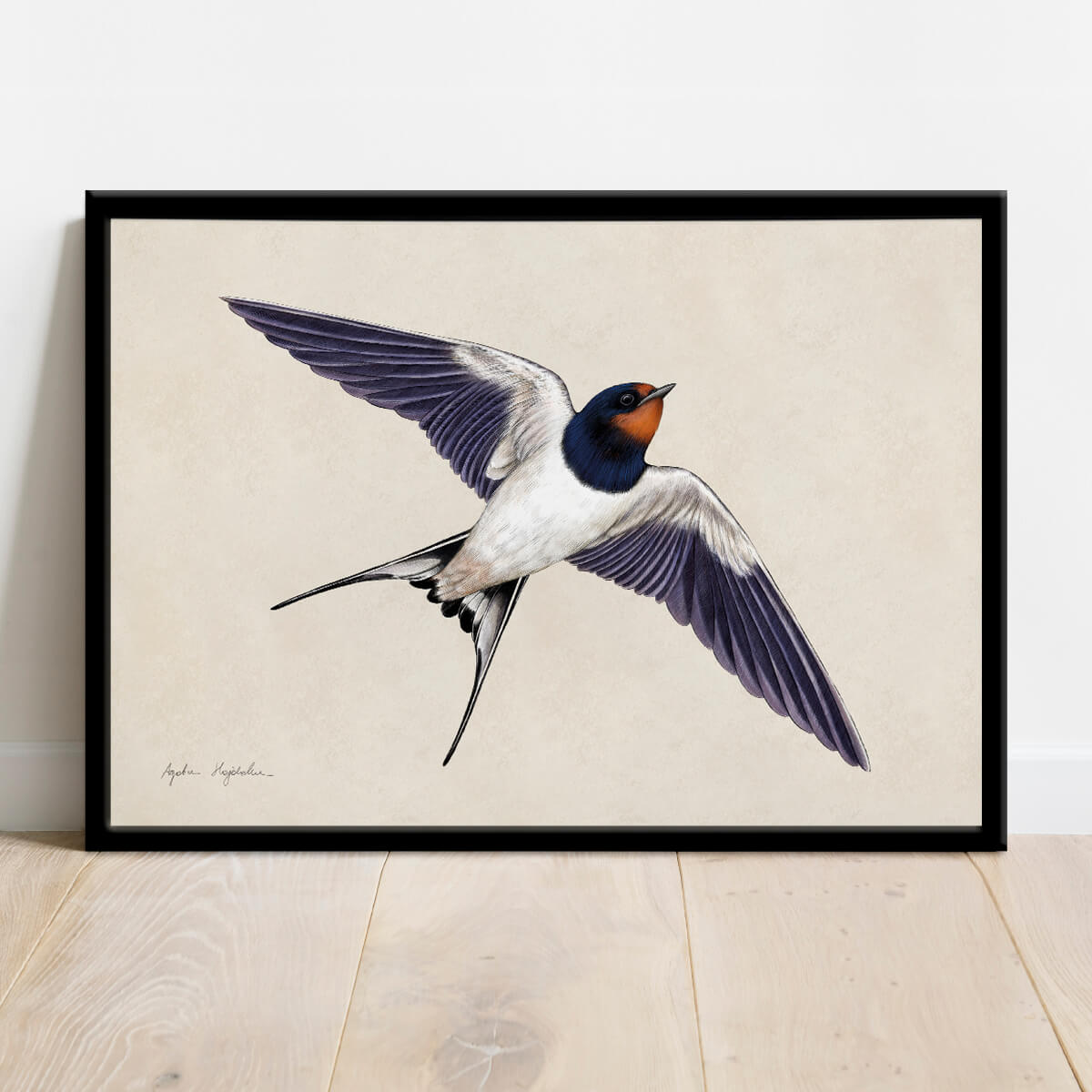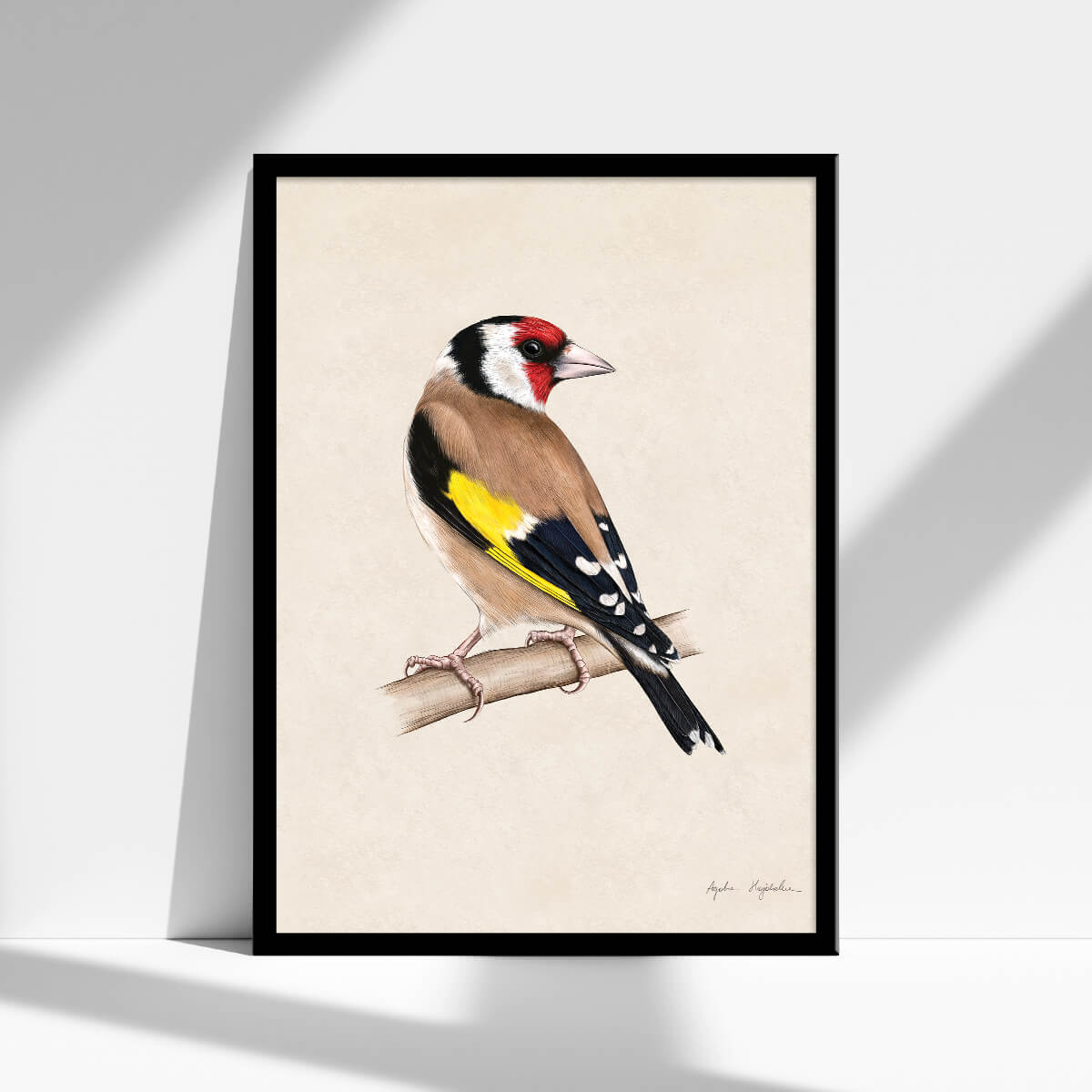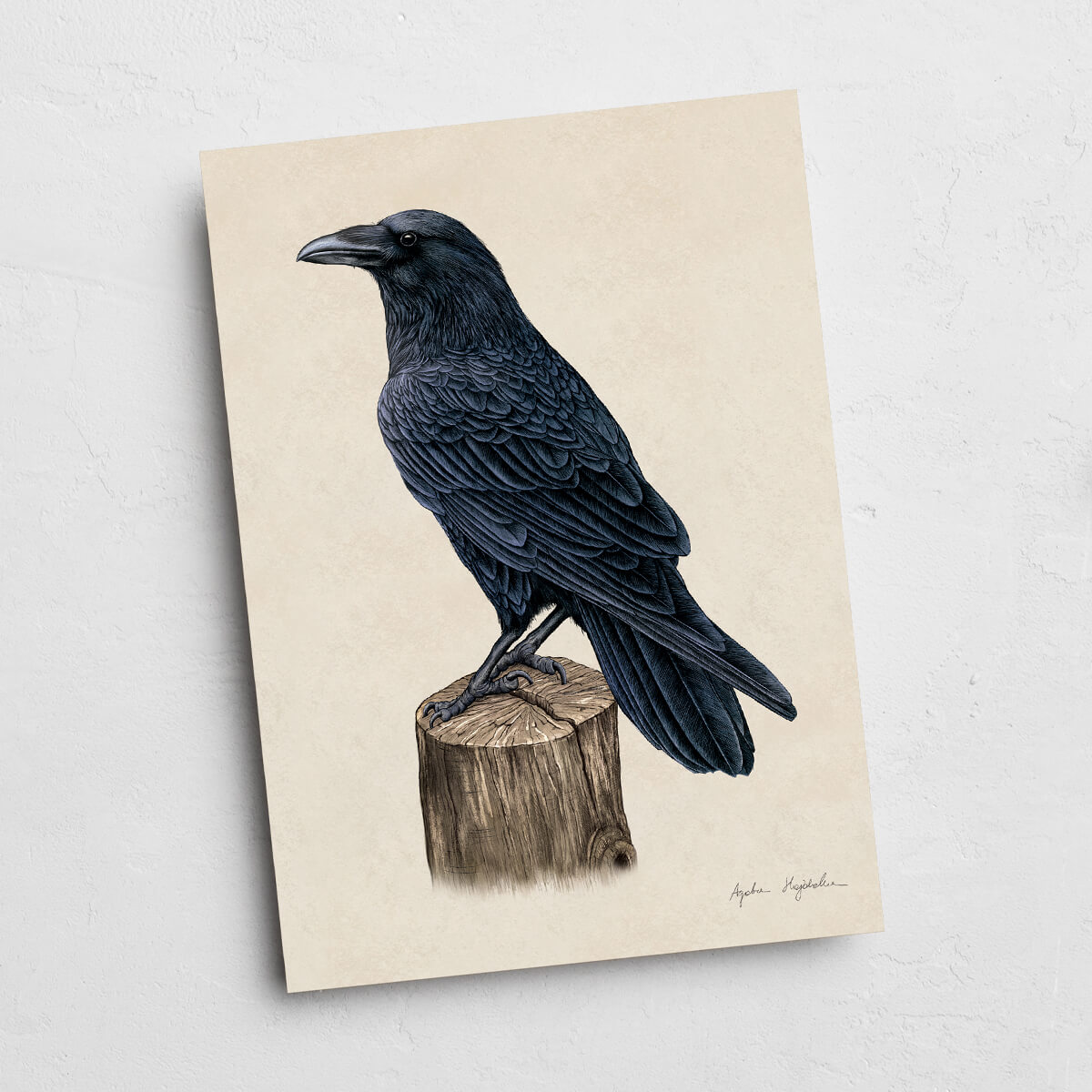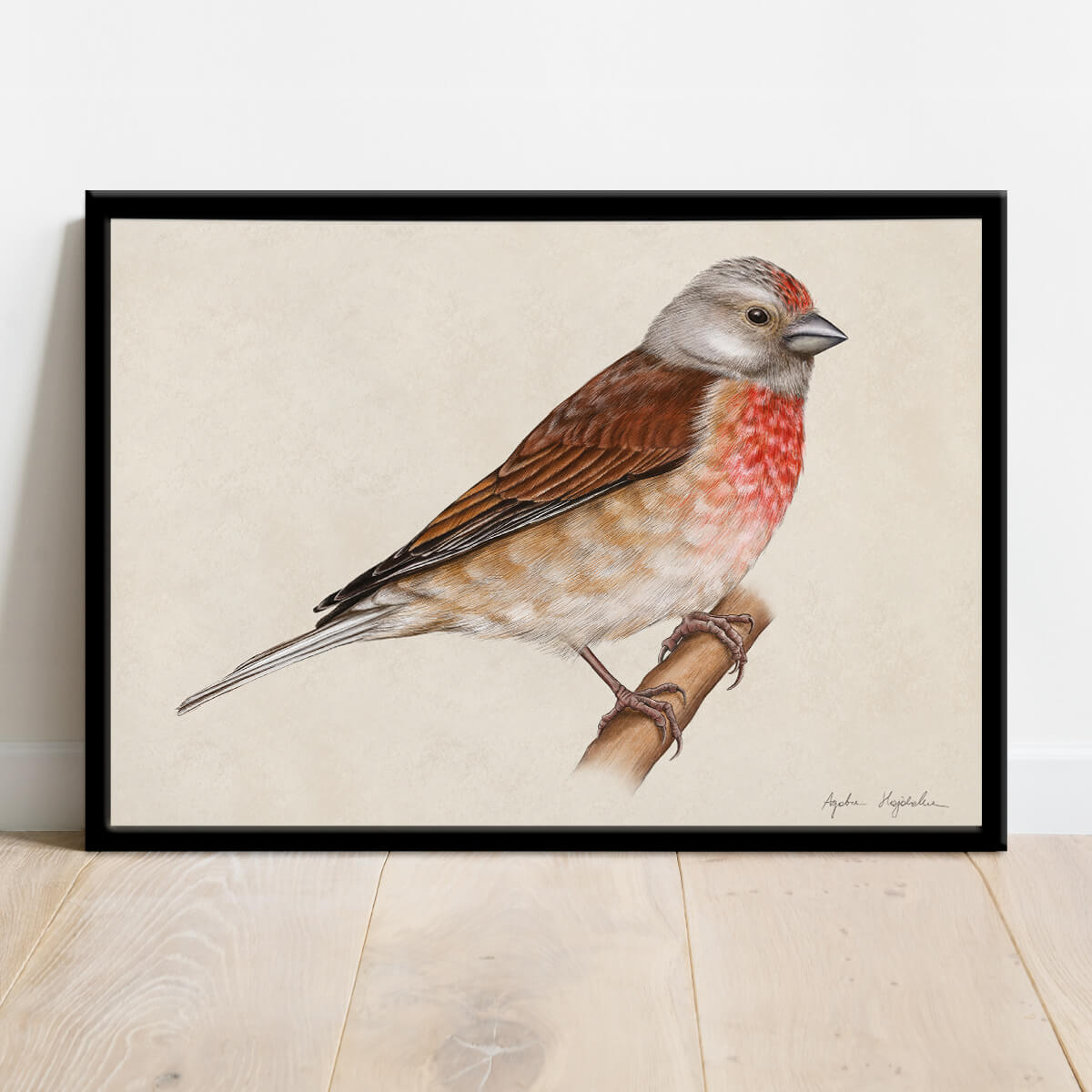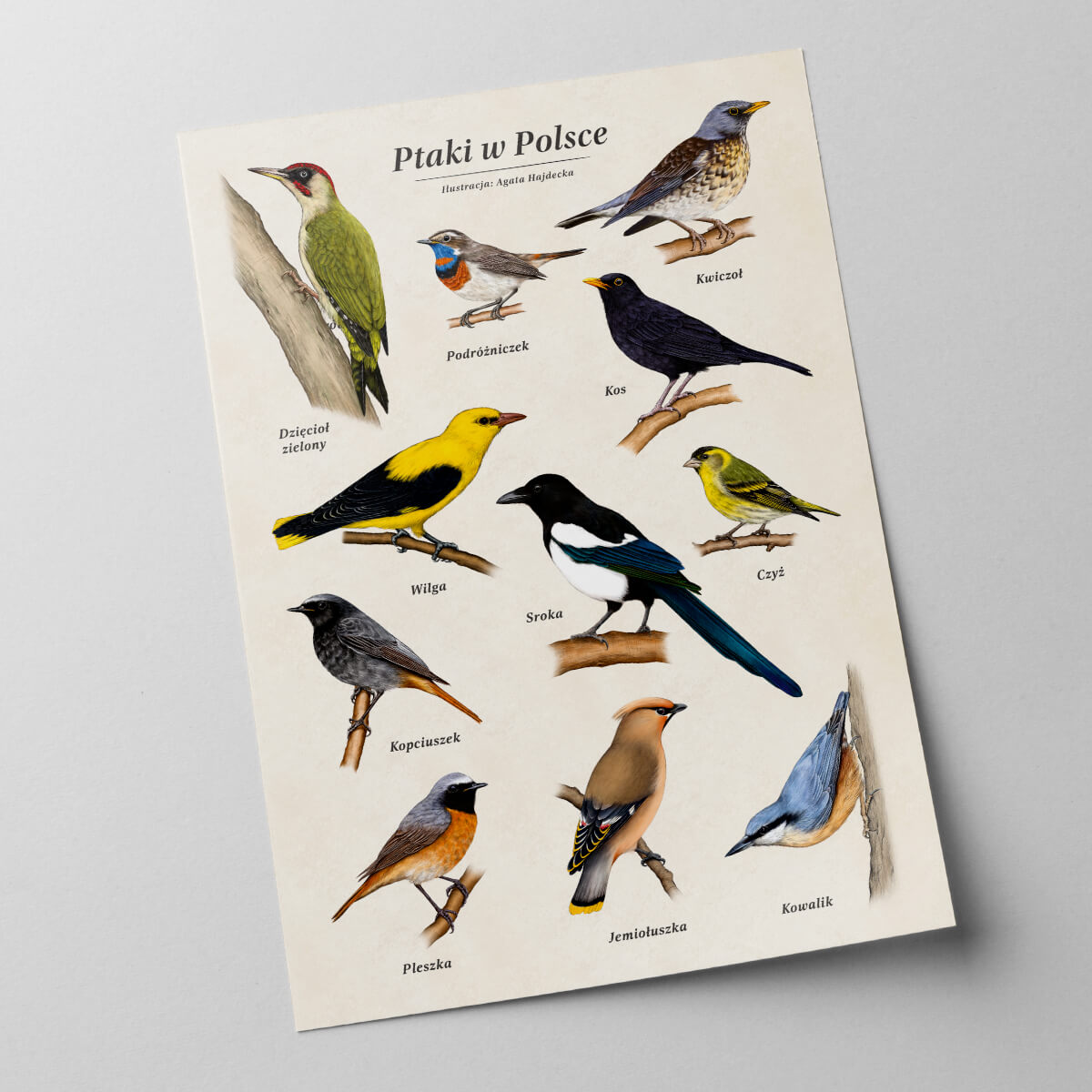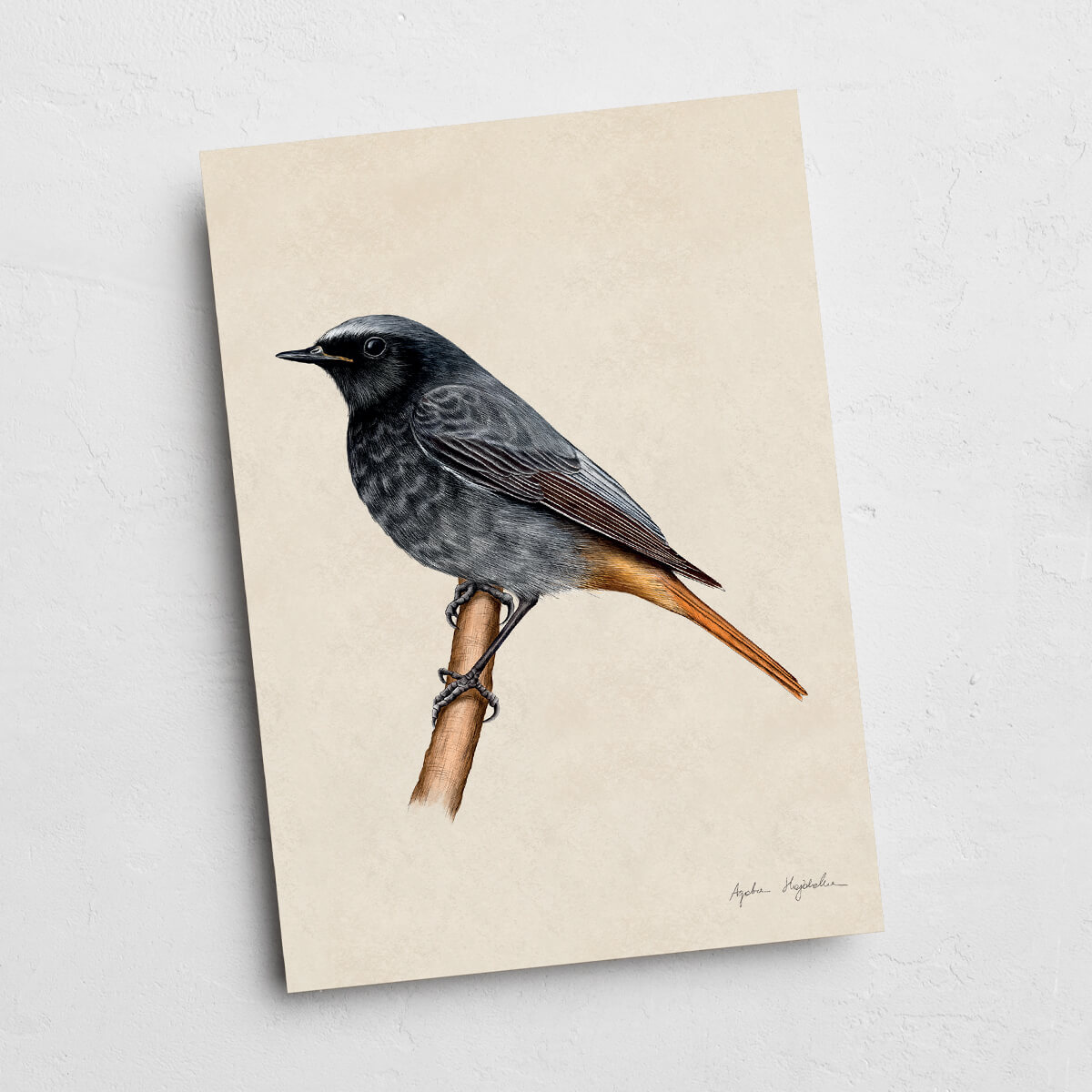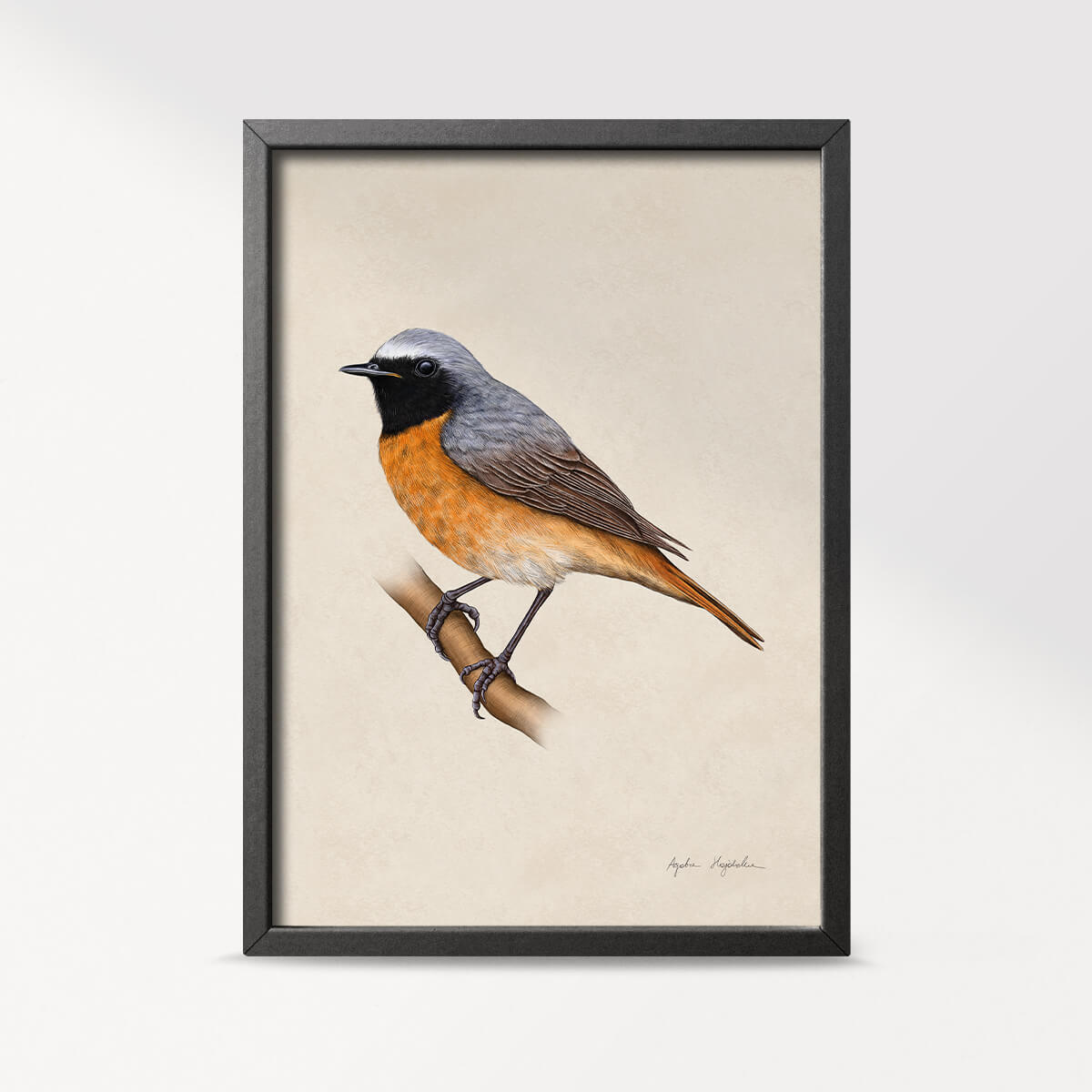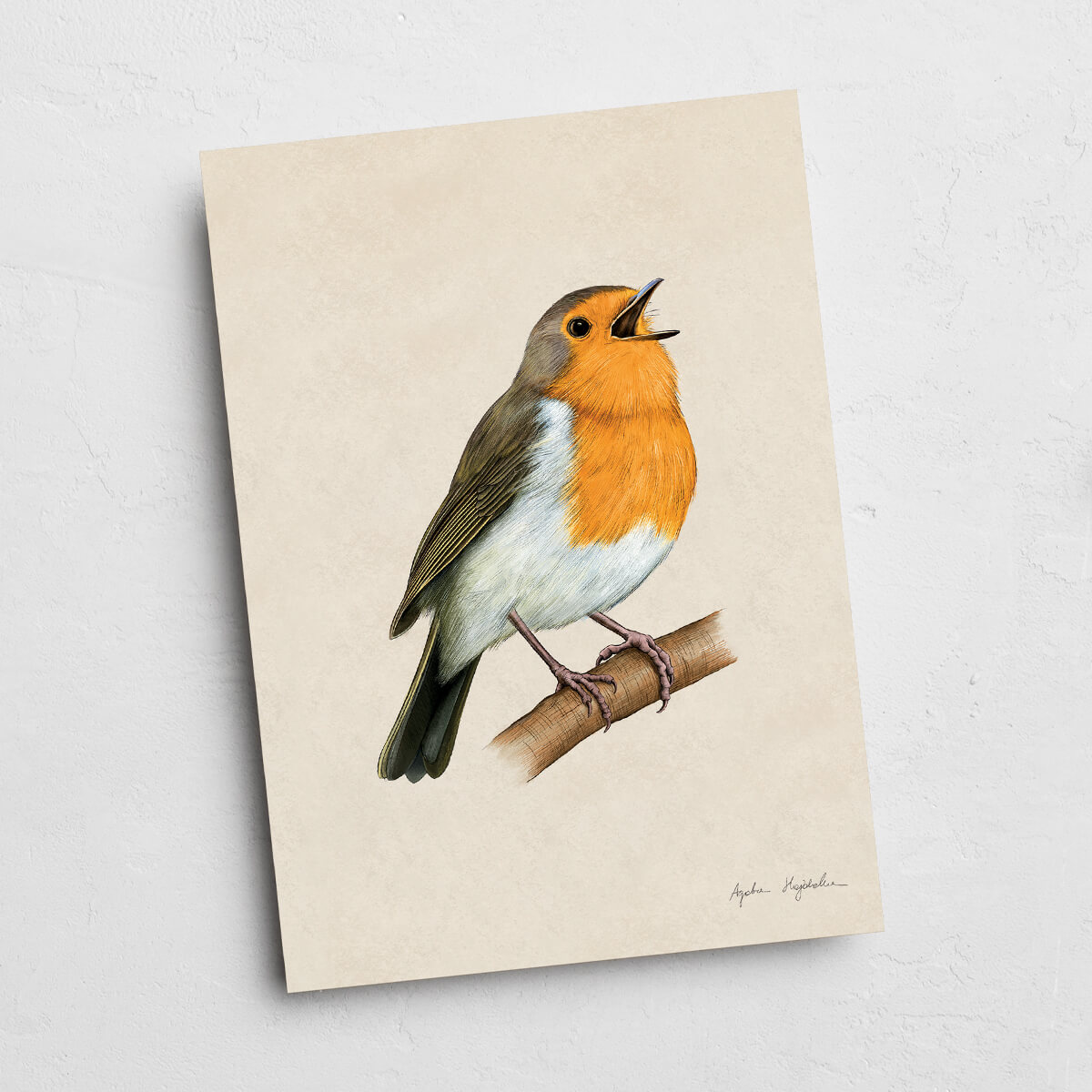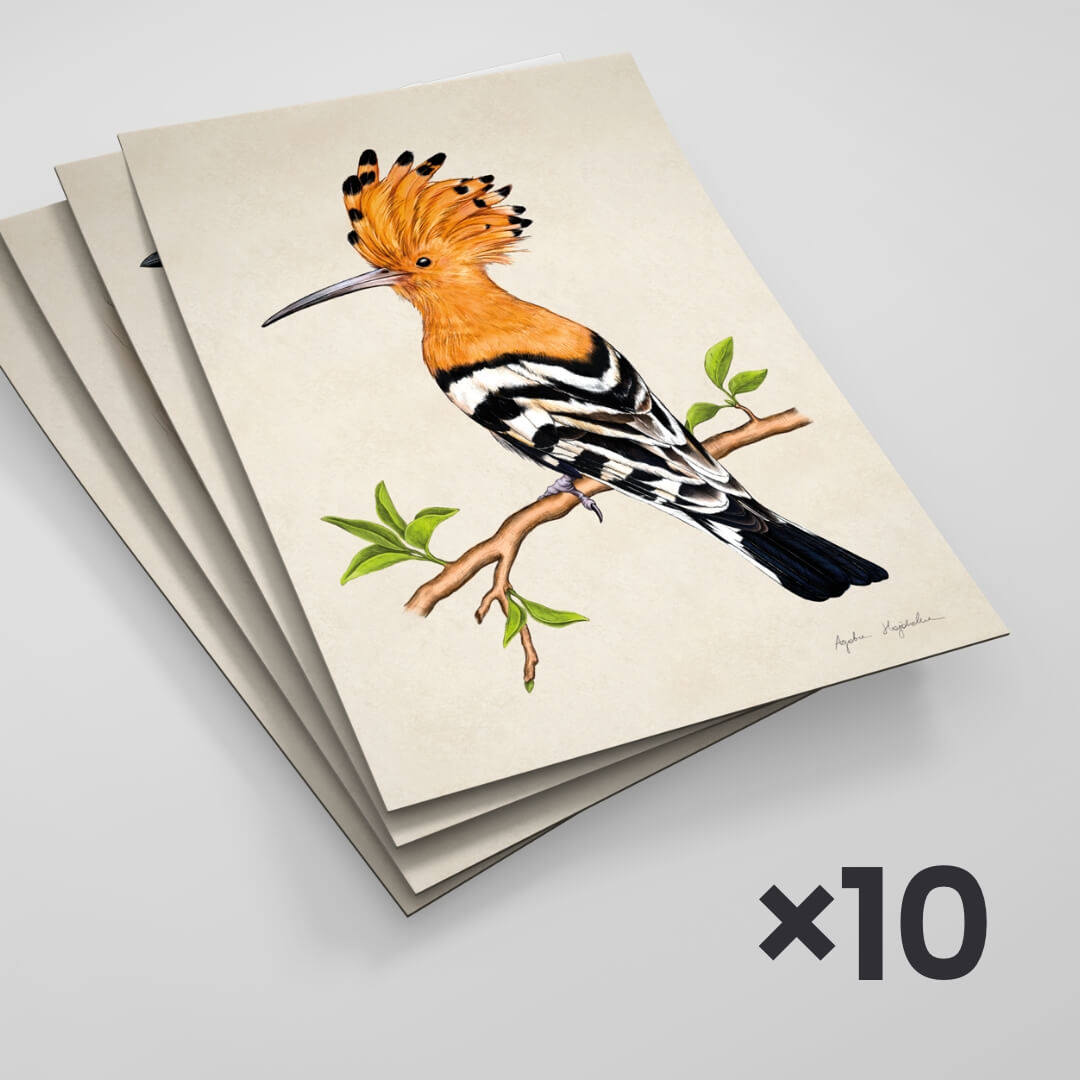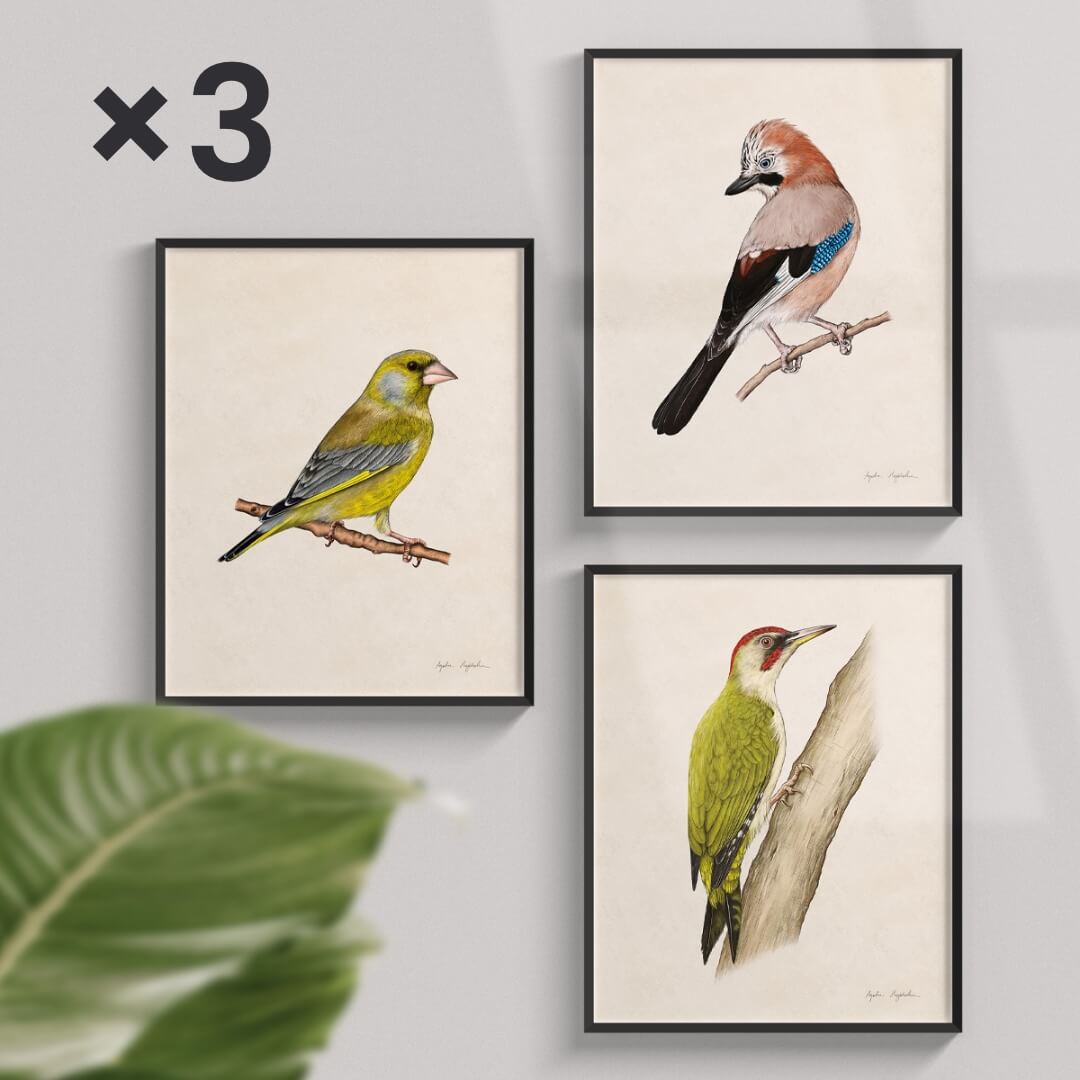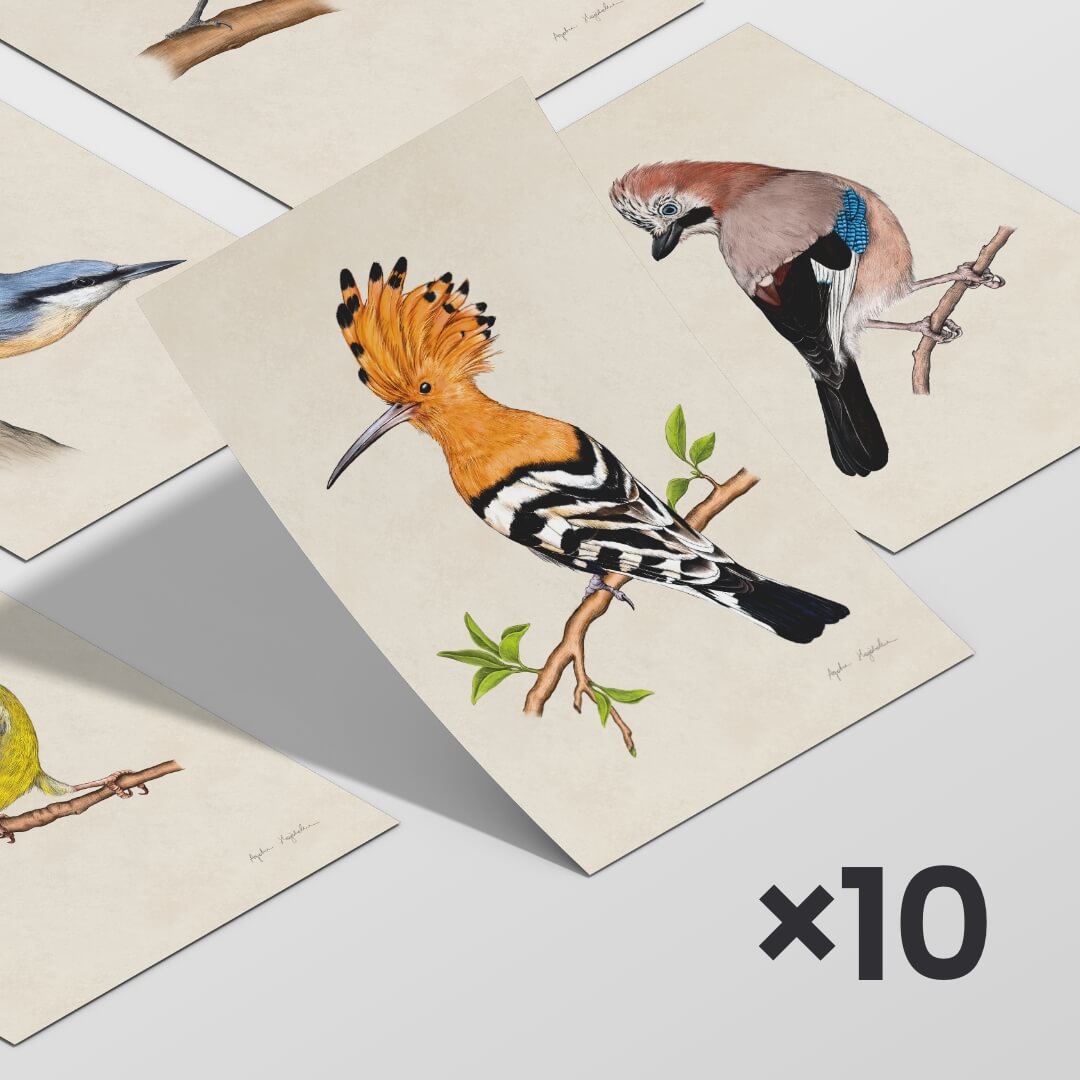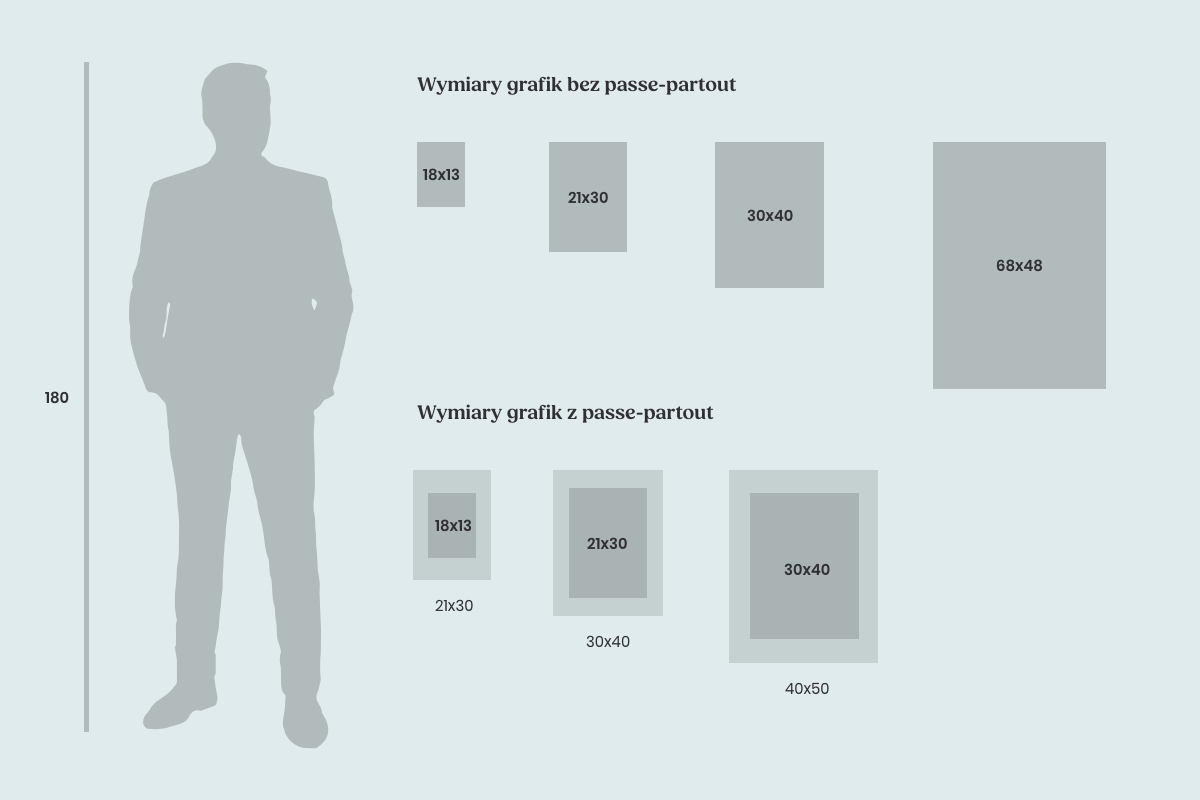- Tukan media
- Explore birds
- Bee-eater
Bee-eater
These remarkably colorful Polish birds are easy to recognize due to their striking plumage and slender silhouette with pointed wings. Their colors are quite exotic, combining shades of brown, yellow, blue, and green, which catch the eye and dazzle in the sunlight. The bee-eater's beak is long and curved downward. The bird moves swiftly and gracefully – in flight, it hunts insects, which it spots from exposed vantage points.
Where can the bee-eater be encountered?
You'll come across these brightly plumaged Polish birds in open, sunny areas – the bee-eater's nesting in Poland mainly occurs in the southeastern part of the country, but this species can be found throughout the area. While its original range was primarily concentrated in southern Europe, in recent years there have been observations of its migration towards the north. As migratory birds in Poland, bee-eaters appear around May and depart to Africa between August and September.
What does the bee-eater eat and where does it live?
The predominant food in the bee-eater's diet consists of large hymenopterans, primarily wasps and bees, which it catches in flight. It can perfectly distinguish between venomous and non-venomous insects. Before consuming venomous insects, it crushes and cuts off their stingers to ensure it won't be harmed by their sting. Bee-eaters establish their nests in burrows dug into the ground, sand, or gravel, which can be up to 2 meters long, with the nest chamber at the end. In this chamber, they lay 6 porcelain-white eggs, which hatch after about 20 days of incubation. The chicks leave the nest after approximately 25 days.
Bee-eater - interesting facts about this colorful resident of our country
- These are protected birds in Poland - listed as near-threatened.
- This species is covered by the Bee-eater Monitoring Program - its goal is to detect breeding locations and observe changes in its population and distribution range.
- The European Bee-eater has many subspecies, but they do not occur in our country.
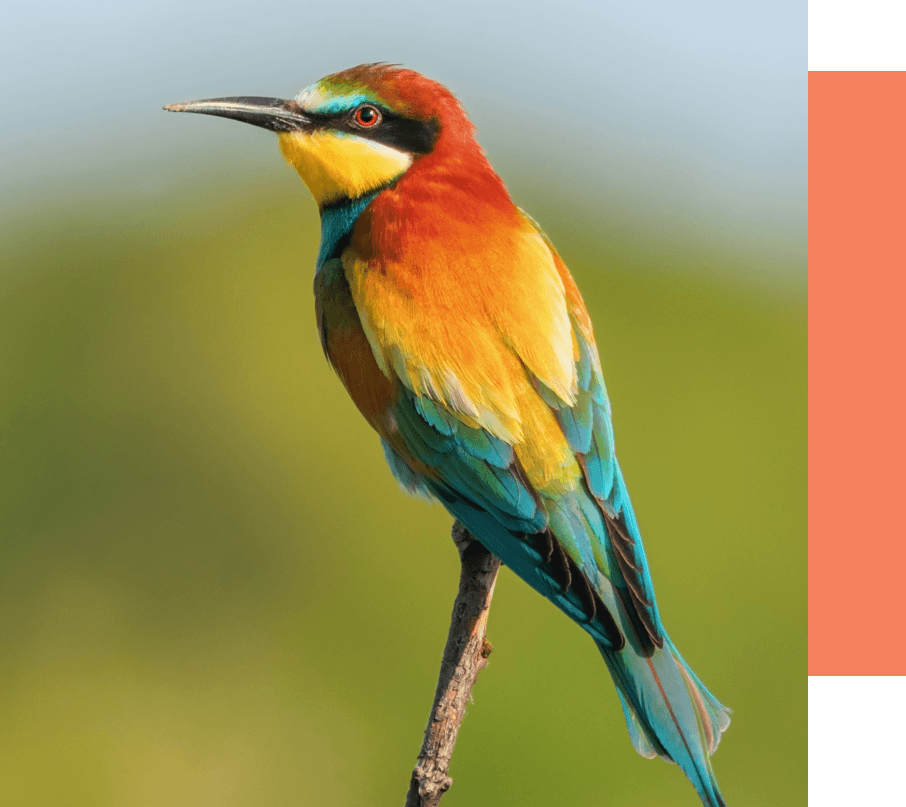
Listen to the voice
Products with the illustration of a bee-eater
Are you enchanted by the striking colors and somewhat exotic appearance of the bee-eater? You can find illustrations with its image, bookmarks, and other bird-related items in my bird-themed collection.
View products with the bee-eater
89.00 zł
267.00 zł 230.00 zł
89.00 zł
20.00 zł – 120.00 zł
120.00 zł – 270.00 zł
5.00 zł
60.00 zł – 120.00 zł
60.00 zł – 120.00 zł
20.00 zł – 120.00 zł
Bee-eater - Additional Information
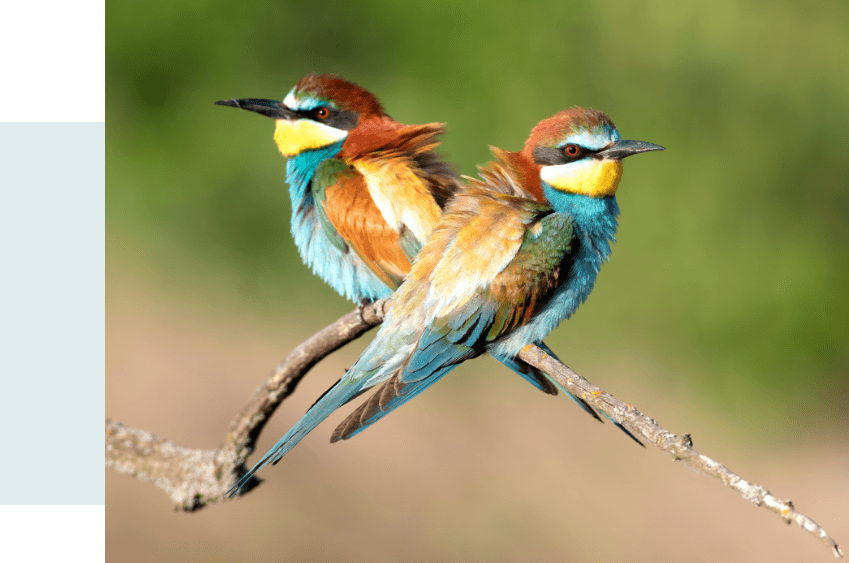
Bee-eater
Merops apiaster
Family
Bee-eaters
Locations of Occurrence
Open, sunny areas abundant in earthy cliffs and slopes
Food
Large insects, mainly bees and wasps, caught in flight
Population
According to data from 2022, the total population of the species was 1724 breeding pairs
Migrations
Migratory, arrival in May, departure in August-September
Breeding
5-6 porcelain-white eggs. Incubation takes about 20 days. The young birds leave the nest after 23-25 days
See other products with birds
89.00 zł
89.00 zł
20.00 zł – 120.00 zł
20.00 zł – 120.00 zł
20.00 zł – 120.00 zł
60.00 zł – 120.00 zł
20.00 zł – 120.00 zł
20.00 zł – 120.00 zł
20.00 zł – 120.00 zł
267.00 zł 230.00 zł
553.00 zł 499.00 zł
400.00 zł 375.00 zł
464.00 zł 439.00 zł
237.00 zł 225.00 zł
150.00 zł 143.00 zł
174.00 zł 165.00 zł
89.00 zł
50.00 zł
50.00 zł
58.00 zł
79.00 zł
79.00 zł
79.00 zł
79.00 zł
79.00 zł
50.00 zł
50.00 zł
50.00 zł
50.00 zł
50.00 zł
89.00 zł
89.00 zł
20.00 zł – 120.00 zł
20.00 zł – 120.00 zł
20.00 zł – 120.00 zł
20.00 zł – 120.00 zł
89.00 zł
20.00 zł – 120.00 zł
20.00 zł – 120.00 zł
60.00 zł – 120.00 zł
20.00 zł – 120.00 zł
20.00 zł – 120.00 zł
20.00 zł – 120.00 zł
600.00 zł 500.00 zł
160.00 zł – 320.00 zł
450.00 zł 400.00 zł
